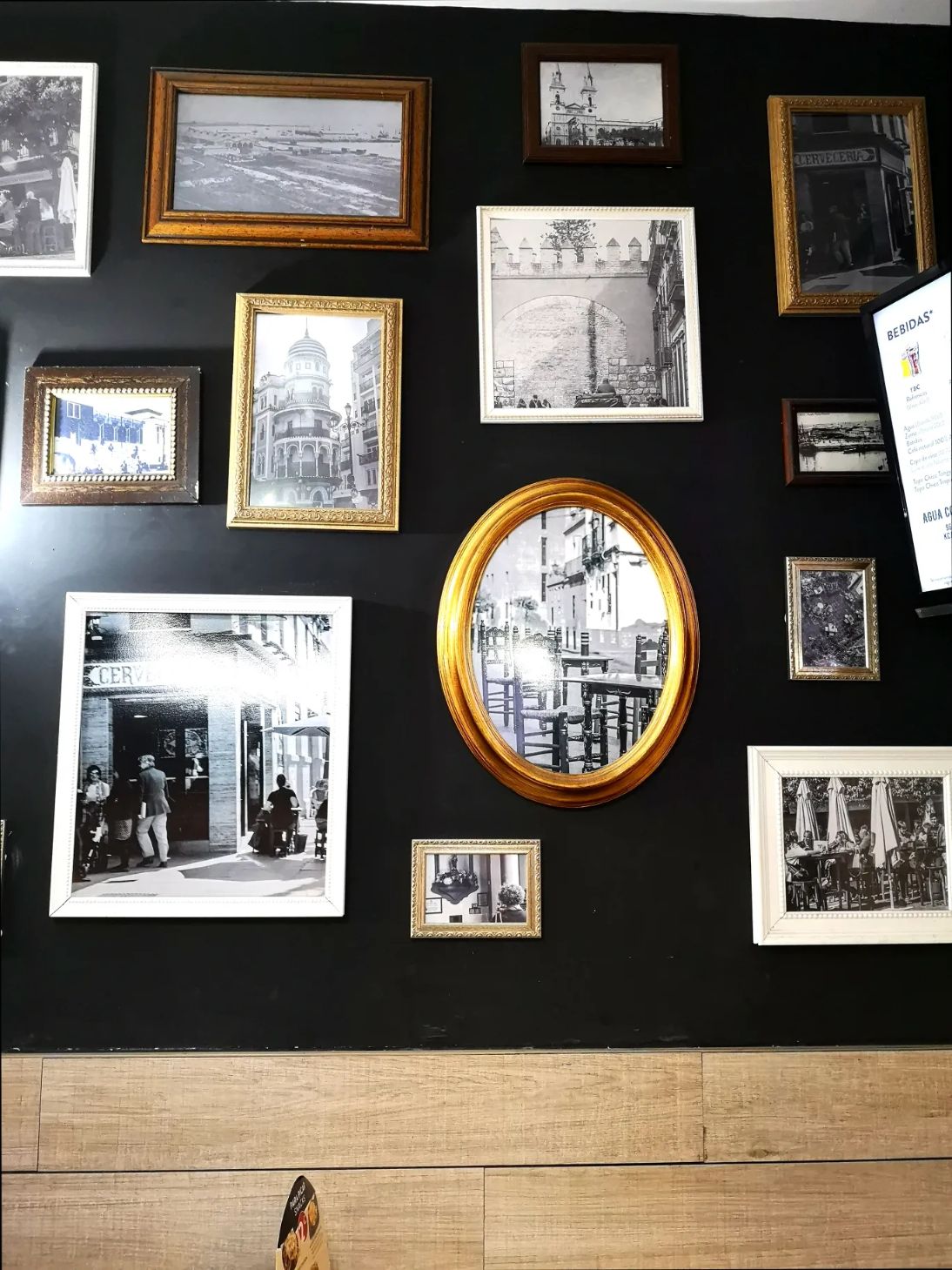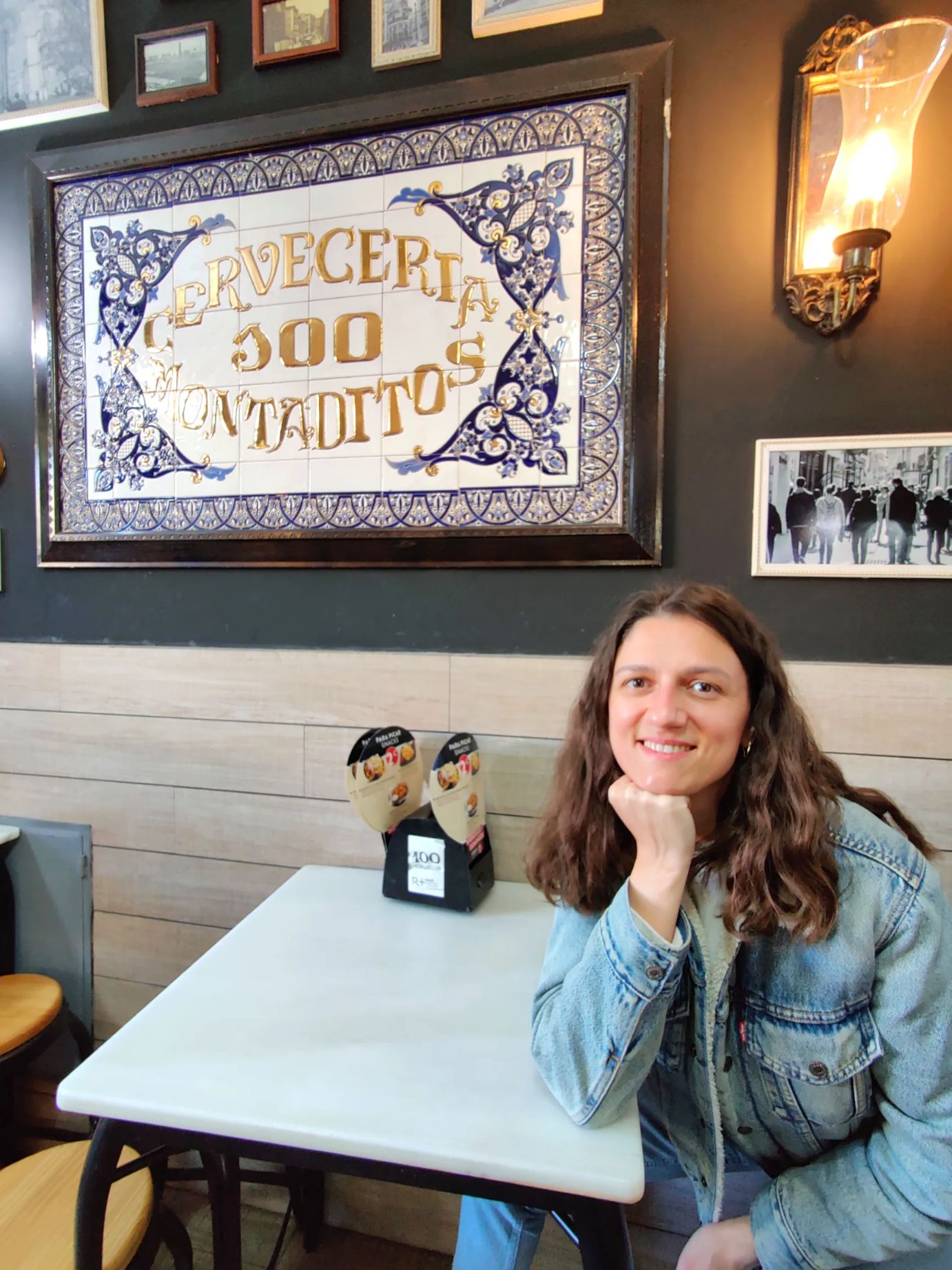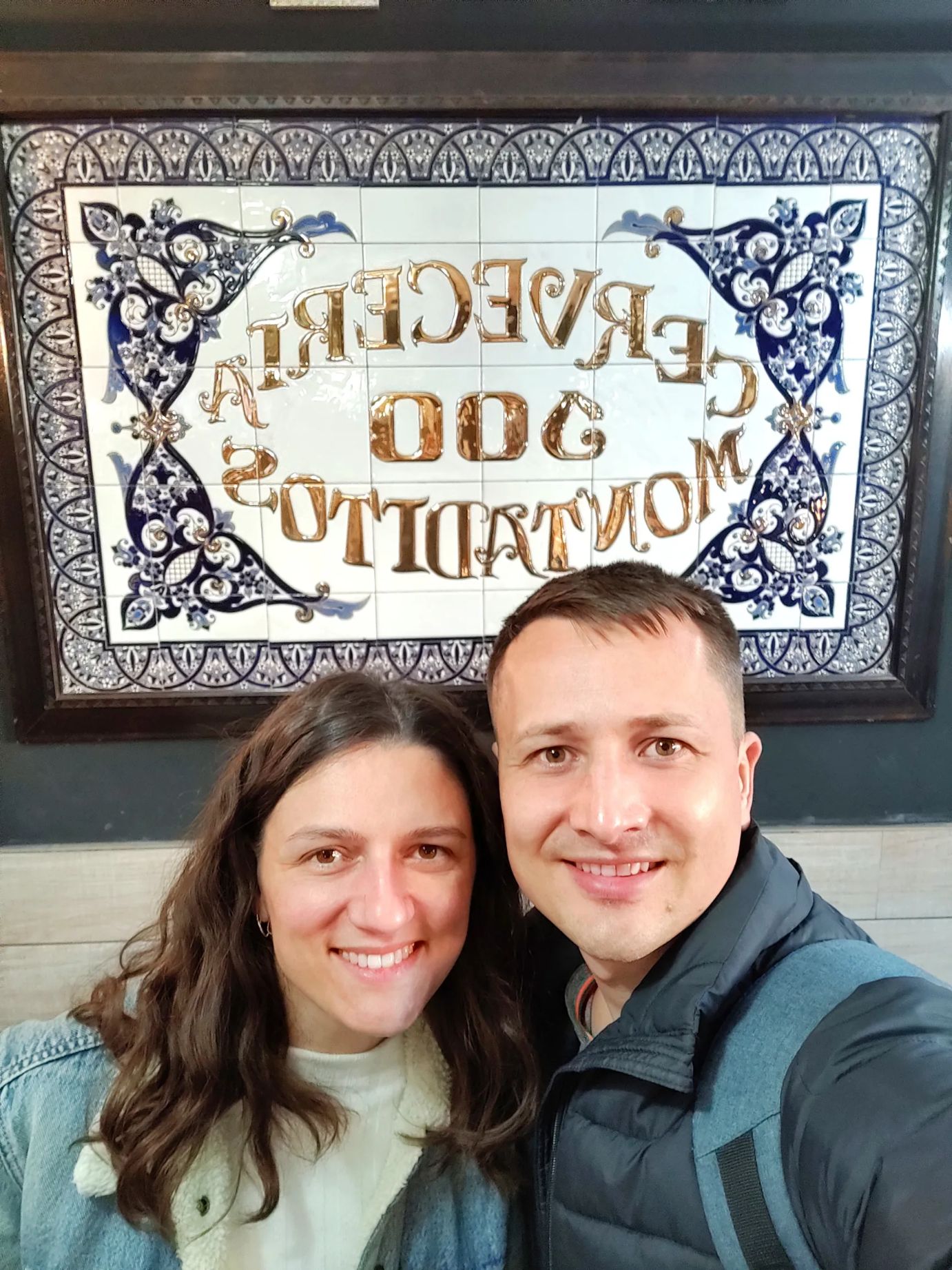Our trip to Madrid, to the capital of Spain was fascinating, vibrant and filled with lots of emotions. I can firmly say that we felt Madrid with all our five senses. Madrid is a city that bursts with intensity: art, culture, food, weather, a mix of new and old that makes you feel the full vibration of the city.
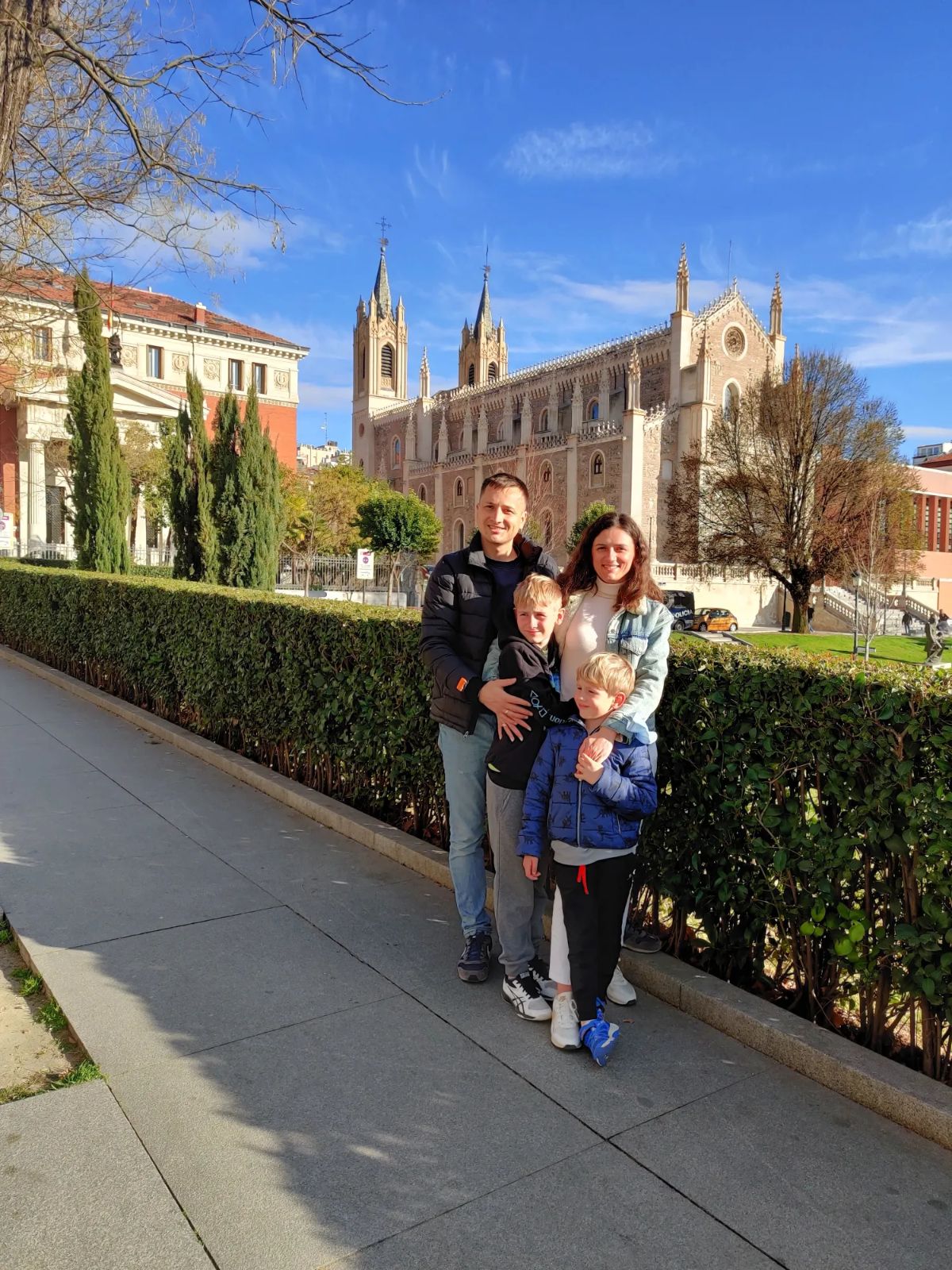
It is a Spanish dream city where everyone wishes to live at least once in their life. If you have been to Barcelona already, then you cannot compare, both are completely different cities.
In this post of our 4 days trip in Madrid you will see with your own eyes how you can fully experience this city that is overflowing with energy.
Below you will see how modern museums stand right next to cathedrals, rushing pedestrians on a very crowded Gran Via street, gleaming skyscrapers and gorgeous Spanish plazas.
If your concern is what to eat in Madrid, know that restaurants in Madrid are considered quality and diverse, and there is a wide range of food markets in Madrid that are considered an experience for every tourist. And I will share with you one of the most delicious tapas places, close by the Royal Palace.
How to get there?
There are plenty of ways to get to Madrid, and obviously the main question is where are you coming from.
By plane – If you are coming from abroad, then a plane is the best way for you to come. If you come to the city centre you can take either taxi, metro or Airport Express bus. Taxi is the most comfortable way to come, but be prepared that it costs significantly more than other options. Metro – there is a specific fee for those who come to and from the airport, once you buy a ticket consider paying this fee too. This fee is already included in the tickets that are prepared specially for tourists, 1, 2 or 3 days visitor tickets. Airport Express bus – runs for 24 hours every day of the year.
By train – if you come from the mainland, any other city of Spain, you can obviously choose to come by plane, but also you have plenty of options to come by train. Because Madrid is the capital of Spain, the train’s connection is done through this main city. In my opinion, this is one of the most pleasant ways to get there from Barcelona, in only 3,5h with a high speed train you are in the city centre of Madrid, Atocha station. Atocha is well connected with the city’s urban transport system, like metro and bus. In our case, we booked Eric Vokel Atocha Suites Apartments, and it is a 10 minutes walk from the Atocha train station. Very convenient for our family.

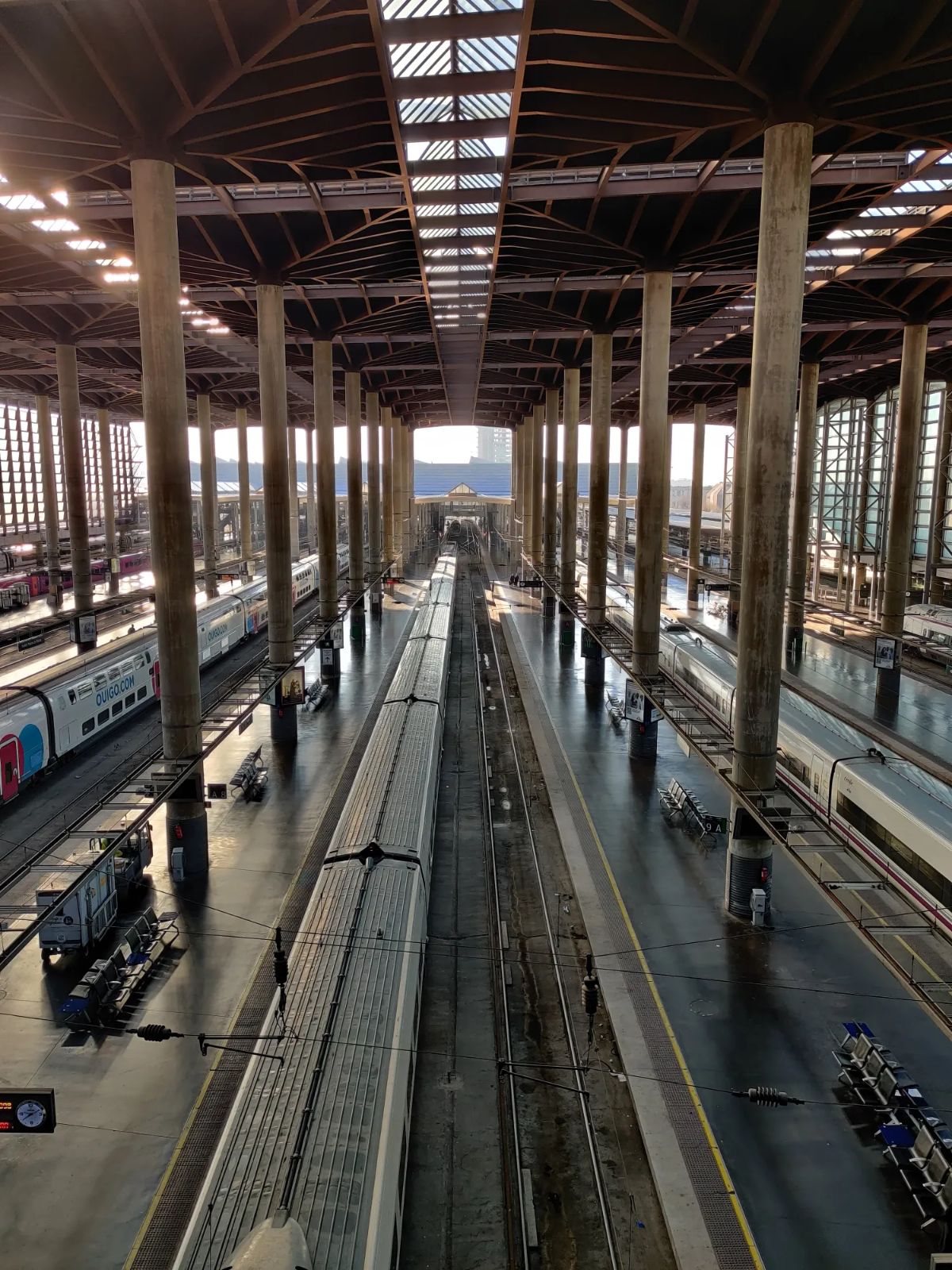
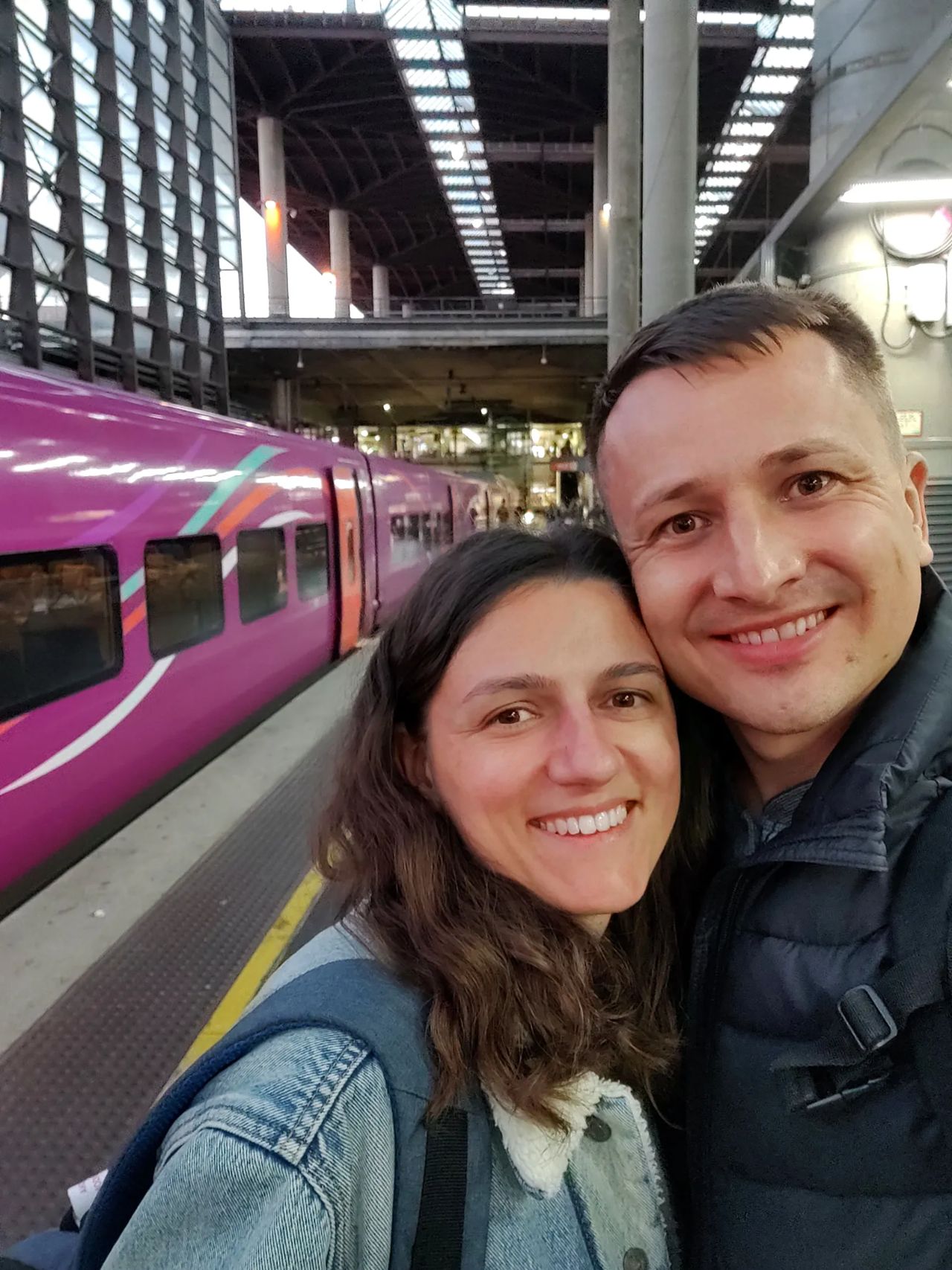
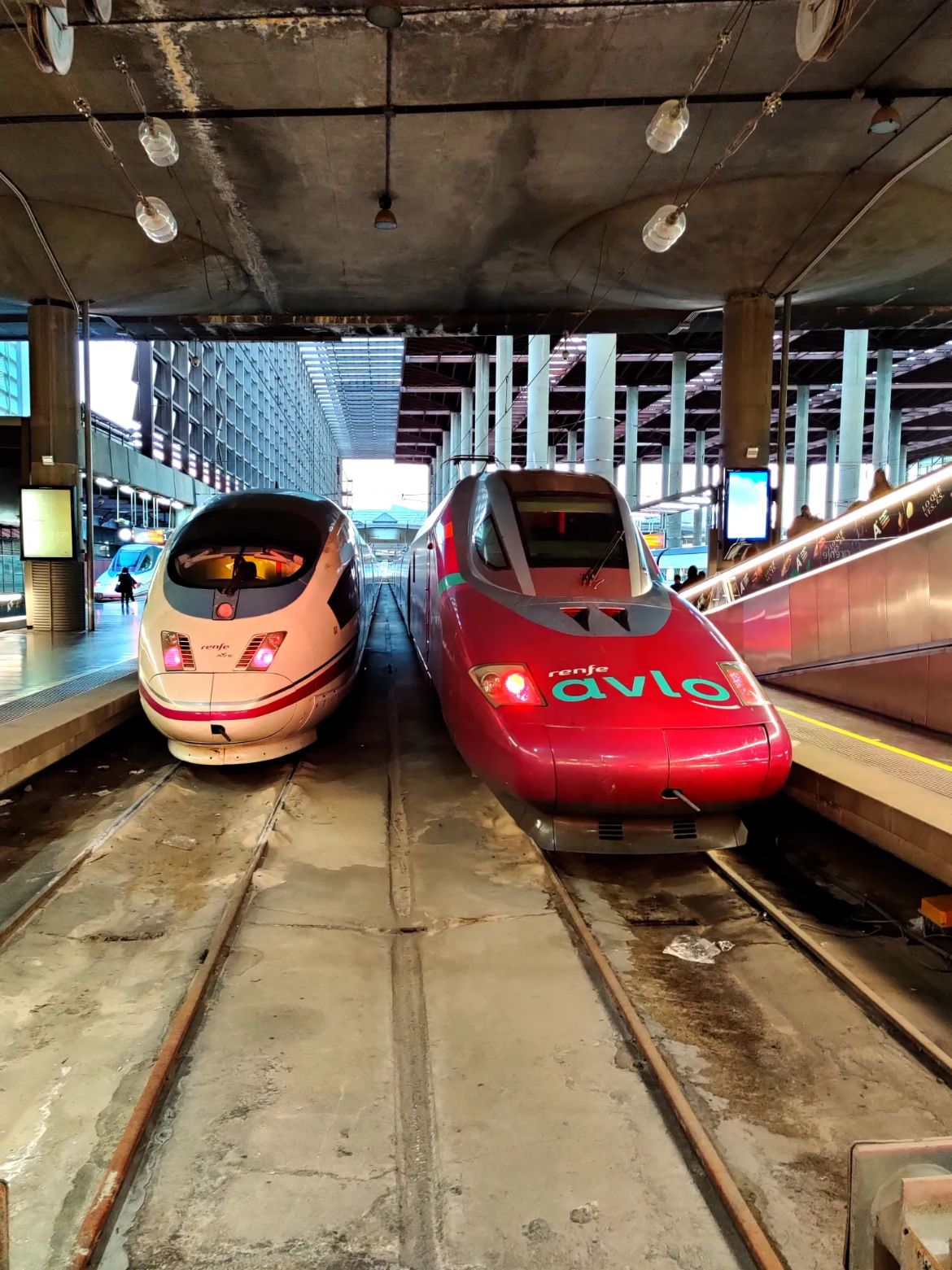
By bus – same as by train, if you come from any city of the Peninsula, there are plenty of options to come, and are not expensive. It takes about 6-8h from Barcelona.
Within these 3 possibilities we choose to come by train, in my opinion it is the best option in terms of being comfortable, less time consuming and perfect for our family with 2 kids. Here to mention, this time in Madrid we went with both pairs of grandparents, so we were 8 people. Not always it is a good option in terms of money, usually train tickets are very expensive, like twice or three times more expensive than a flight trip. But, if it is planned with time, and you get some great deals, it can cost the same or even cheaper than by plane. We took our tickets on the Avlo site.
Where to stay?
As a travel agent, I can share with you lots of information, but I won’t do it. Not because I don’t want to, but because I think you have to look for what suits you the best. Our main priorities in this trip were not only to save money, as usually many travellers have, but also other ones.
Our main priorities were:
- To have some apartments and not a hotel, we wanted to have some dinner time at home, with our parents and to stay more private
- To stay close to Atocha train station, we wanted to avoid taking the metro. We are 8 people, and it is a mess to look for all 8 people to get in and out of the metro
- Not too expensive
- Comfortable place to sleep
- That we can go walking to the main tourist attraction points ( we took a hop on hop off bus, but still we were on ease to walk a lot and to stay close to the city centre)
- A place where has bars and restaurants close by, but also food shops too
In the case of Madrid as any other European city, the more expensive areas will be the heart of the old city – hotels located in or near the squares of Mayor and Puerta del Sol will come with a higher price tag. This does not mean that you will not find affordable hotels in these areas as well, you should invest in a search.
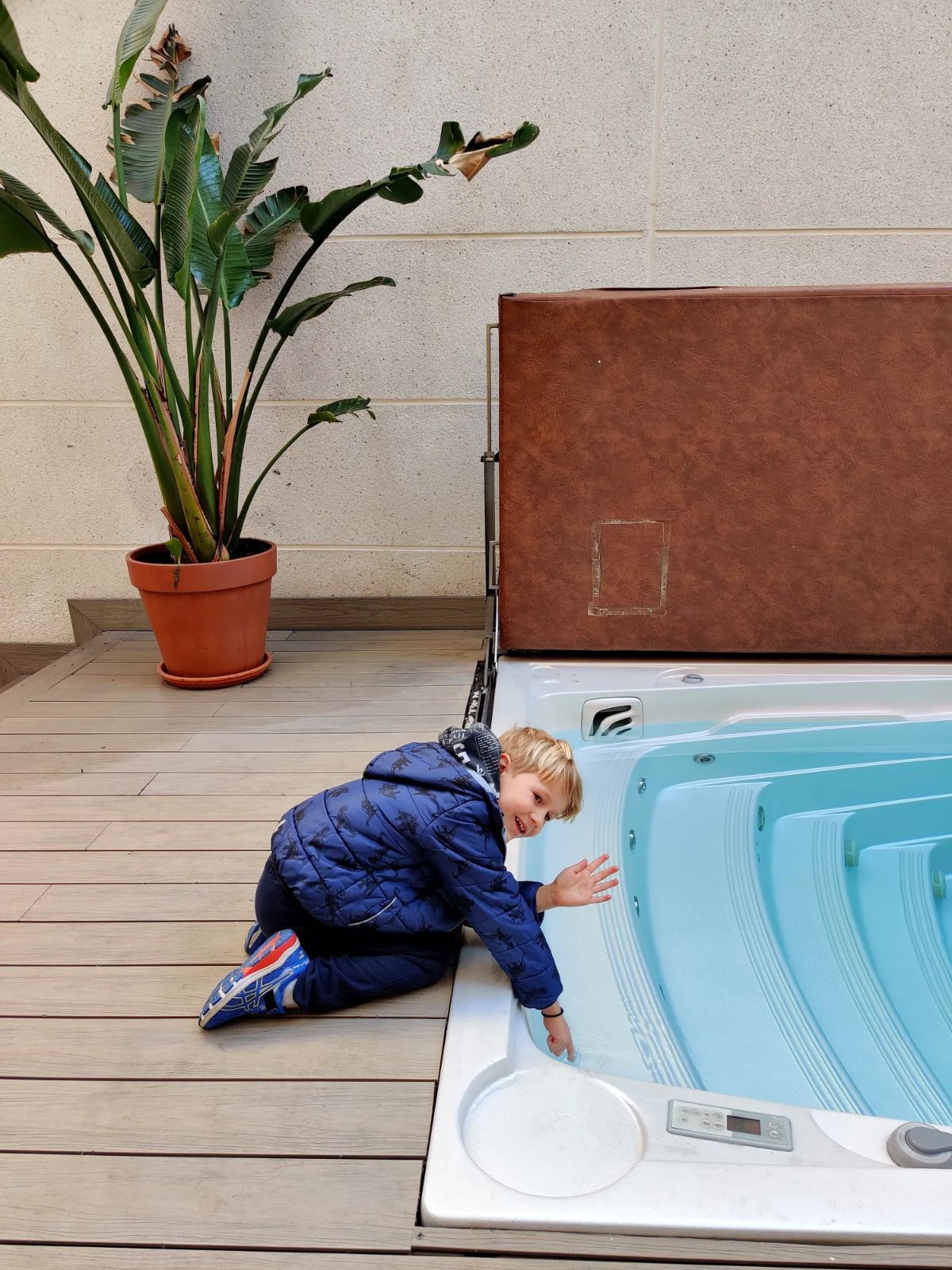
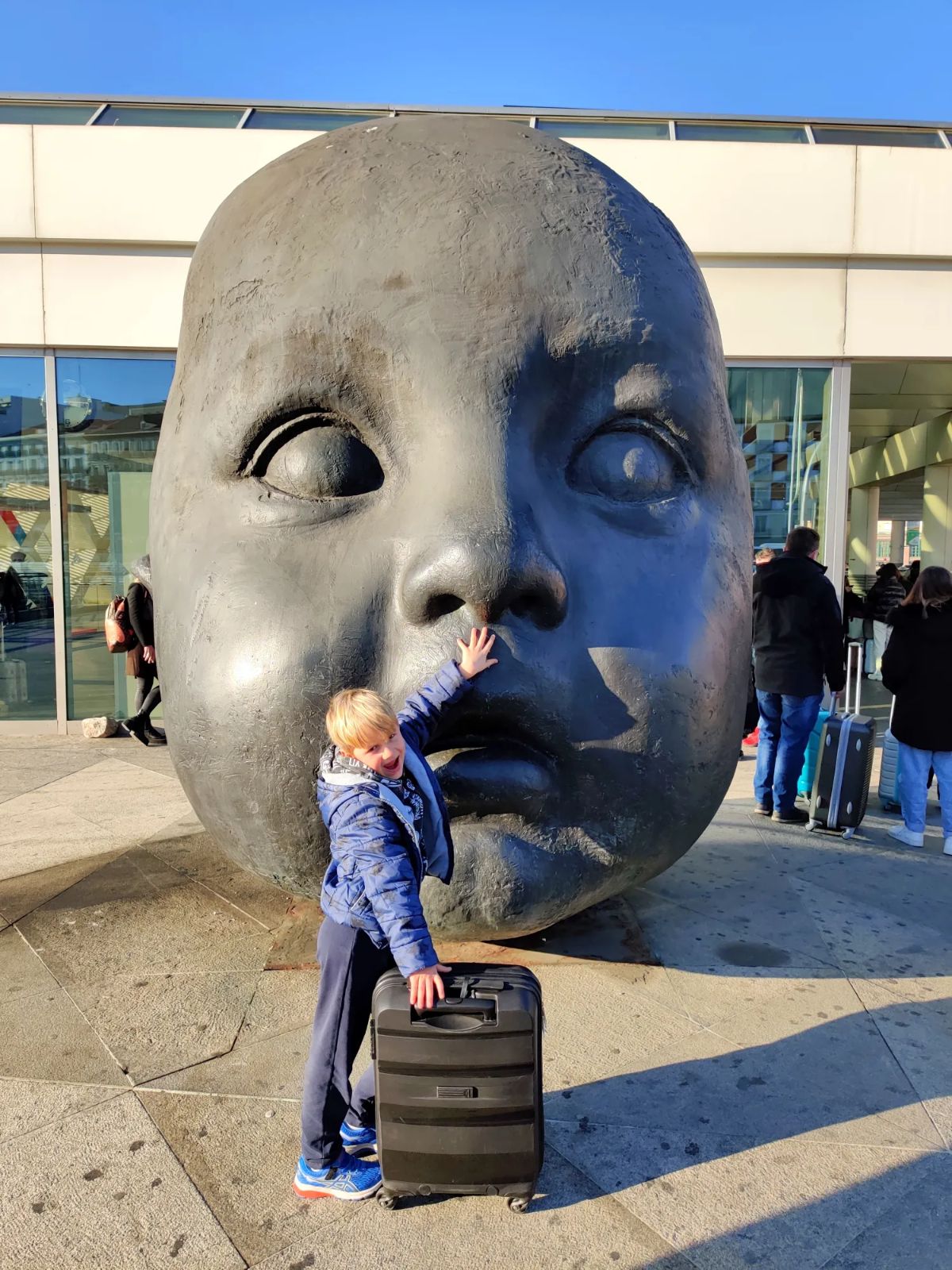
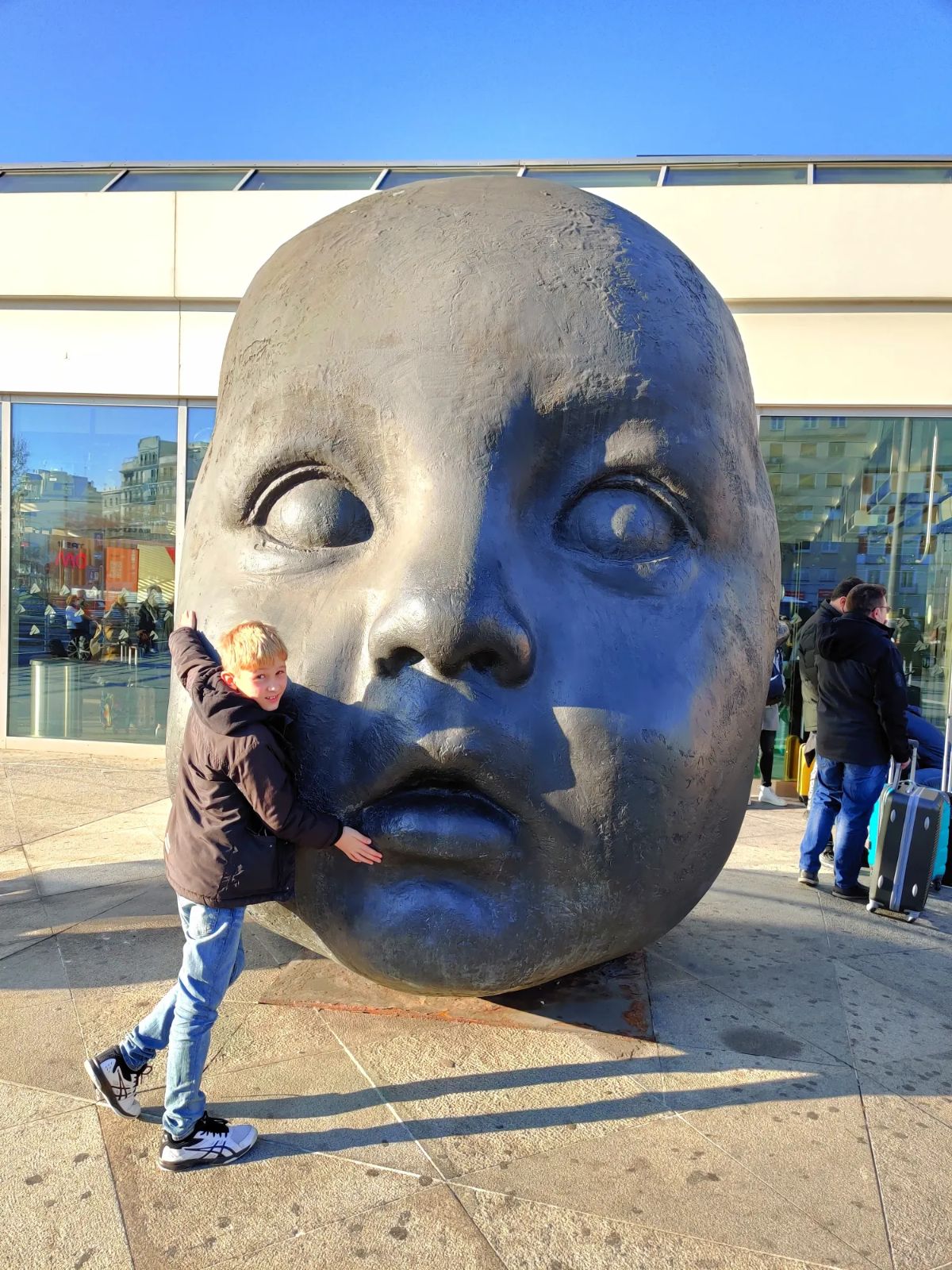
How to move around?
Public transportation (bus and metro) – As I mentioned earlier there are tourist tickets for 1, 2, 3 and 5 days that you can travel around the city in. It is worth it, as the fee to and from the airport is included, and you can take the metro as many times you wish during your stay. If you think to move less, then maybe paying one ticket will work for you.
Hop On Hop Off – We took the red bus, but then we saw there were yellow buses too. Usually when I prepare a visit list for the place, I get really anxious and nervous if my plan is not going like I prepared. This time to Madrid, I decided to go with the flow of 7 other people (hubby, kids, parents and parents-in-law), and specifically because of this, we took this bus.
By taking the hop on hop off bus you can get acquainted with the city and all the attractions and then you can choose which attractions you’d like to further explore. The best thing about the hop-on, hop-off bus is that it allows you to actually take in most of Madrid’s most famous attractions, without having to try and fit it all in one day. The open double-decker bus gives you the best of both worlds: beautiful constant sites of Madrid, and the chance to pass by Madrid’s top attractions. Some sights include Plaza de Neptuno, Plaza de Colon, Gran Via, Templo de Debod, Calle Segovia, La Latina, Basilica de San Miguel, Puerta del Sol and much more. We booked our tickets online as there is a 10% discount if you buy online. Kids till 6 years old go free, and till 12 years pay half of the price. As well the difference between the price for 1 day and 2 days is only 5 euros, I advise you to take 2 days
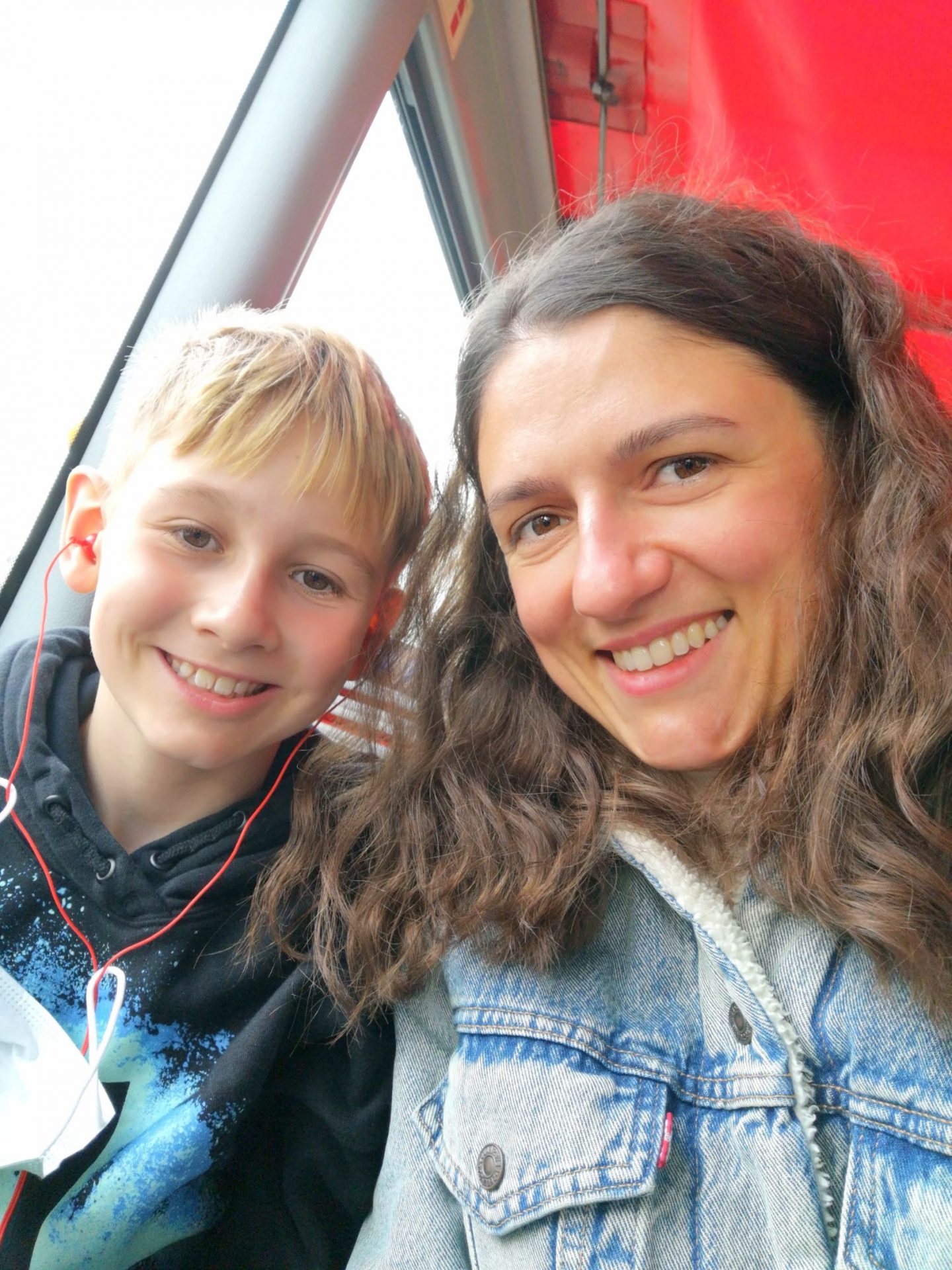
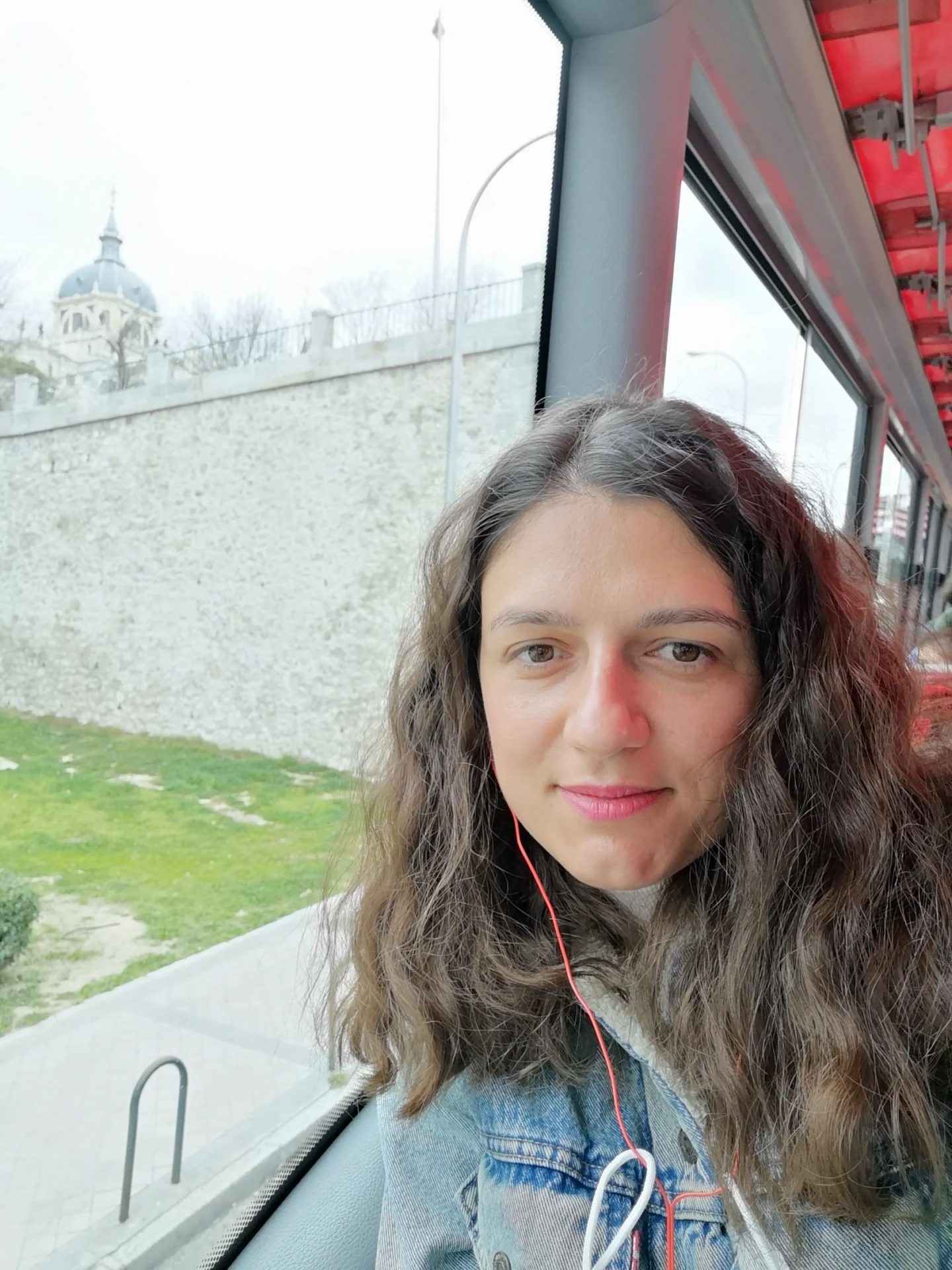
Walking – if you take a centric hotel, it is very easy to move around only by walking.
Our 4 days trip in Madrid.
Day 1 in Madrid.
For the first day, you’ll probably need some time to settle down, unpack and rest a bit at the
hotel, so I recommend spending your time lazily strolling around the hotel you have booked in Madrid. There’s plenty of things to see if you just walk through the cobblestone alleyways and take in the bustling culture of the city.
Our hotel was very close to Retiro Park, and it was lovely, as the park is huge and you have plenty of things to see and do there. It’s the best place to relax, have a picnic, or go rowing.
At first, until the 19th century, it used to be a royal estate. It was then made accessible to the
general public. Retiro Park also has the city’s oldest tree protected with an iron barrier. It was rooted in 1633 and is known as the Montezuma Cypress.
If you want to learn more about Madrid’s culture, then this place is at the top. There are statues, art galleries and museums in the park, as well as a garden, a pond and a lake. We stayed there for so long that in the evening we just went home to the apartments.
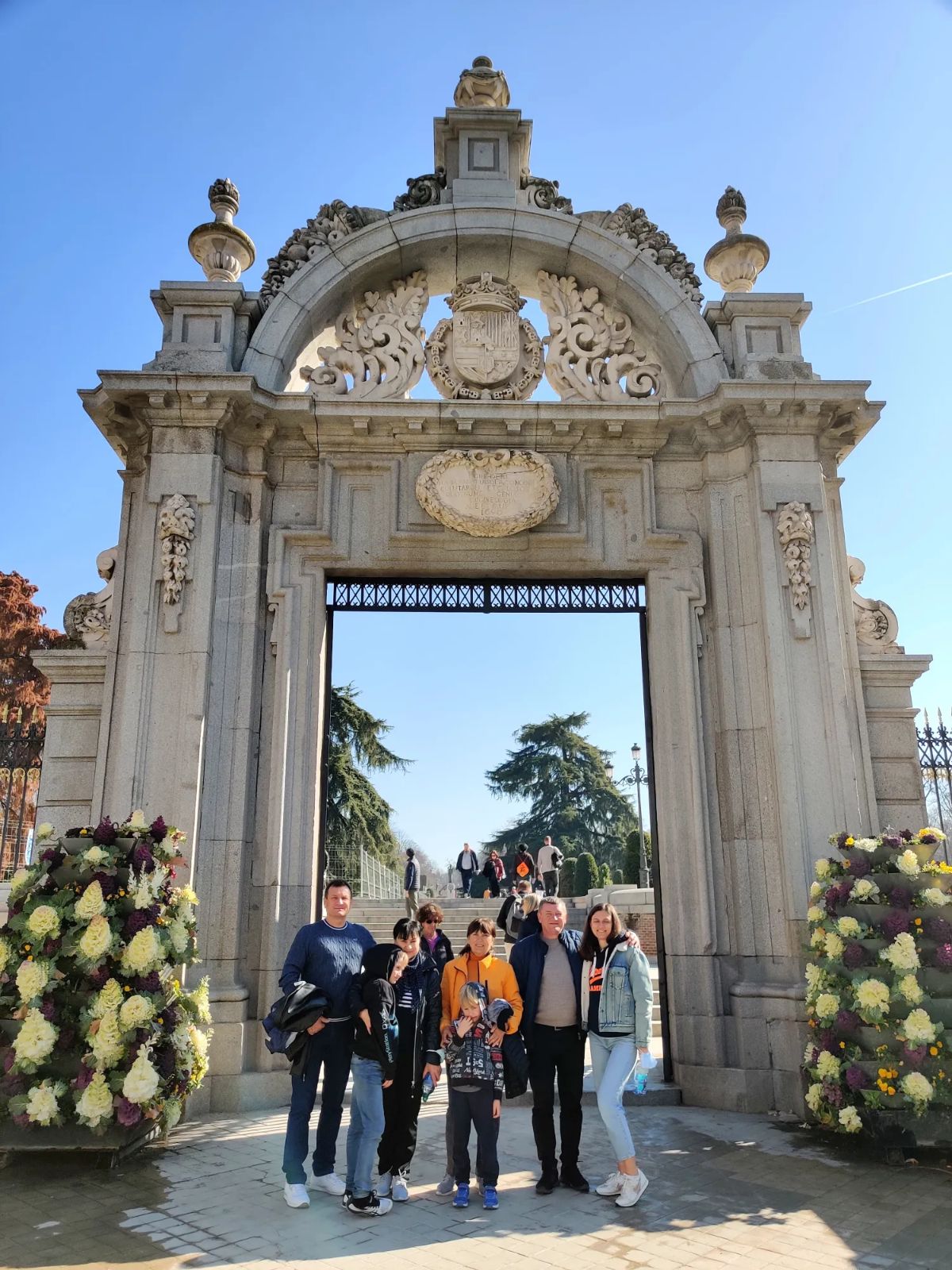
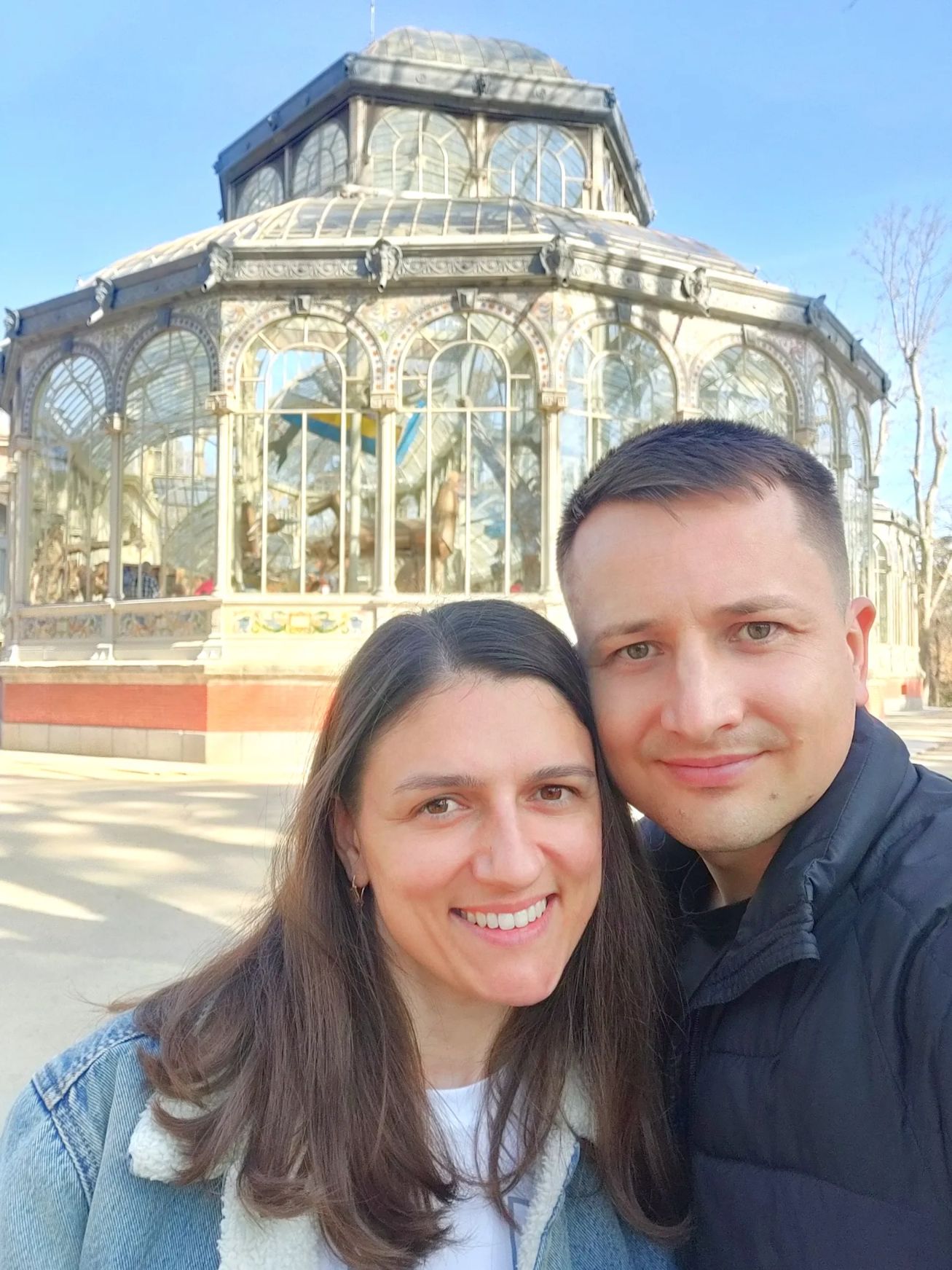
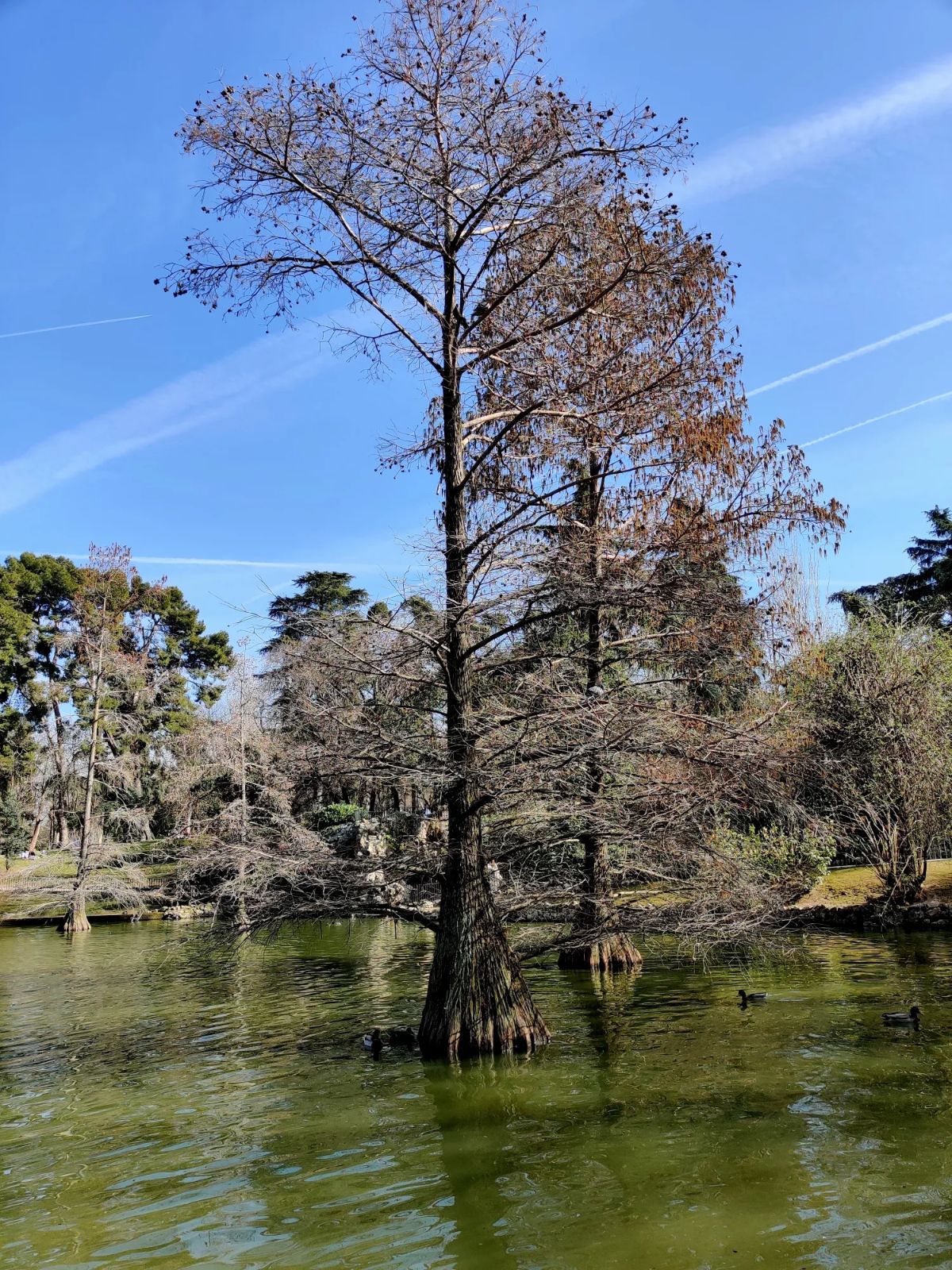
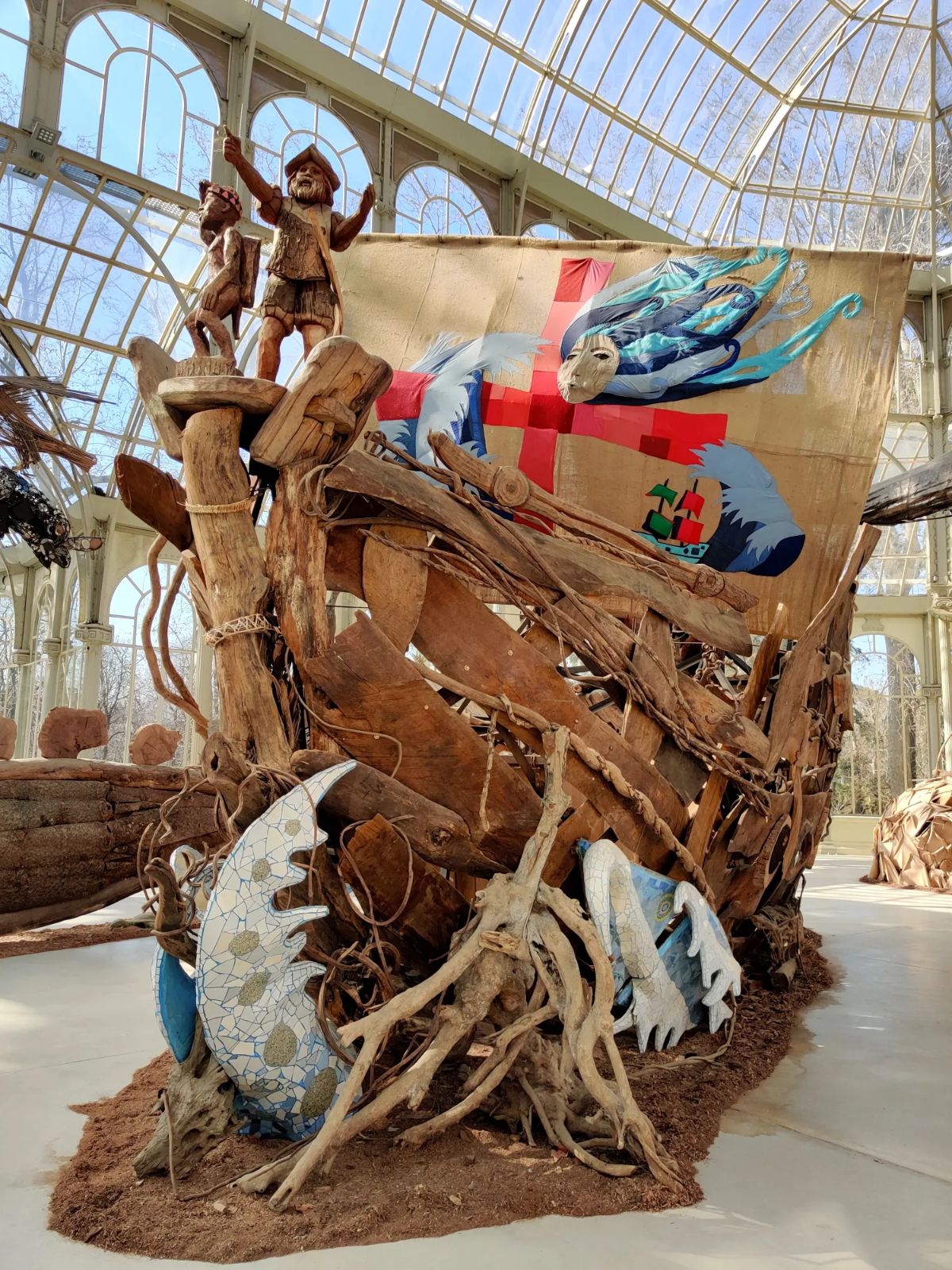


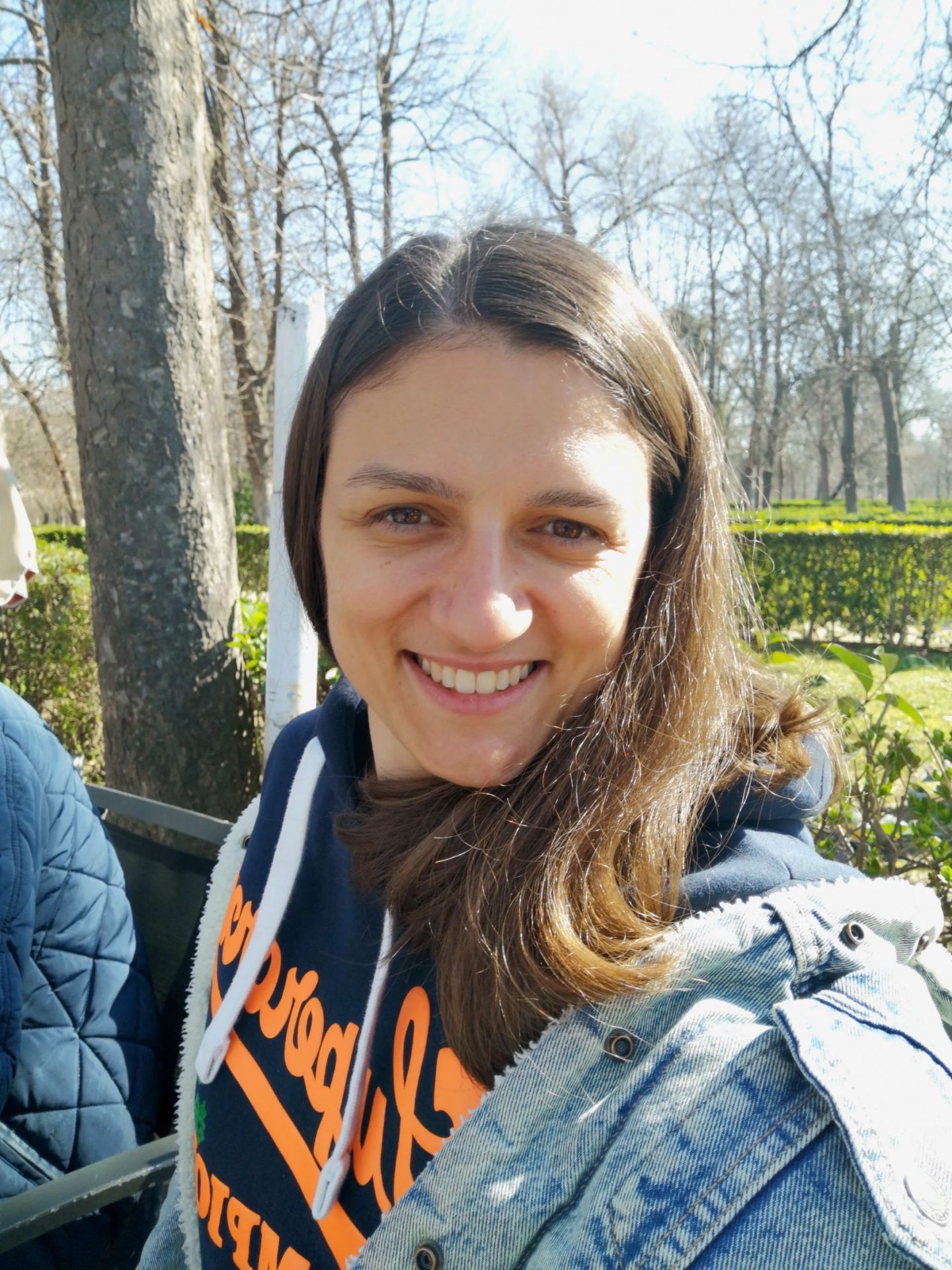
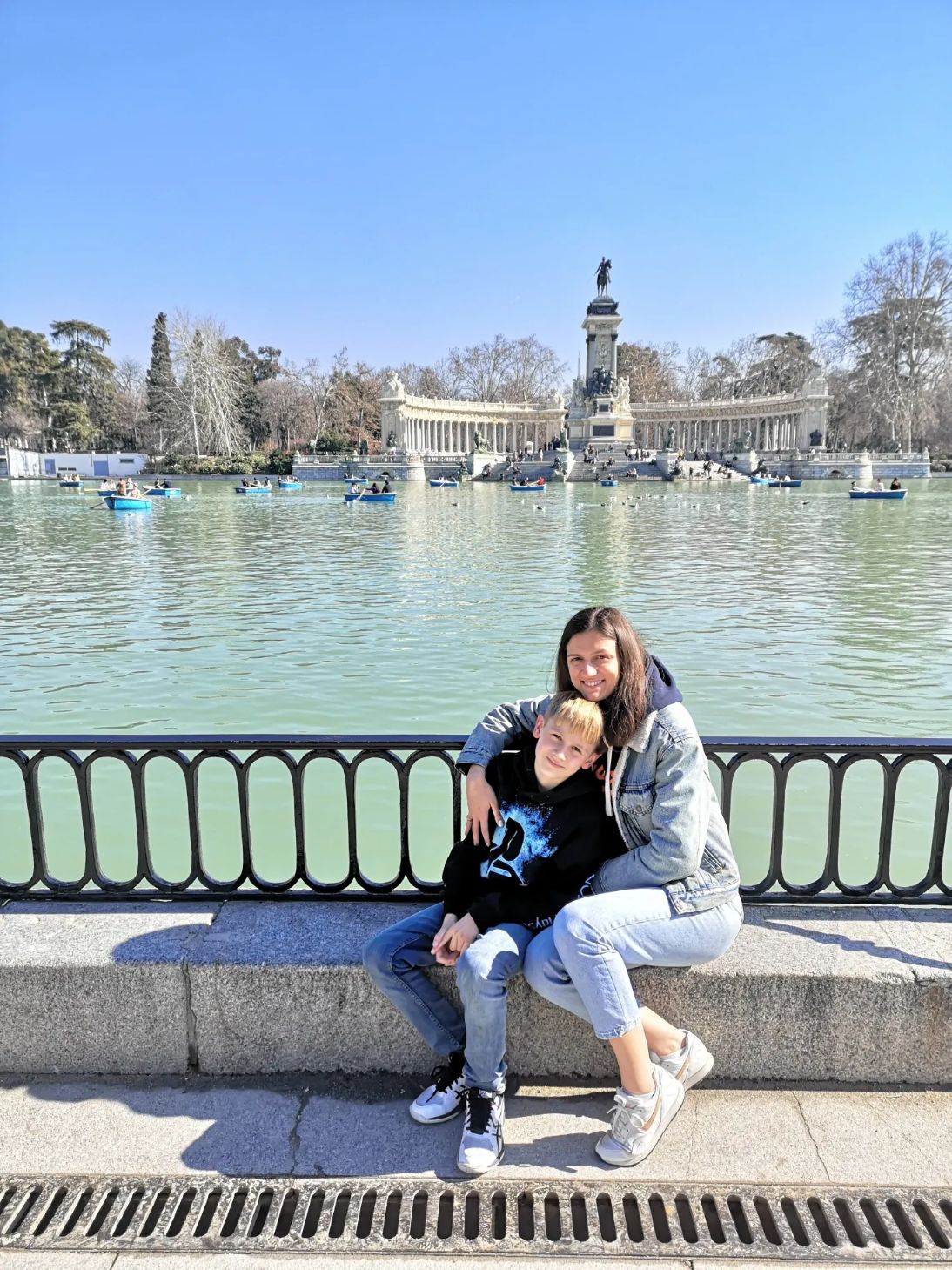
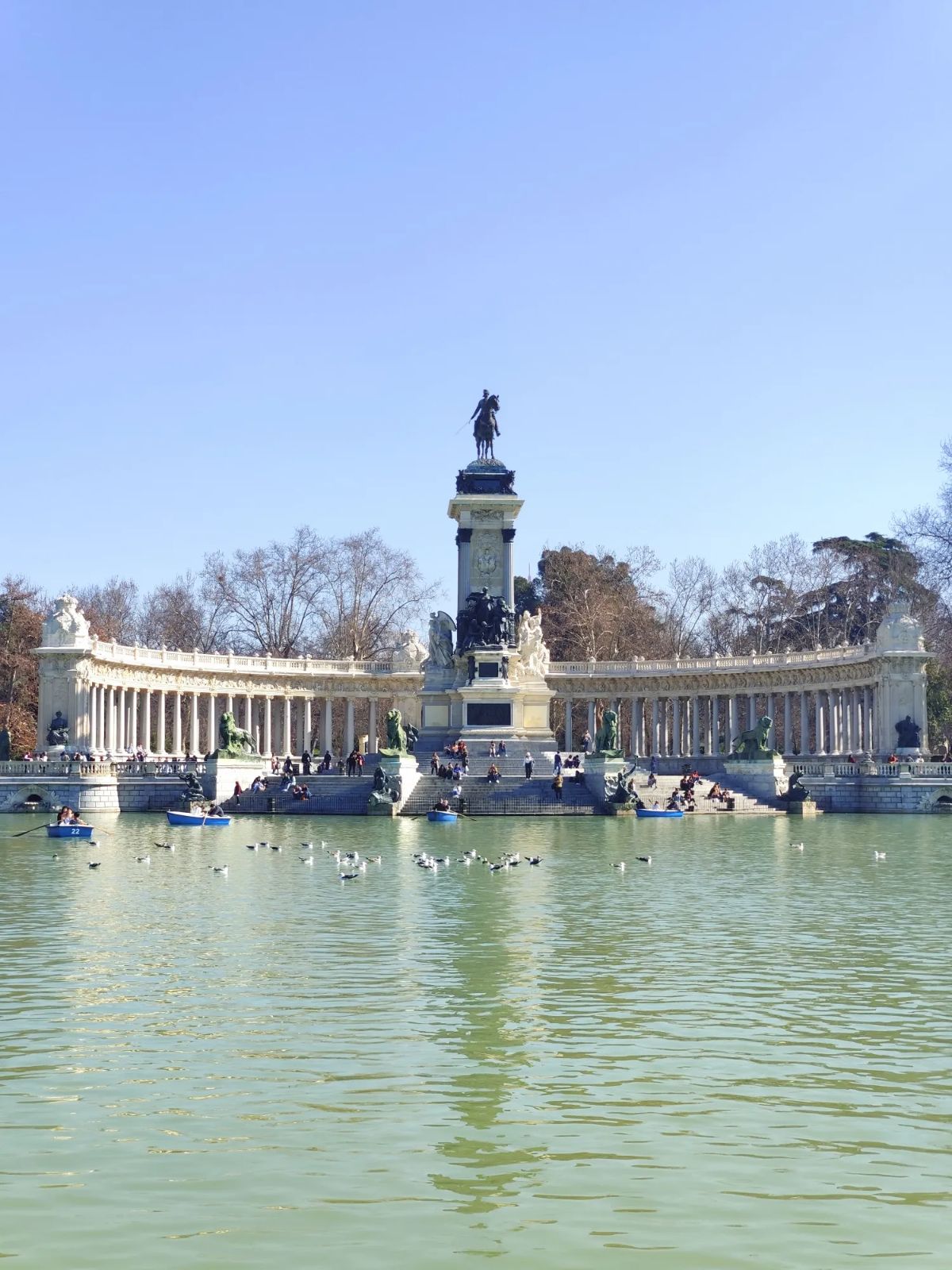
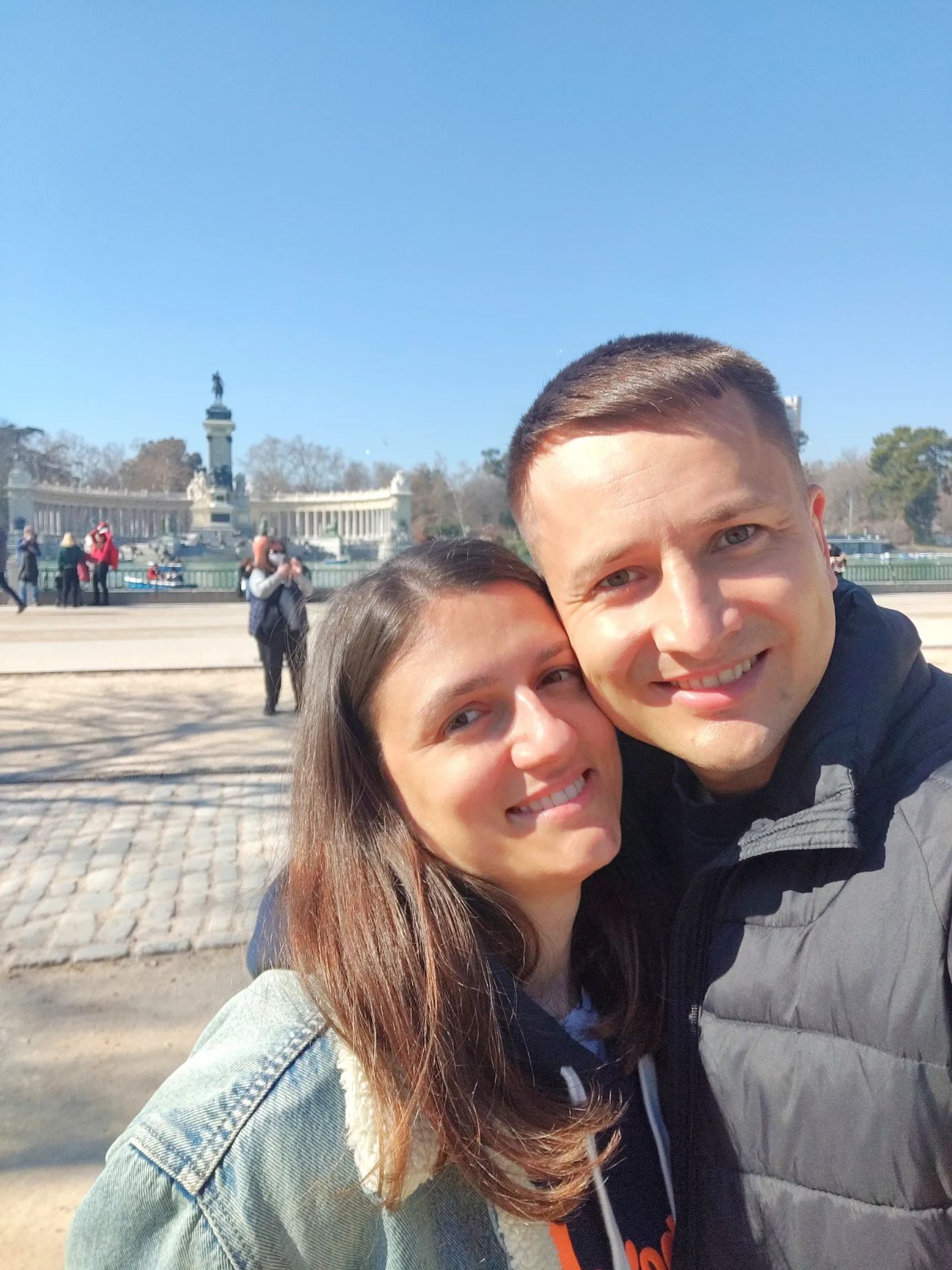


Puerta de Alcalá
Everyone who comes to Madrid, needs a picture here. One of the most iconic monuments in Spain and the first modern post-Roman triumphal arch is Puerta de Alcala in Madrid. It is a historic site in both ancient and modern times as it is a place where victories, an assassination, MTV performances and a concert have all occurred here.
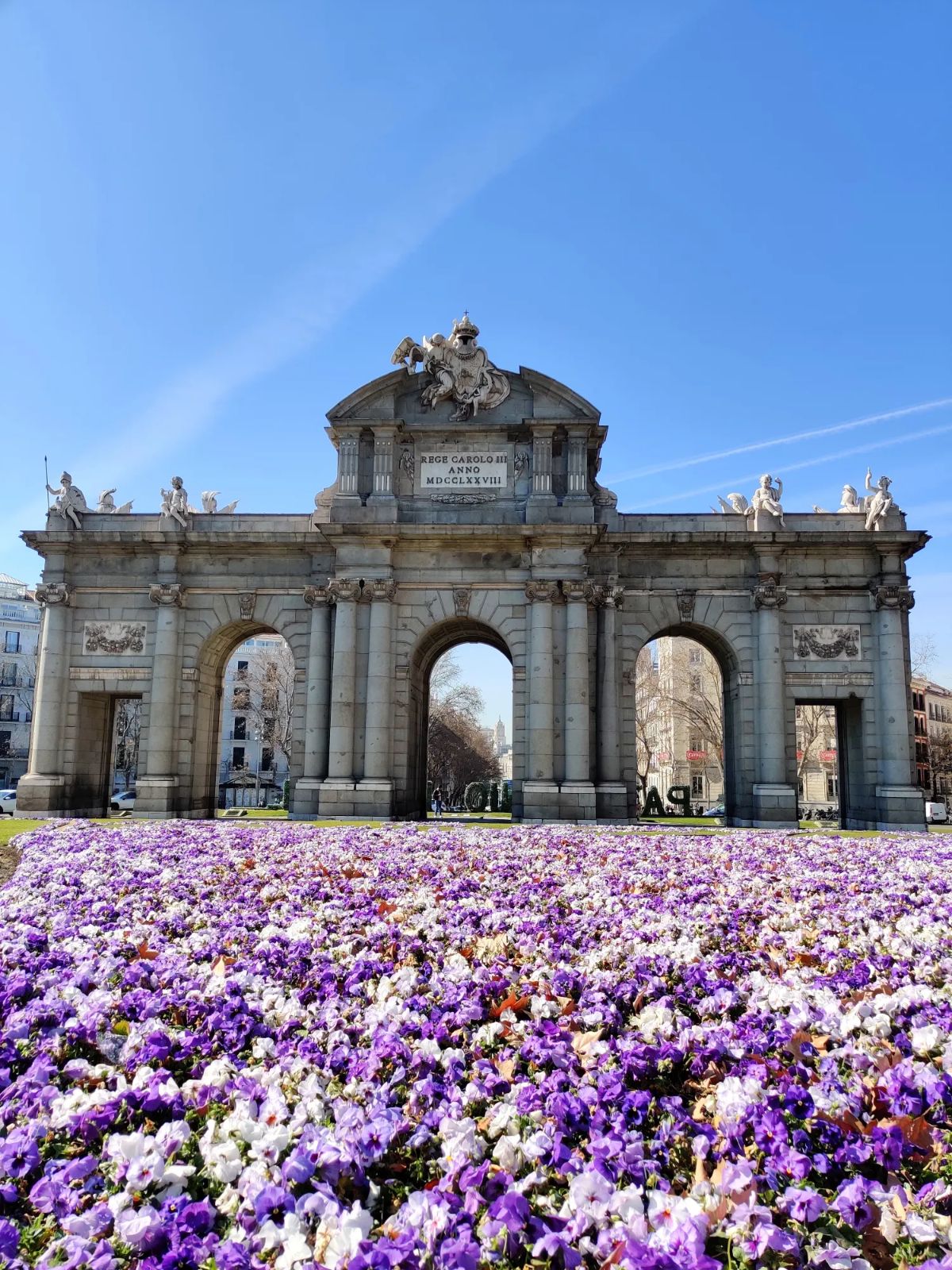
For best flights options TravelFamilyBlog uses Skyscanner web and same we recommend to our friends:
Day 2 in Madrid.
Early in the morning we took the Hop on Hop off bus and the first hour or two we just sat and watched where to stop and walk by to enjoy the city. We were wowing all around. The city is truly spectacular. We stopped for lunch and to buy tickets for El Museo del Prado. Here to say one little secret, one of the goals for this year was to visit this Museum, and I did it.
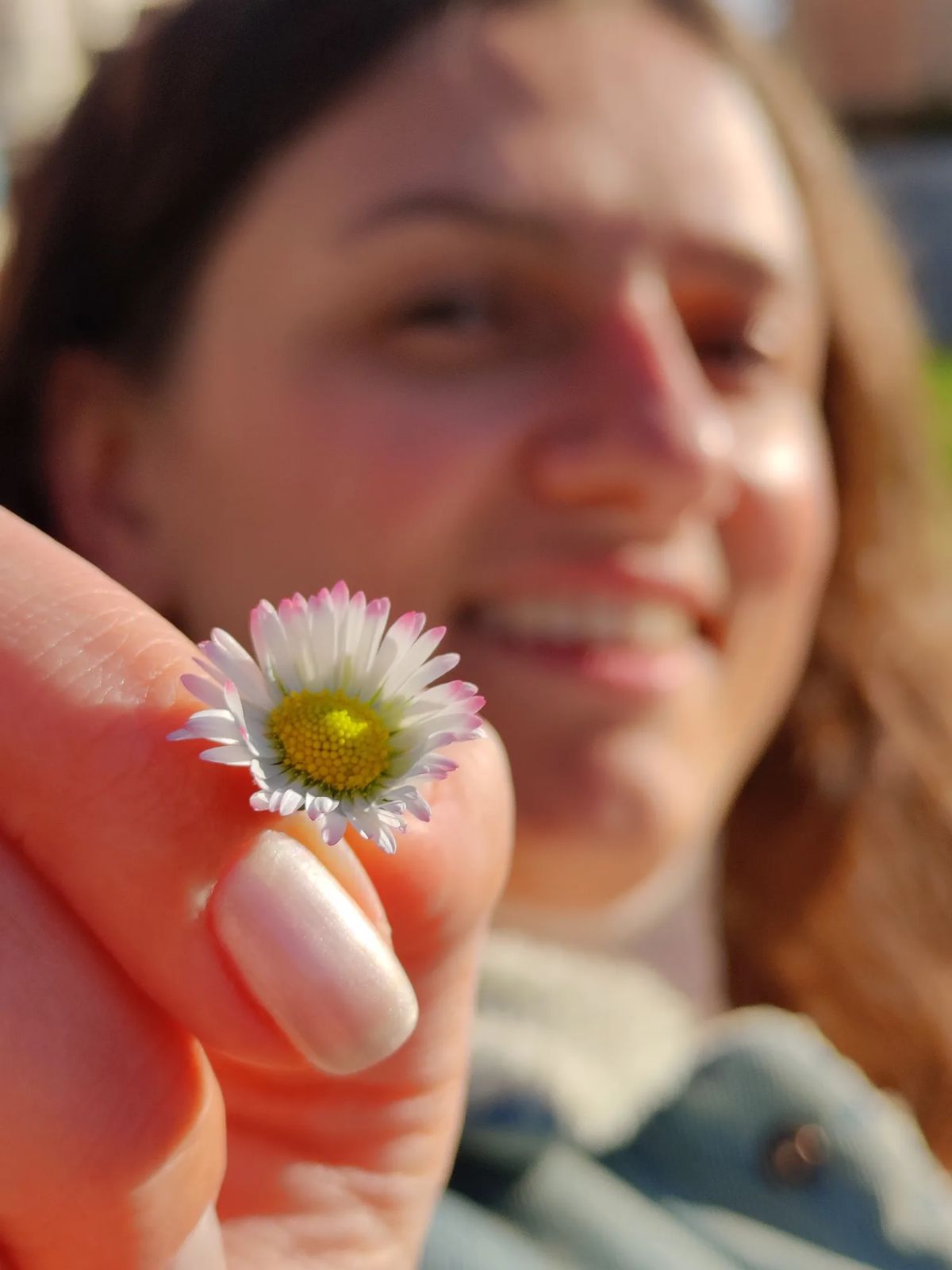

Meanwhile we were lucky enough to watch a wedding that took place in the church San Jerónimo el Real. And close by this church is the Real Academia Española, the University of Art where Dalí and Picasso have studied.
The Prado Museum is one of the most important museums in the world and is one of the main attractions provided by the city of Madrid. It attracts art lovers from all over the world thanks to the expensive collection and variety of works it offers. The Prado’s dimensions and plans were originally designed as a history museum and approved in 1785 by King Charles III who knew exactly how he wanted his museum to be – magnificent and eye-popping properly for the Museum of Empire in the process of growth. Therefore, the building was luxuriously designed, with a spacious entrance hall, a central gallery full of natural light, and a unique cube space at each end of the building. The walls and the shape of the building were of course designed in the neoclassical style that characterises Madrid.
The collection of the Prado Museum is among the largest in the world. It contains 9,000 pictures, 5,000 paintings, 2,000 prints, 1,000 coins and medals and about 2,000 artefacts. The Prado boasts a world-class collection of Spanish art, with countless examples of the works of Allegro, Valquez, Goya, and Morillo. Visitors can also view a fine collection of works by Flemish painter Peter Raoul Rubens, and Dutch painter Hieronymus Bosch, as well as a number of Italian masterpieces. Because the collection is so large, only a seventh of the total works in it are displayed to visitors at any given time, in the museum’s permanent and rotating exhibitions.
It’s pretty much the Spanish equivalent of The Louvre in Paris. If you’ve been there, you’ll know it’s amazing but it’s better if you can spend enough time on-site.
If you pay attention to the outside of the Prado Museum, you will see that on the entrance where the tickets are sold, there is the statue of Goya, and on the main street where all the vehicles pass, there is a statue of Velazques. Both, the artists who worked for the Royal Family, and with whom the art is associated here in Spain.
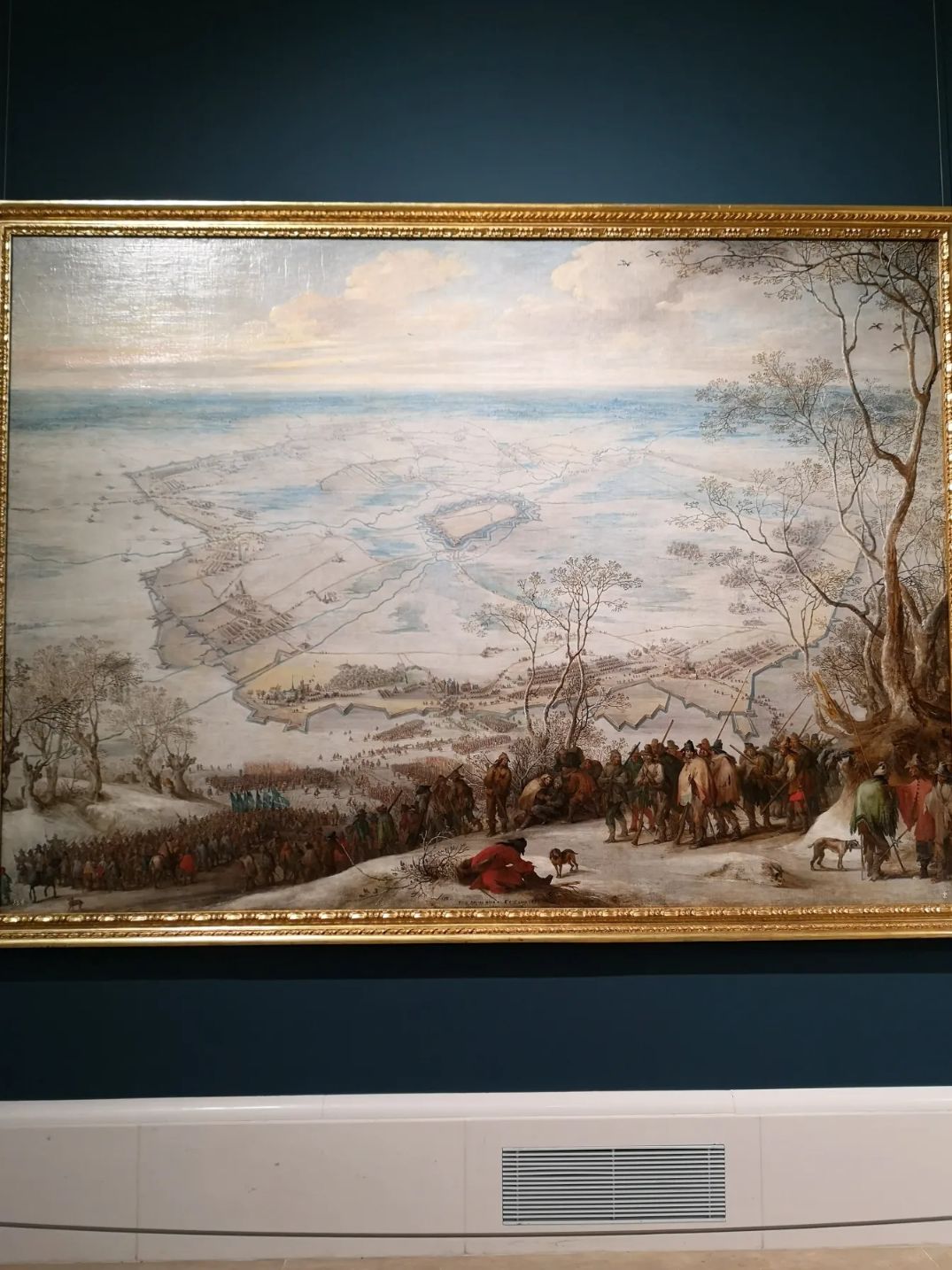
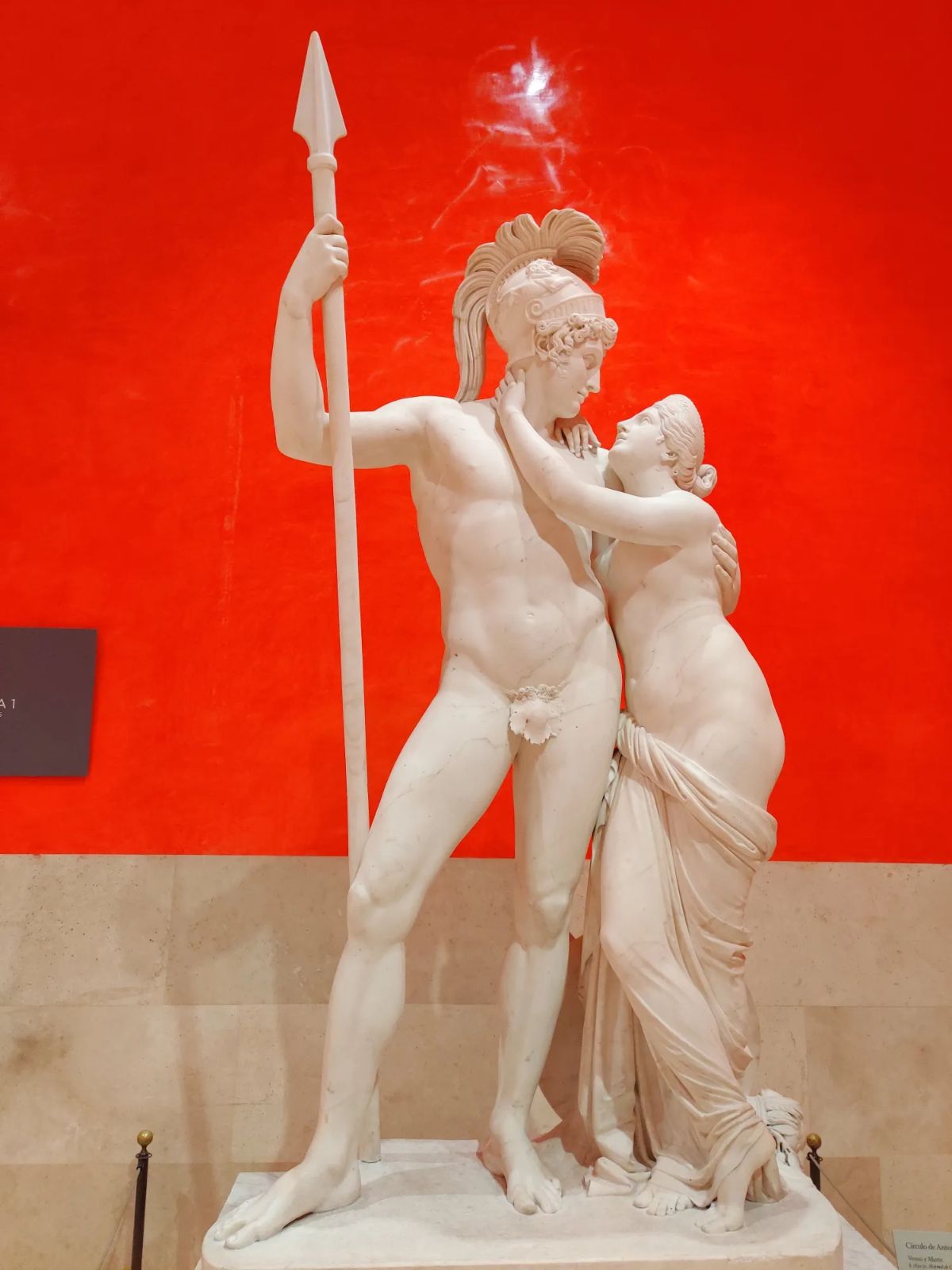
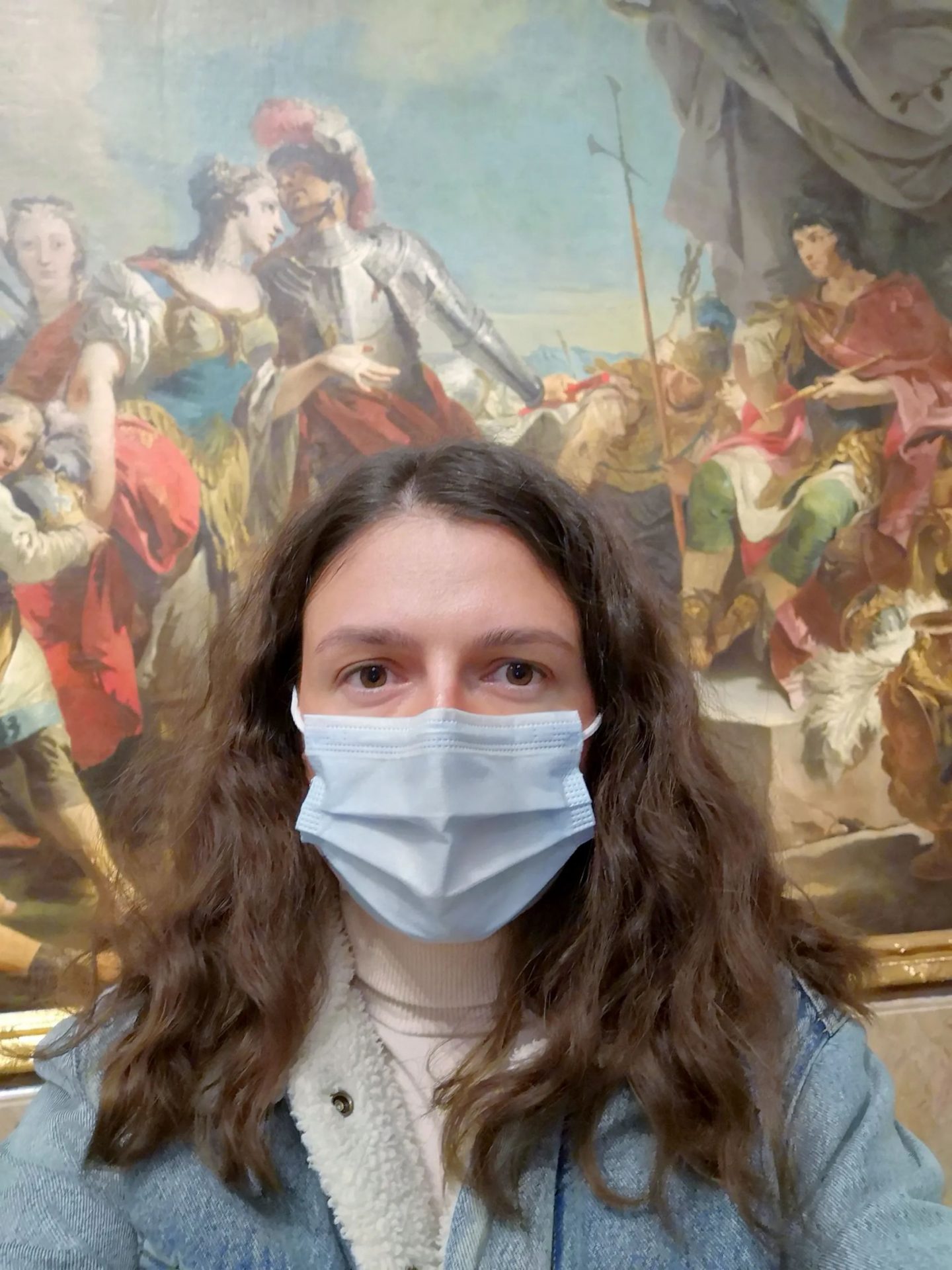
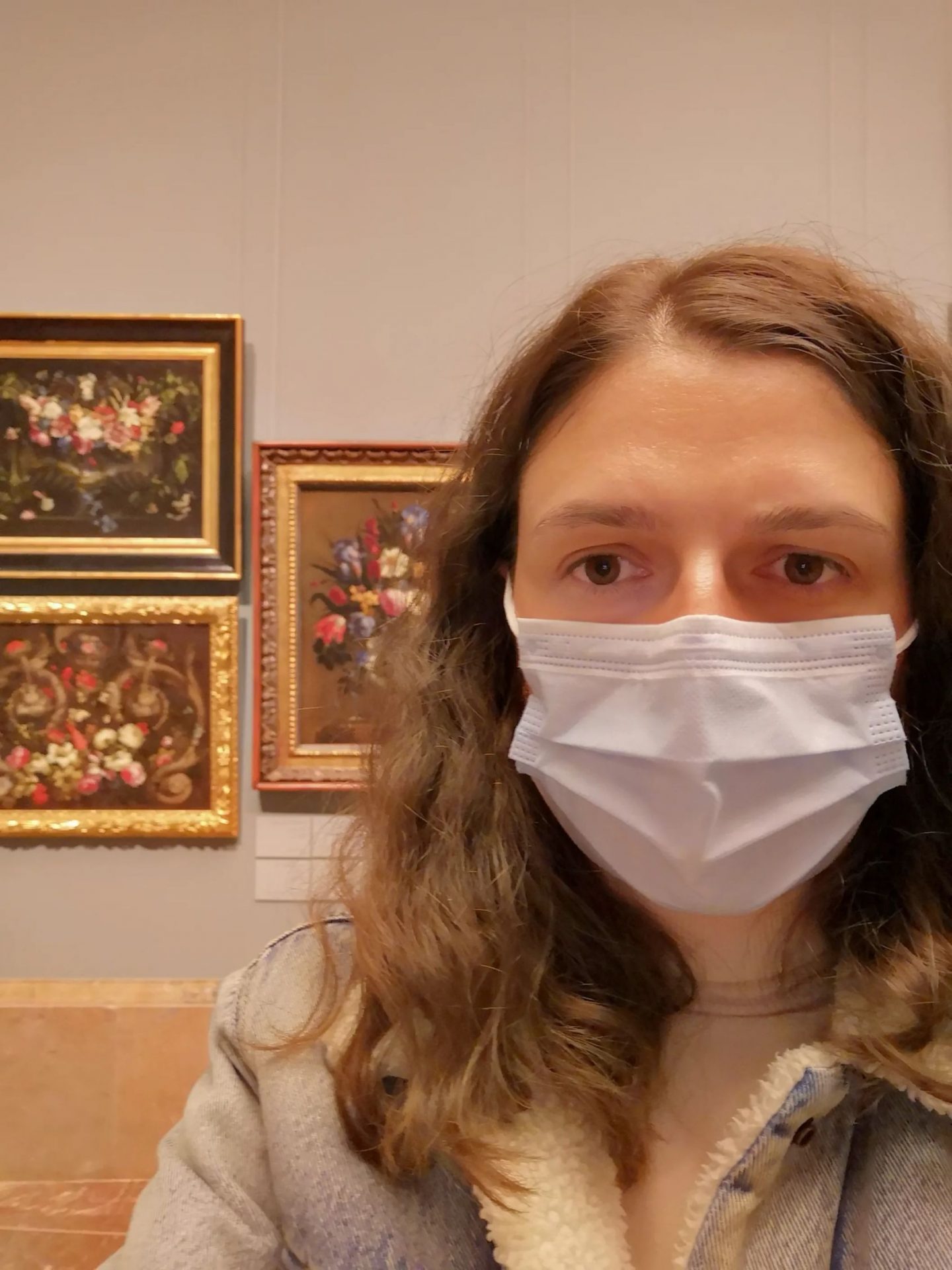
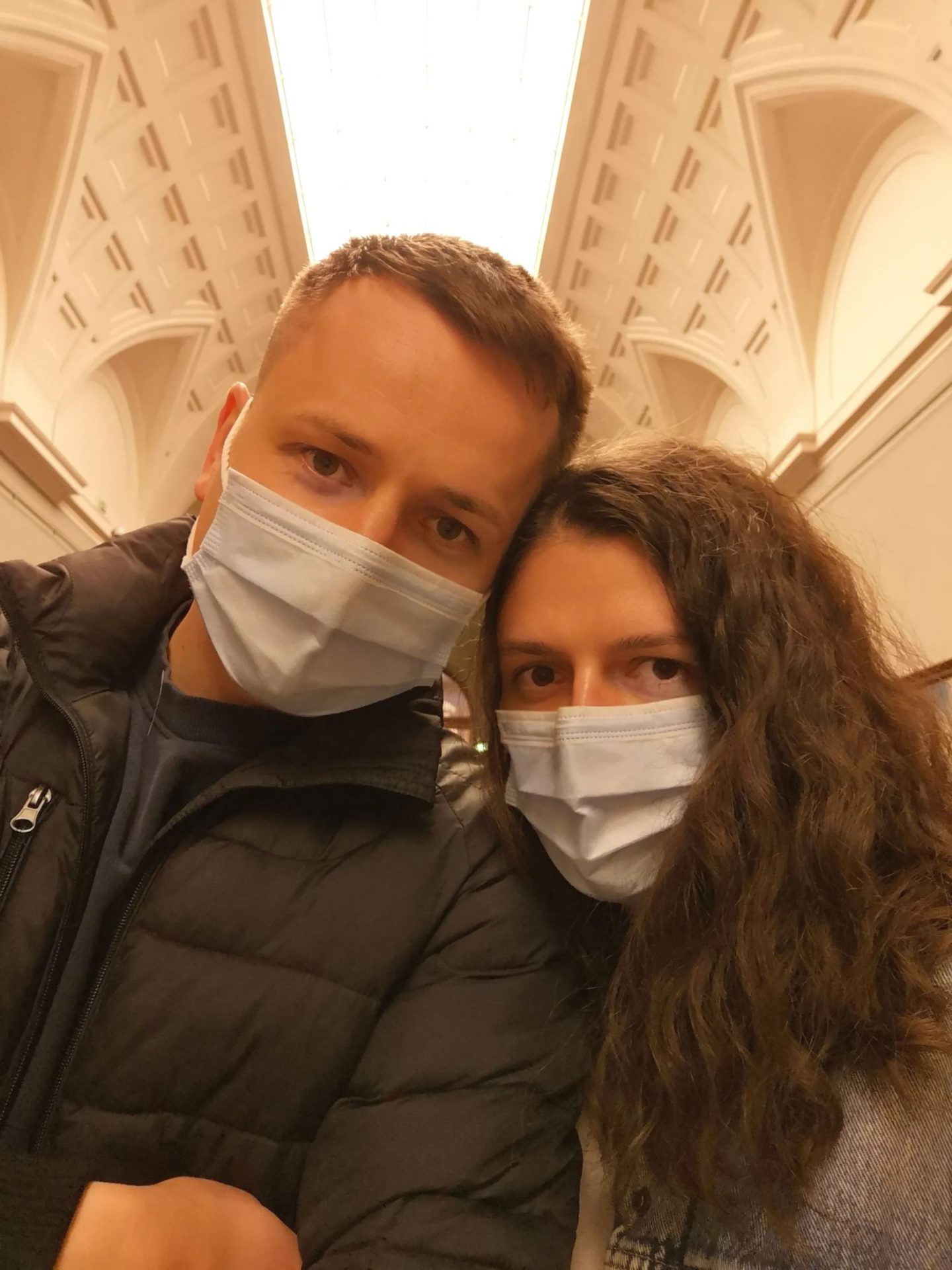
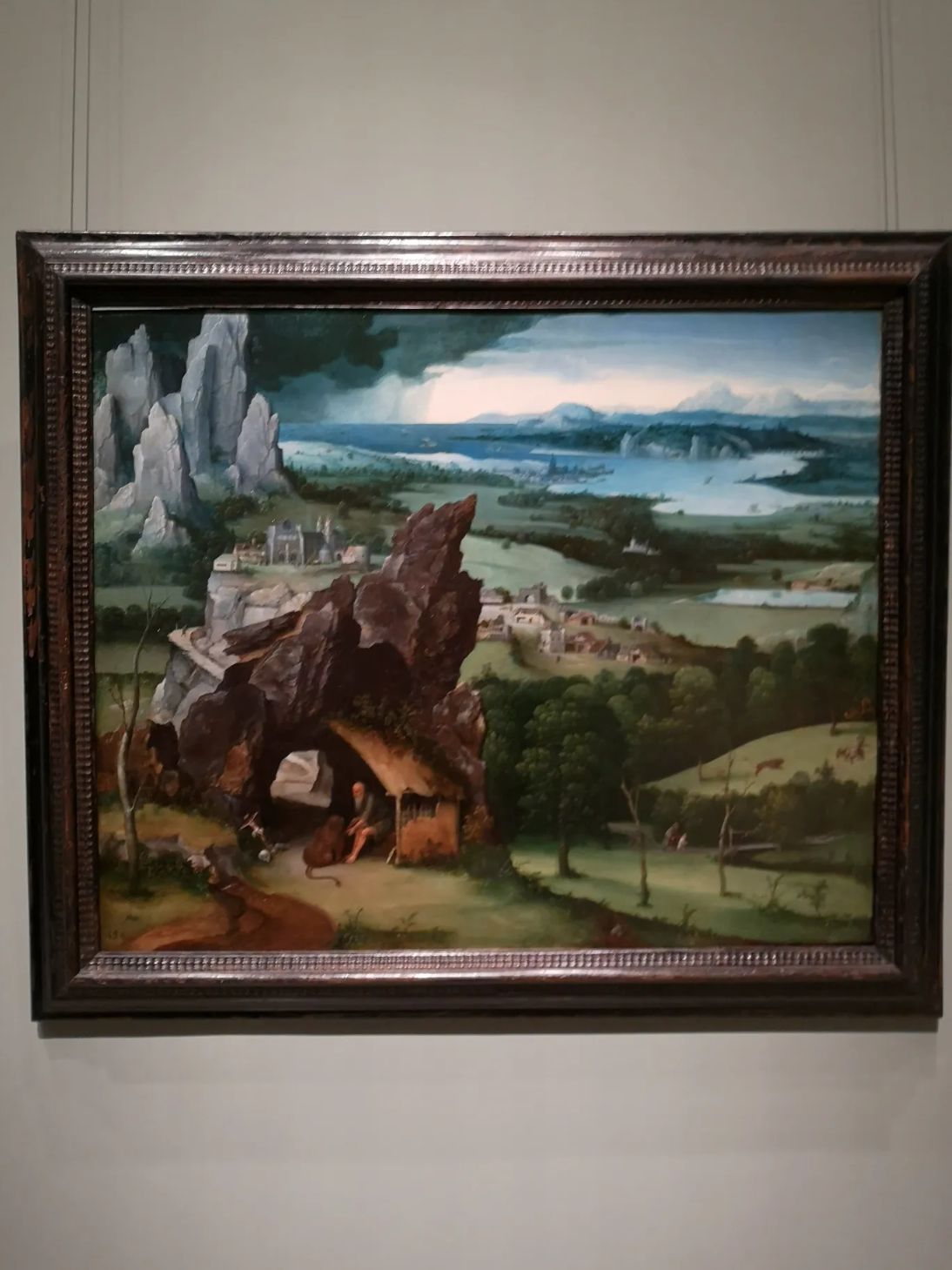
For us it was the last stop for the second day, as it is close by to Eric Vokel Atocha Apartments, and we went walking. Yes, we stayed till the museum closed. Even if you plan a whole day there, it won’t be enough.
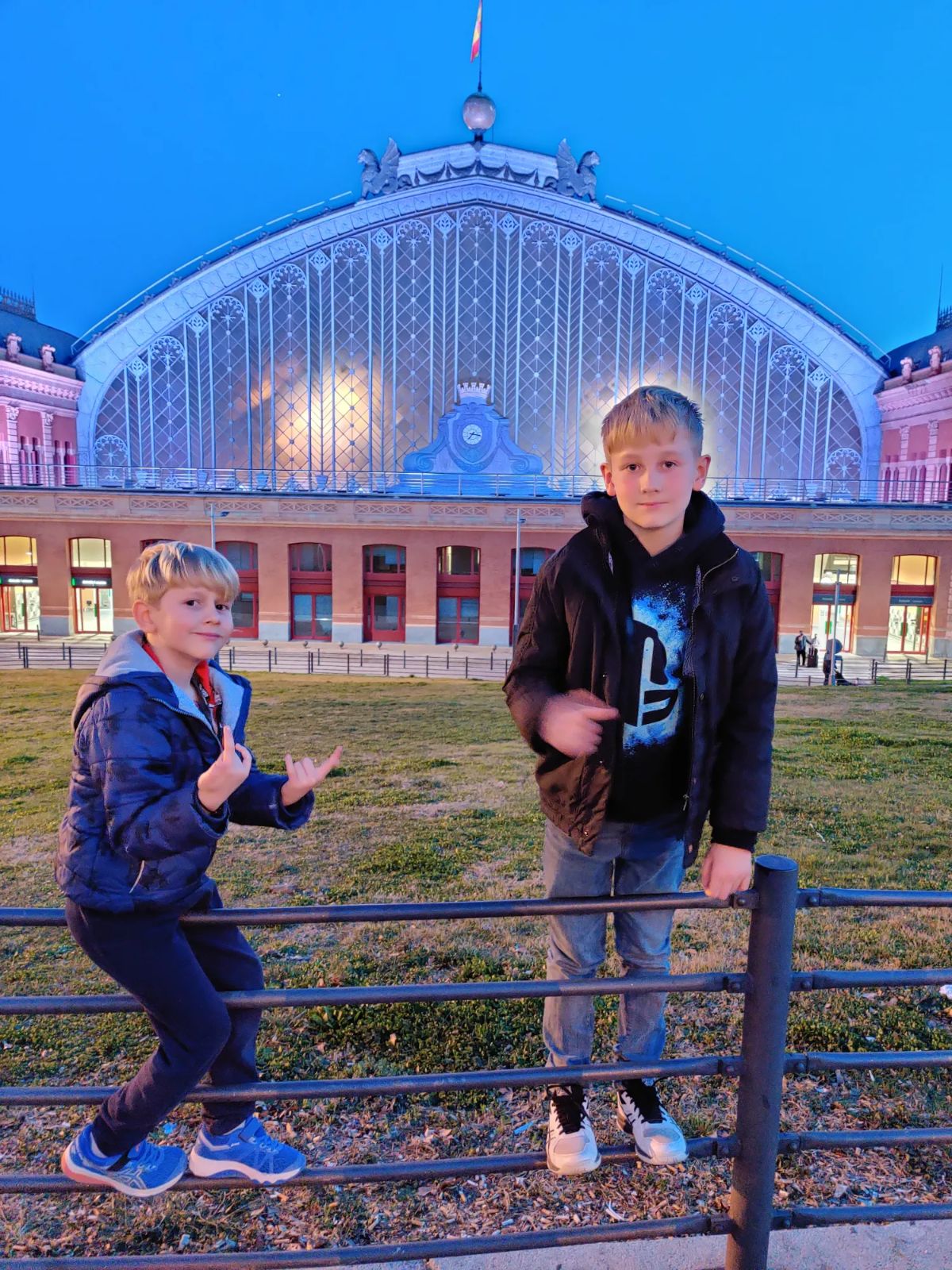
Day 3 in Madrid.
Same as the previous day, we took the Hop On Hop Off bus and went straight to the city centre, but this time to walk around, to take more pictures and take some tapas.
Cybele Palace
Cybele Palace was our first stop on Day 3, and I can say that this place is one of the most gorgeous buildings in Madrid! It’s also a very good photo spot! It used to be the post office headquarters but it is now the City Hall.
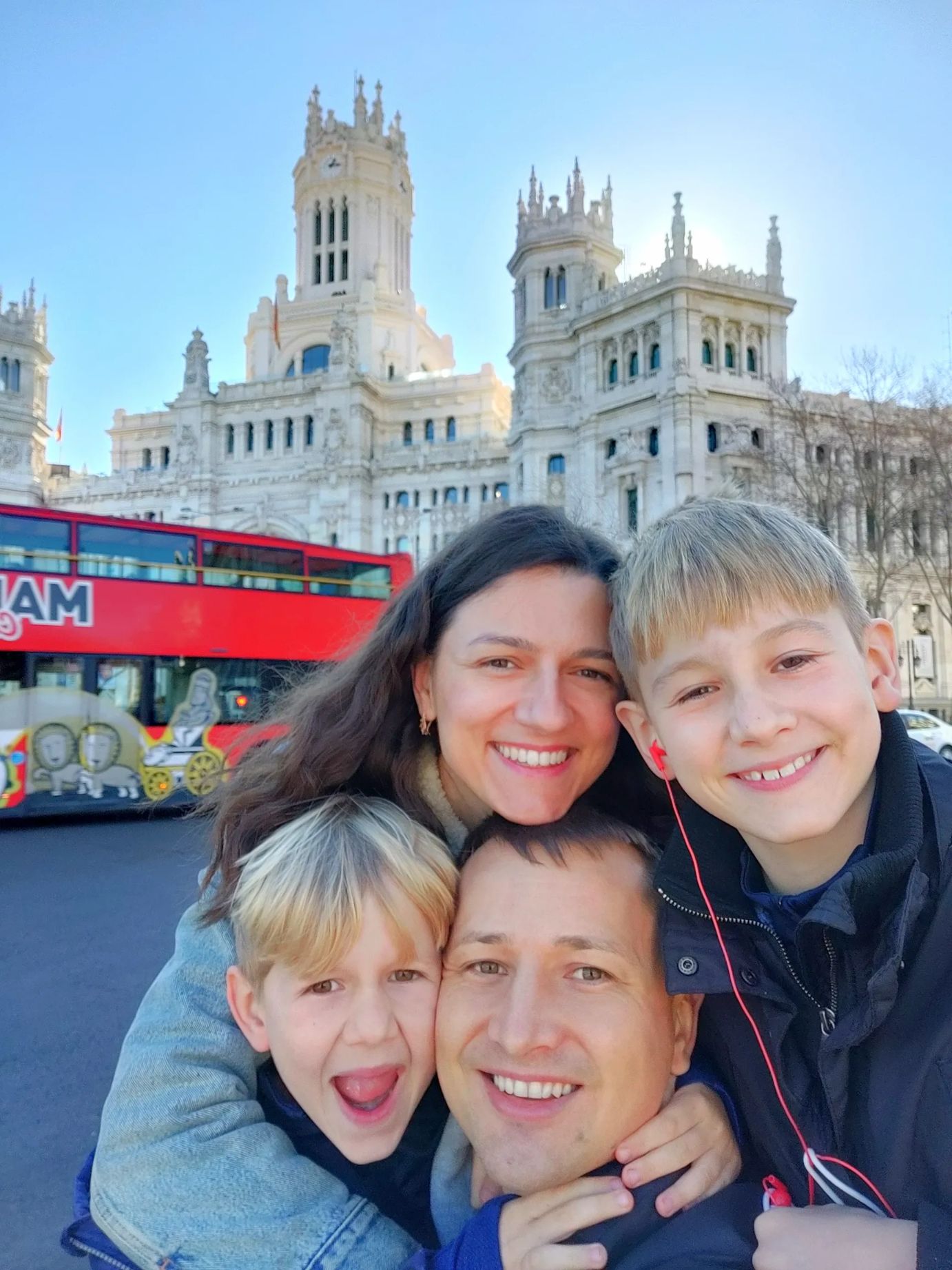
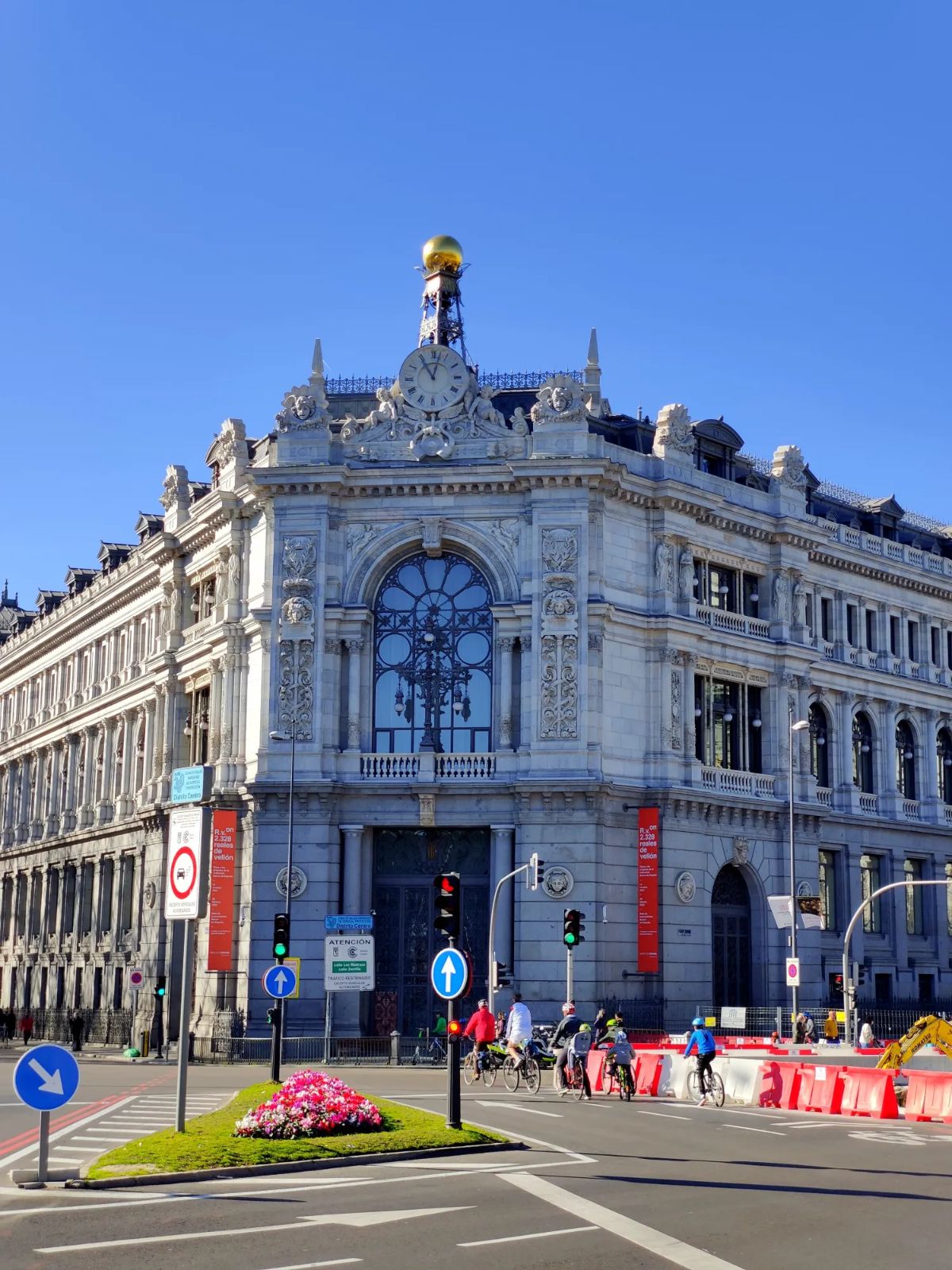
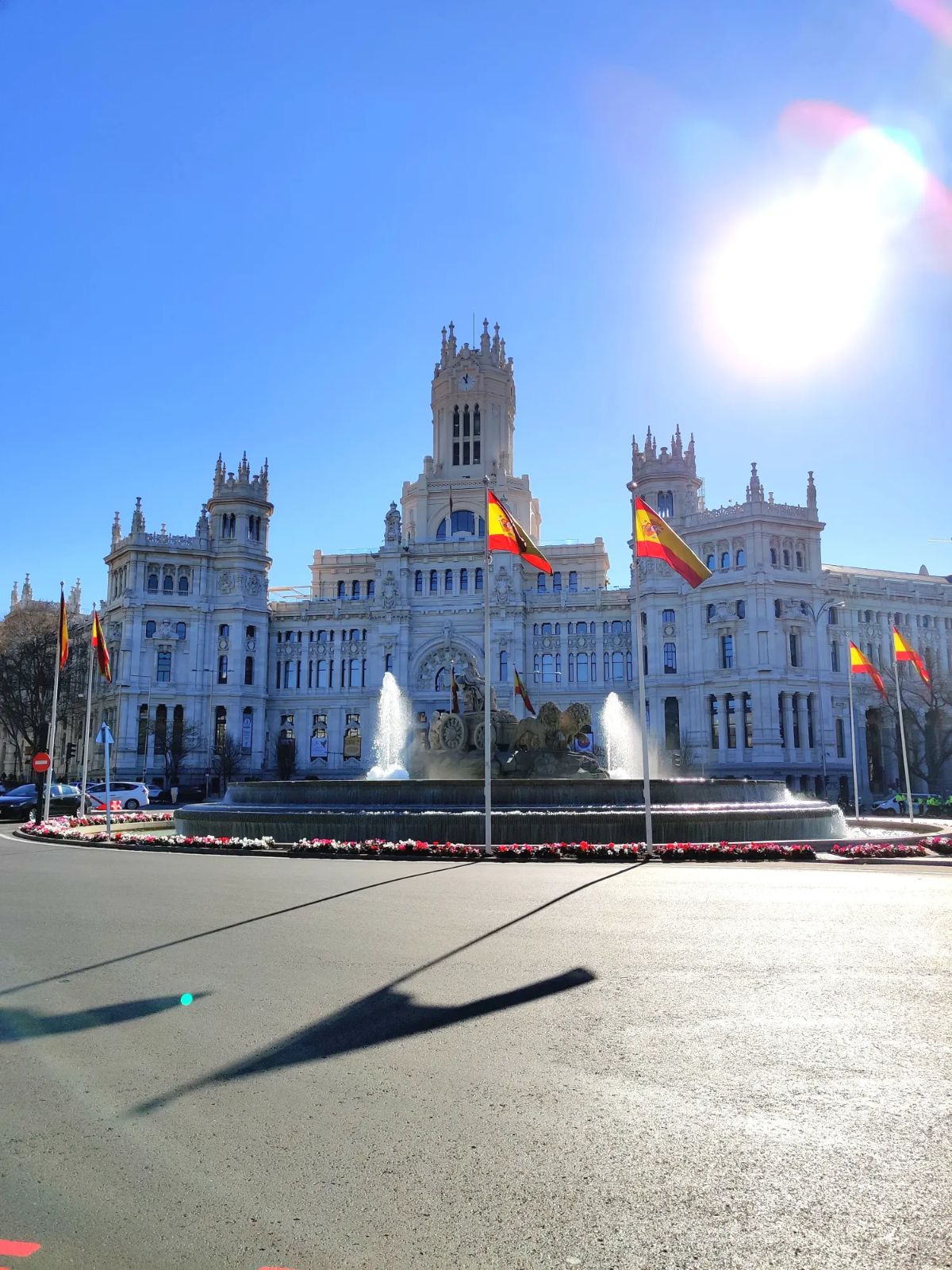
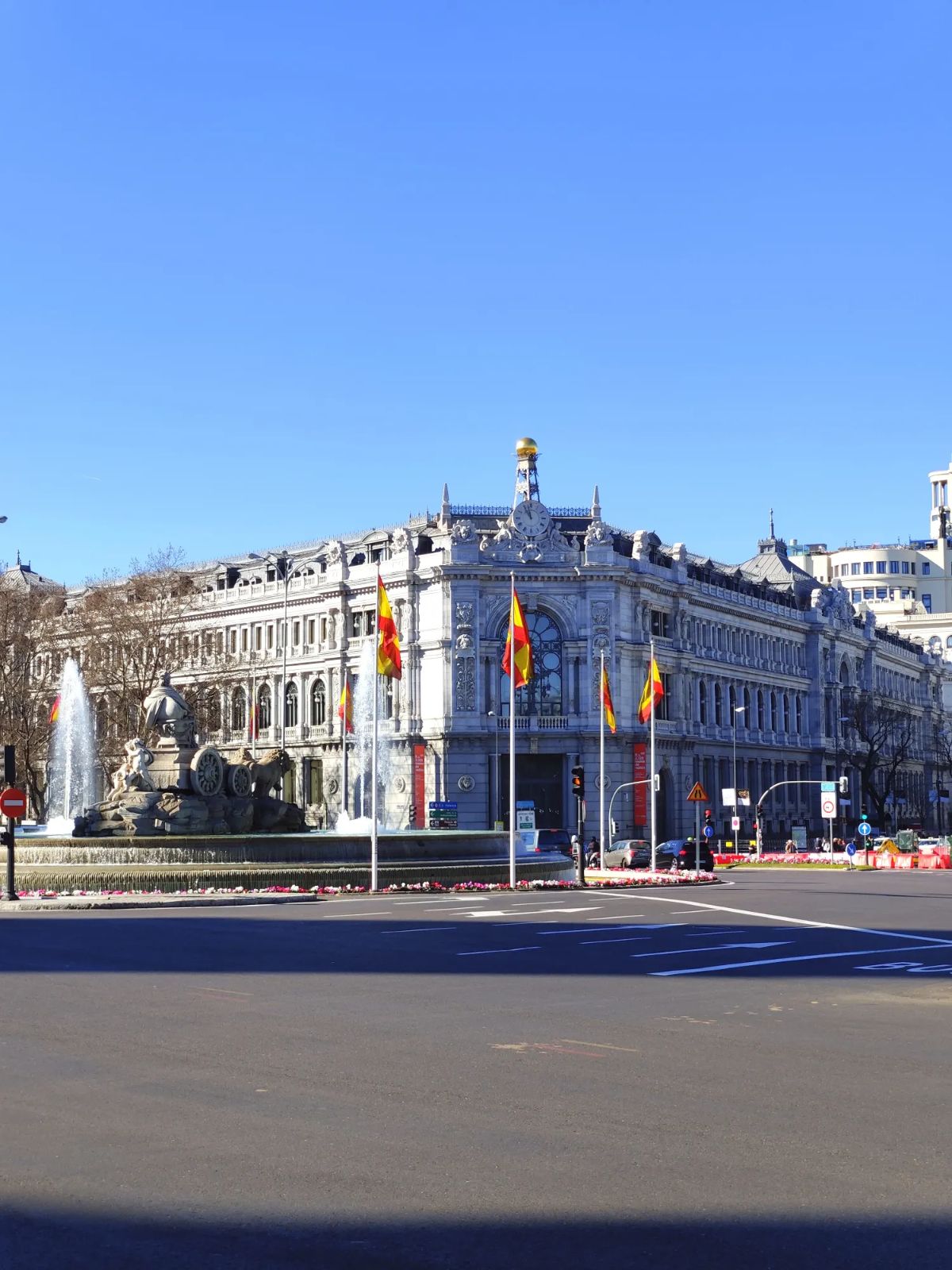
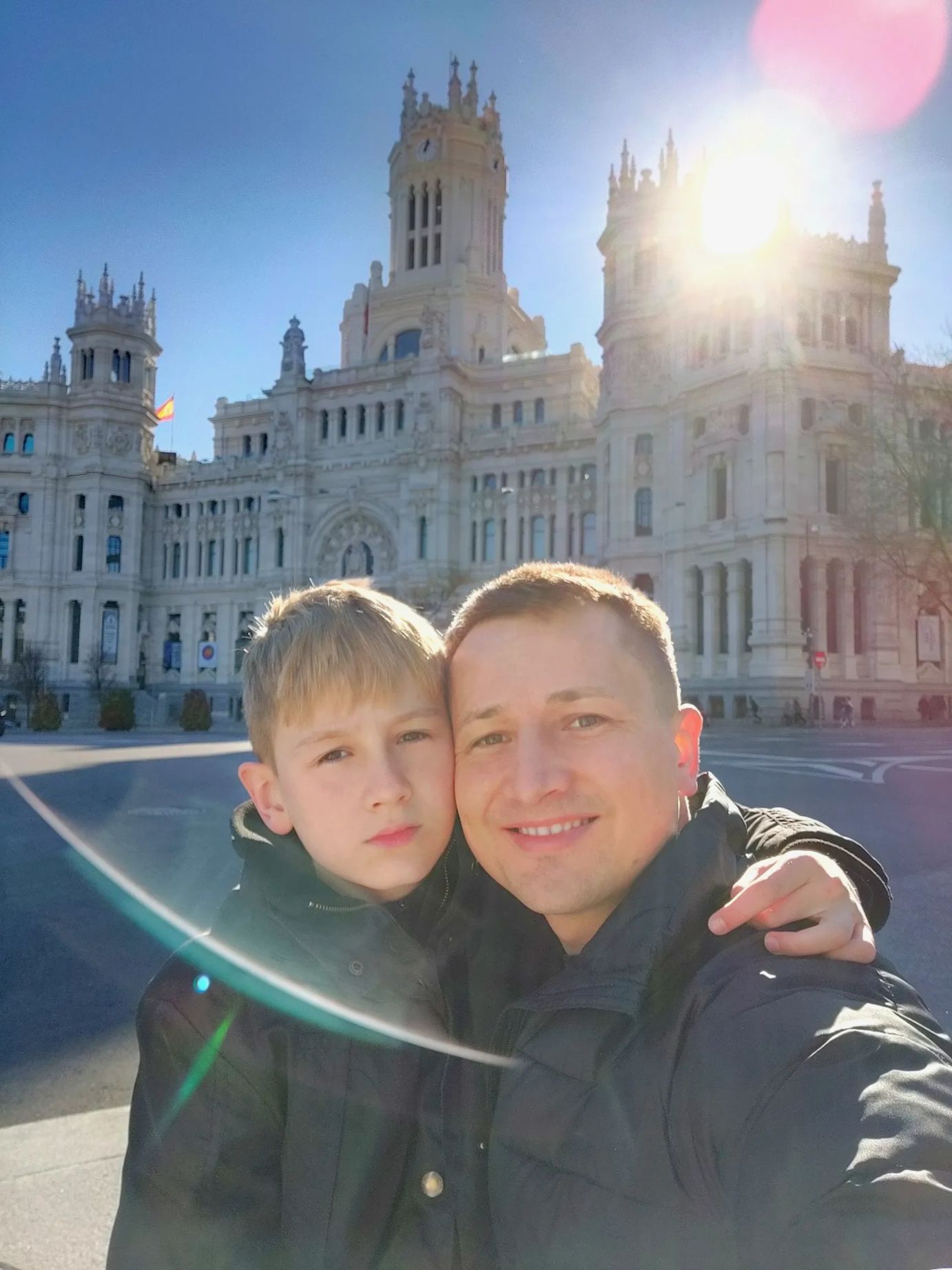
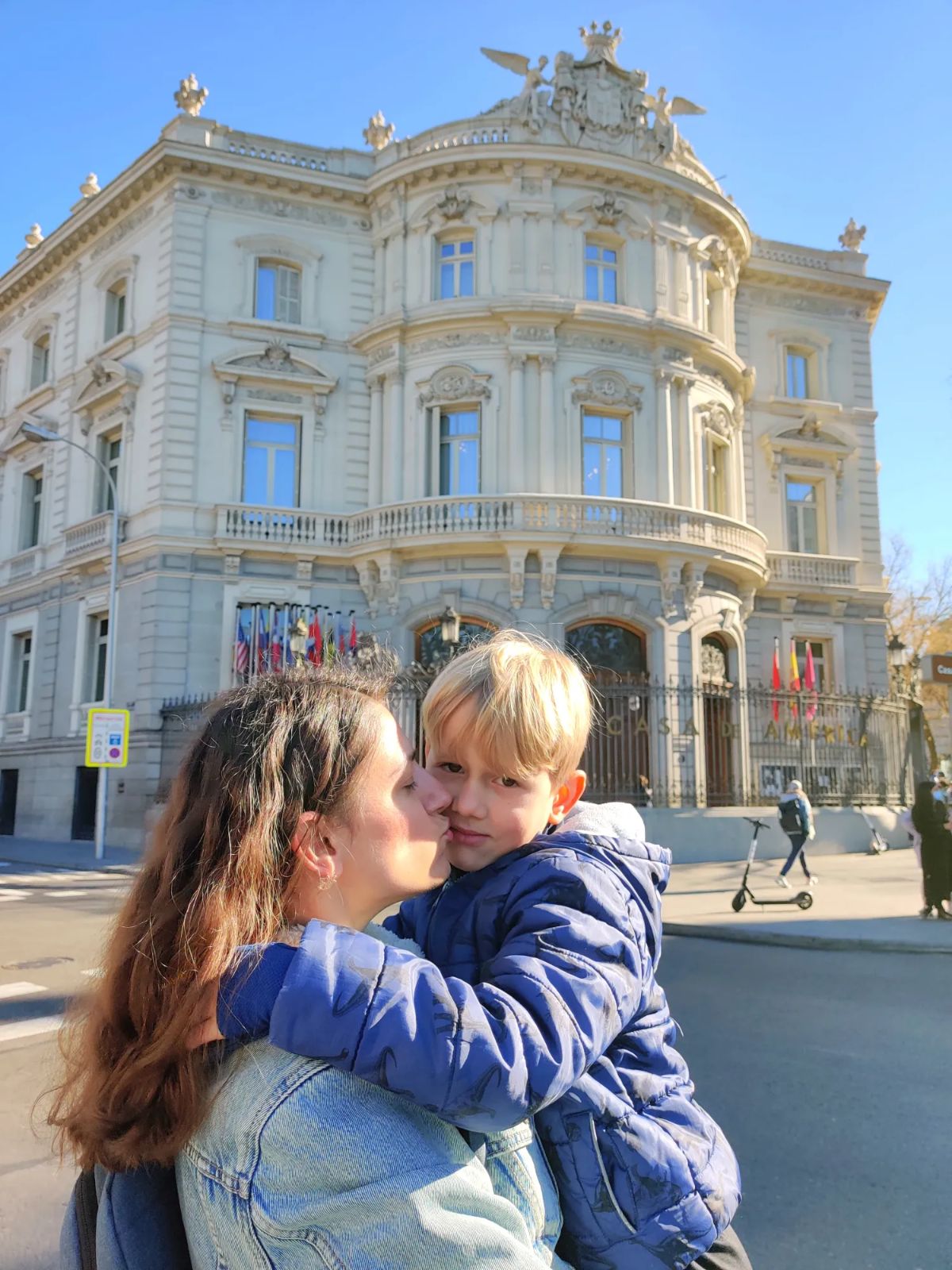
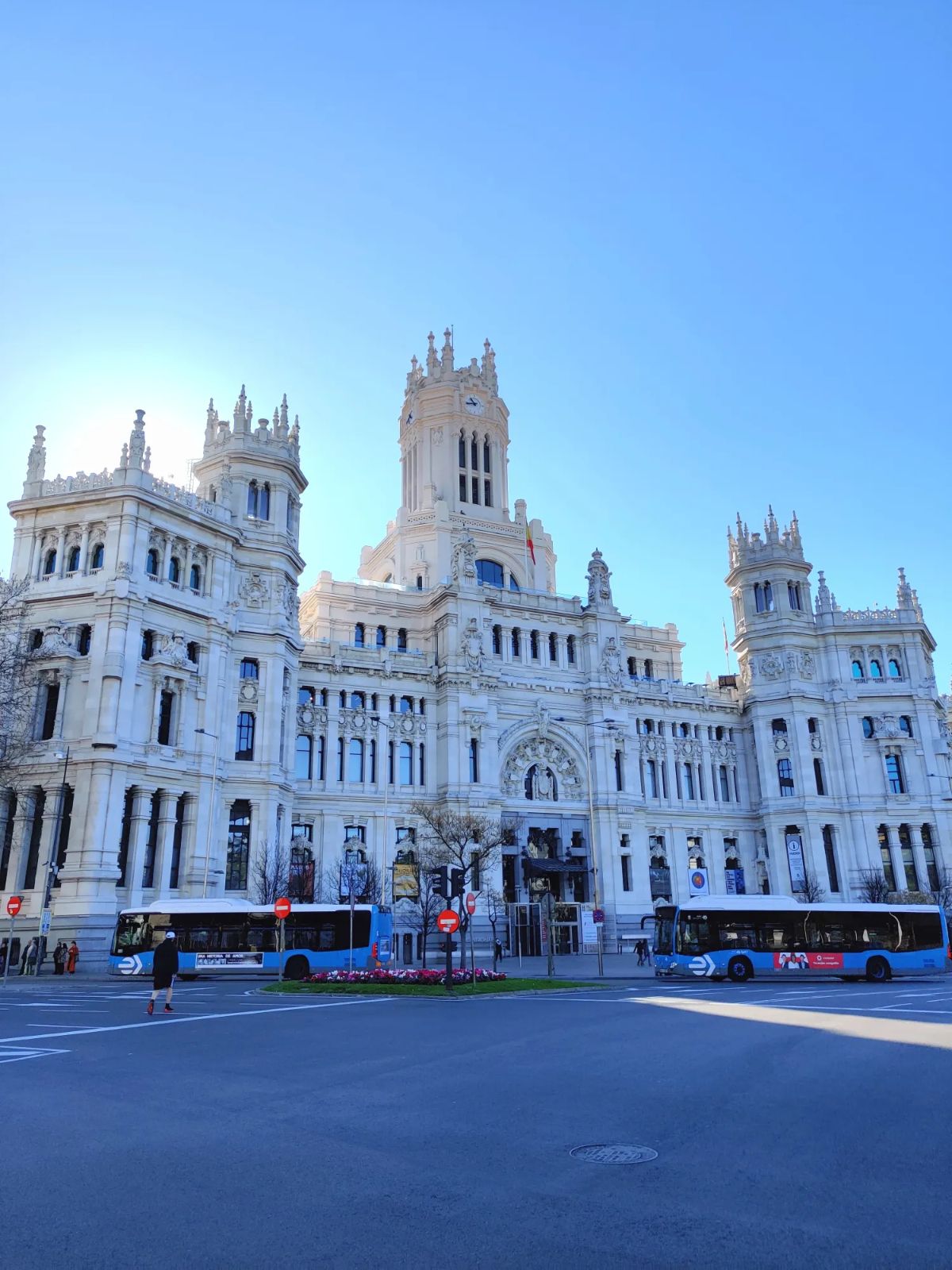
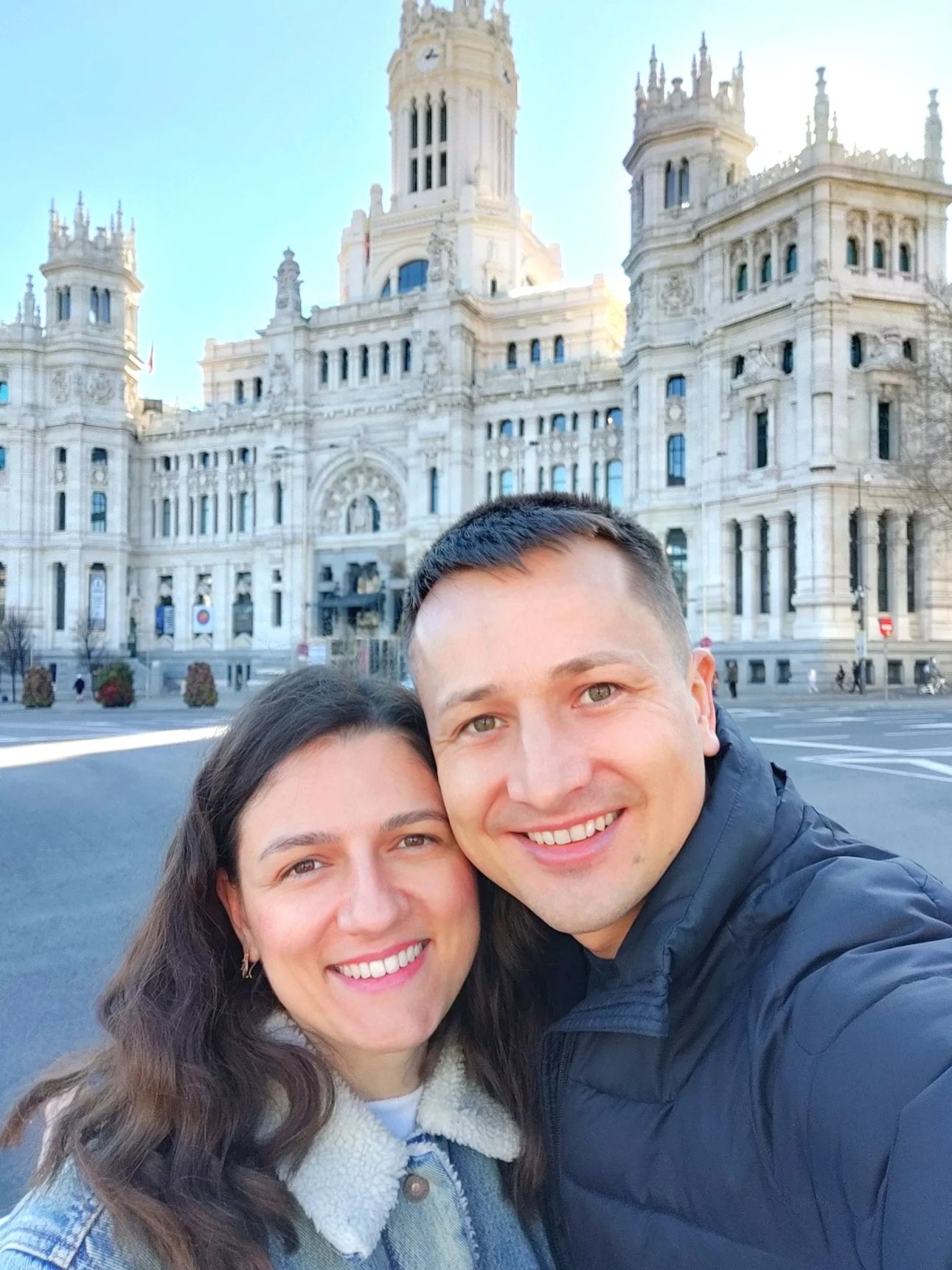
Almudena Cathedral
The classical cathedral is right next to Palacio Real and Plaza Oriente so you can visit it right after. At first, you might think that the cathedral lacks the usual grandeur of what you’d expect from Spanish grandeur, but one thing remains unique. The cathedral perfectly blends in classical and neo-gothic, beautifully showcasing both styles together.
The cathedral is dedicated and named after Santa Maria de la Almudena, the patron saint of Madrid. The Gothic Revival structure was designed by Francisco de Cubas but after a halt in construction during the country’s Civil War, the design was taken by Fernando Chueca who added the Baroque exterior design. Finally, the cathedral was completed in 1993. The height of the beautiful church is 104 metres and its width is 76 metres. There is an underground room in the Neo-Romanesque style, where you can see a picture from the 16th century of the Virgin Almudena.
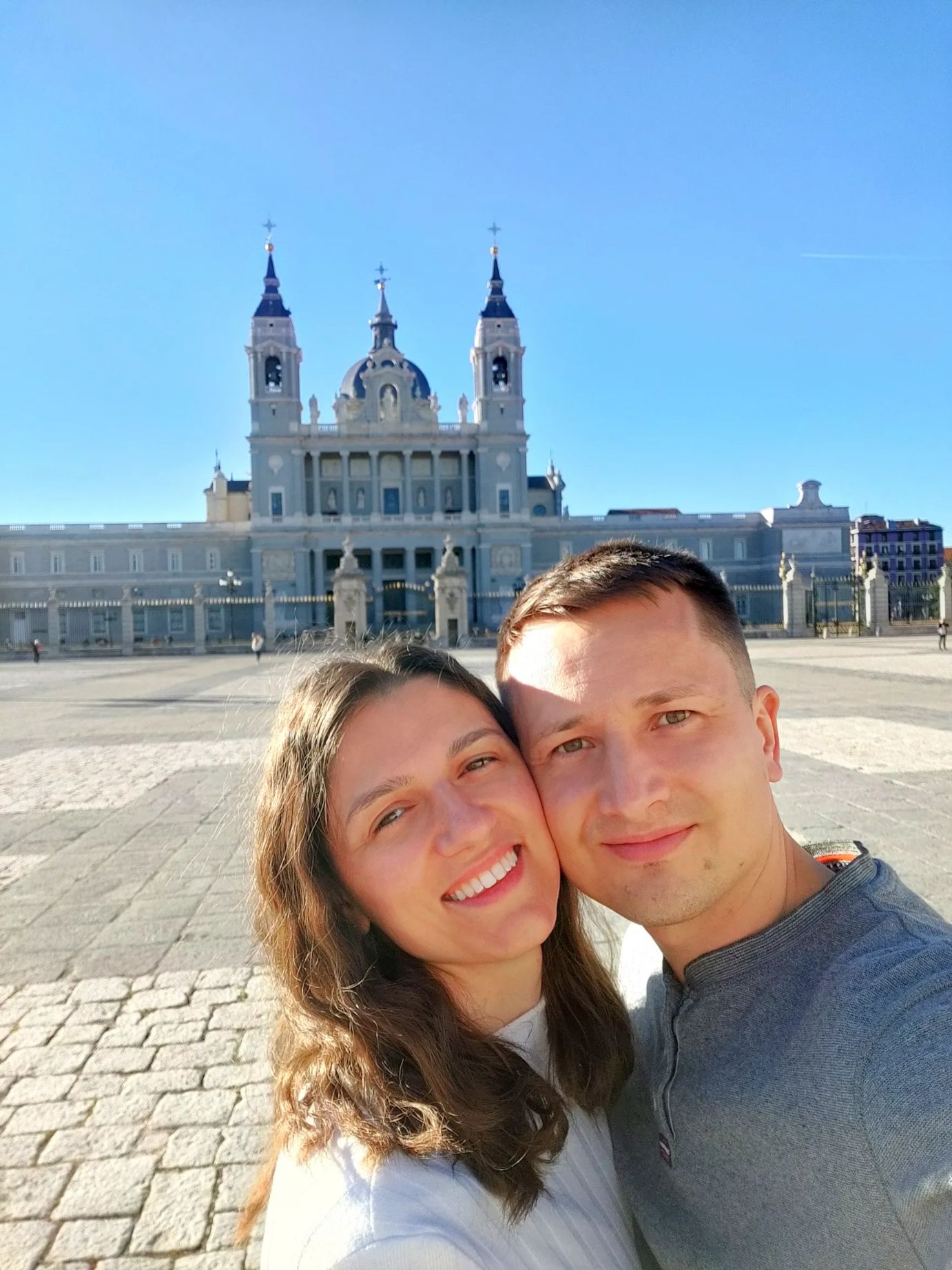
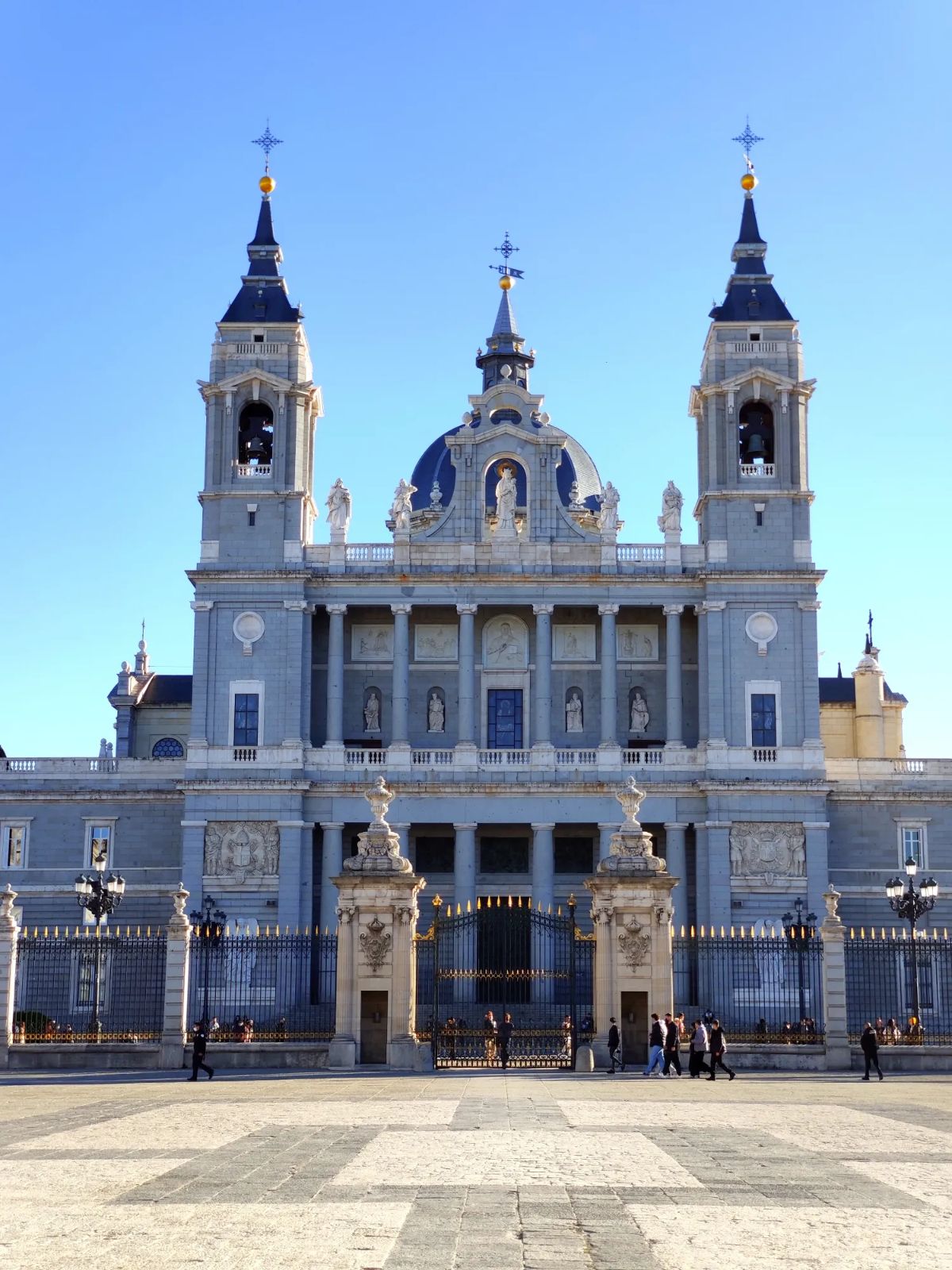
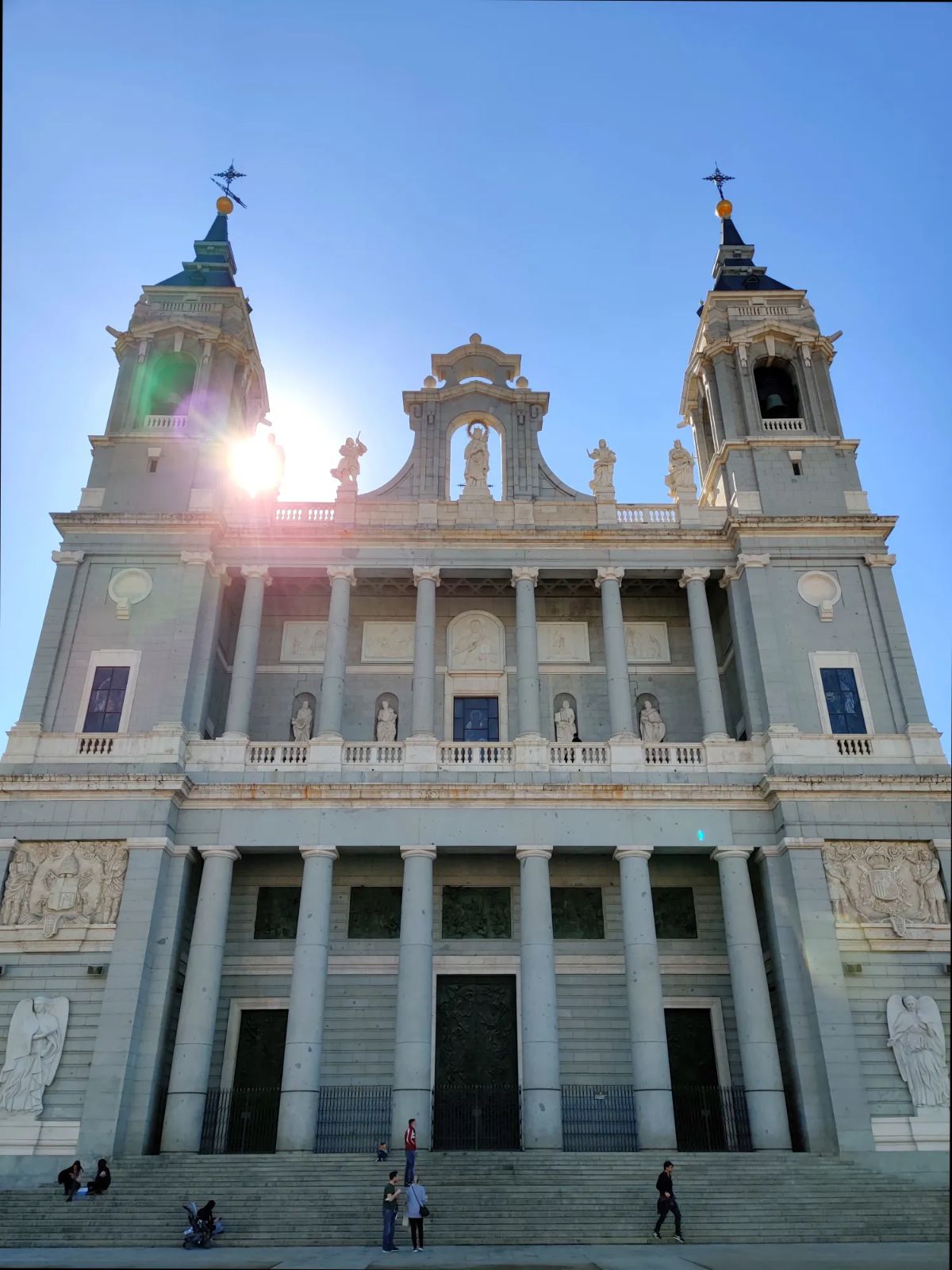
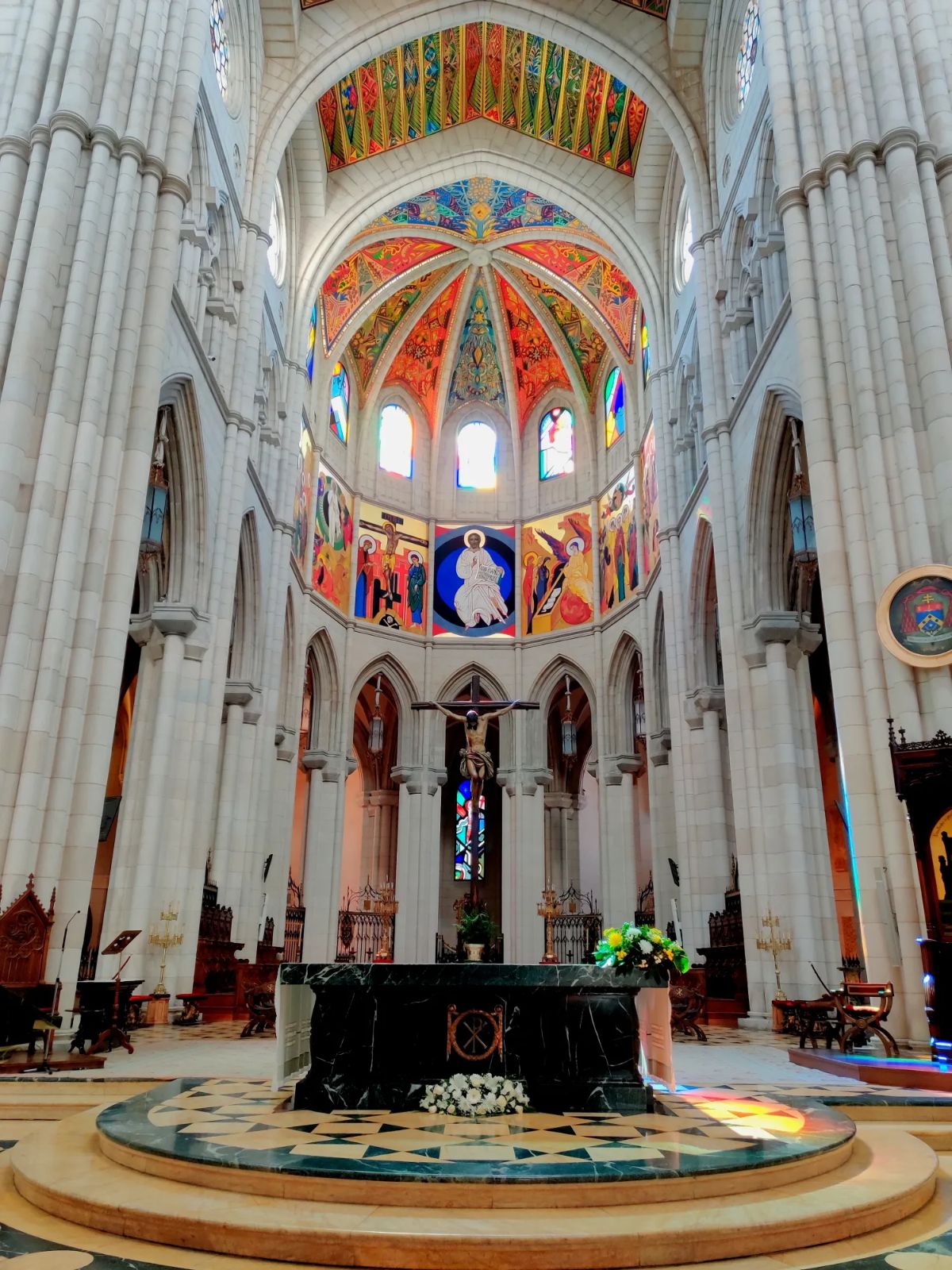
The Royal Palace
Palacio Real was built for King Felipe V and has about 2,800 rooms and a large courtyard in front of the building. The facade of the palace is adorned with spectacular murals and carvings and ceramics. In the magnificent palace, it is possible to take a Guided Tour and it is even recommended to do so, so as not to get lost among the many rooms. We entered the Royal Palace on the next day, as it was already late. Here, close by we had some cheap and delicious tapas.
The Royal Palace should definitely be on your list. In order to understand what are the famous landmarks in Madrid and why they are so important, you need to know a bit about the history of Spain. First things first! Spain is a monarchy. It’s officially called the Kingdom of Spain and has Madrid as its capital. The royal family, the House of Borbón, has been reigning since 1700. Their official residence is in Madrid. Please note that the royal family has no political power but a very important public and cultural role. Known for its rich history, the Royal Palace was built during the reign of King Philip V, in the 1700s. It was built on the location of the Moorish Alcazar fortress-palace in Madrid that was burnt down in 1734. The architecture lures you back into the neo-classical times. It also is Western Europe’s biggest royal residence! When we think of Royal palaces in Europe, we tend to think there is only Buckingham Palace in London but that’s not the case! The Royal Palace in Madrid is bigger and absolutely gorgeous!
If you can, go inside to experience the history of the palace, since the frescoes, paintings are all worth seeing. The paintings are by extremely famous Spanish and Italian artists such as Goya, Velazquez and Caravaggio. There’s also an exhibit of a collection of royal items – jewellery, tapestry, etc
We visited the Royal Palace on our last day, but unfortunately we were not allowed to take pictures, only at the entrance and in the very first room.
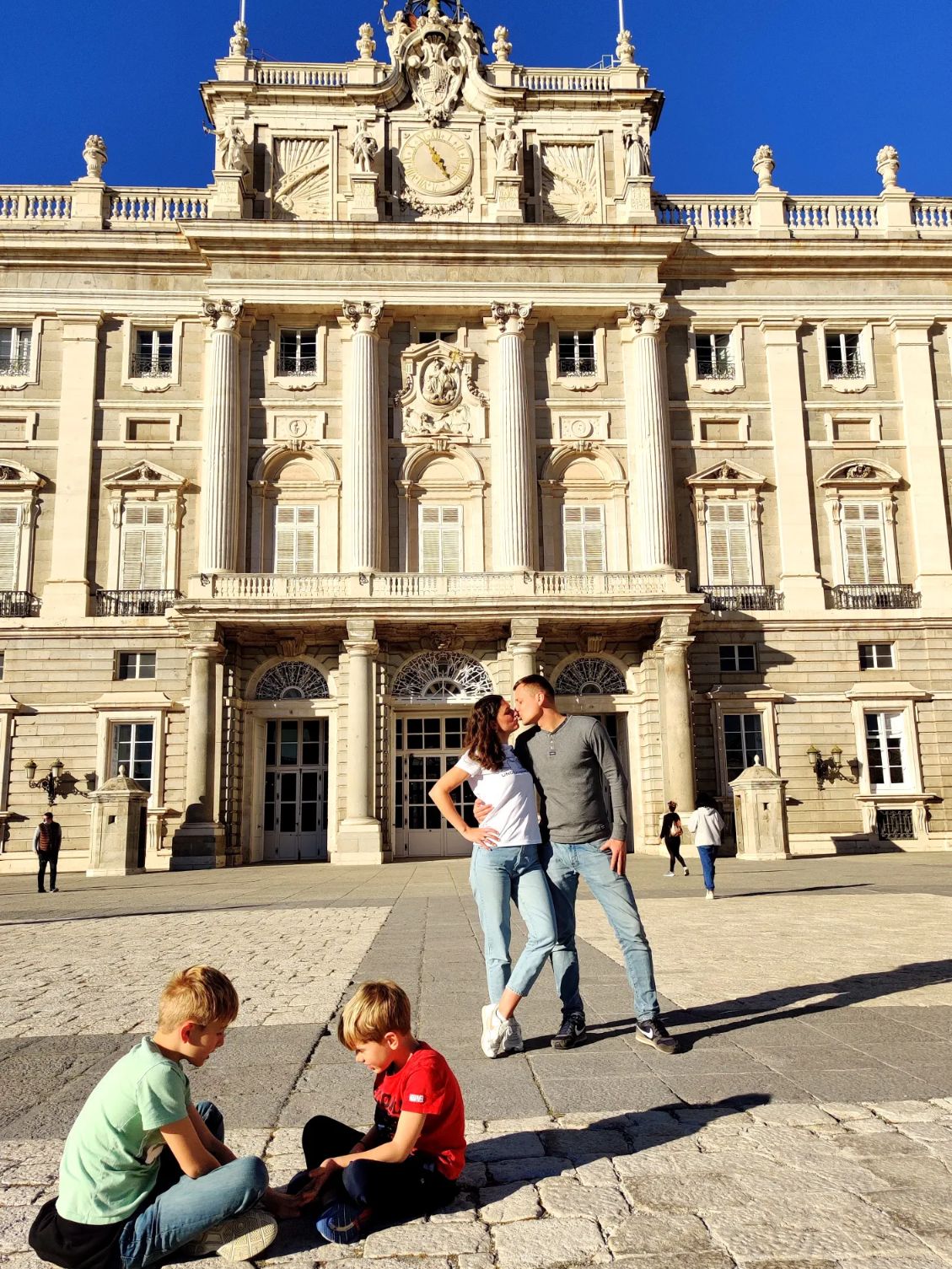
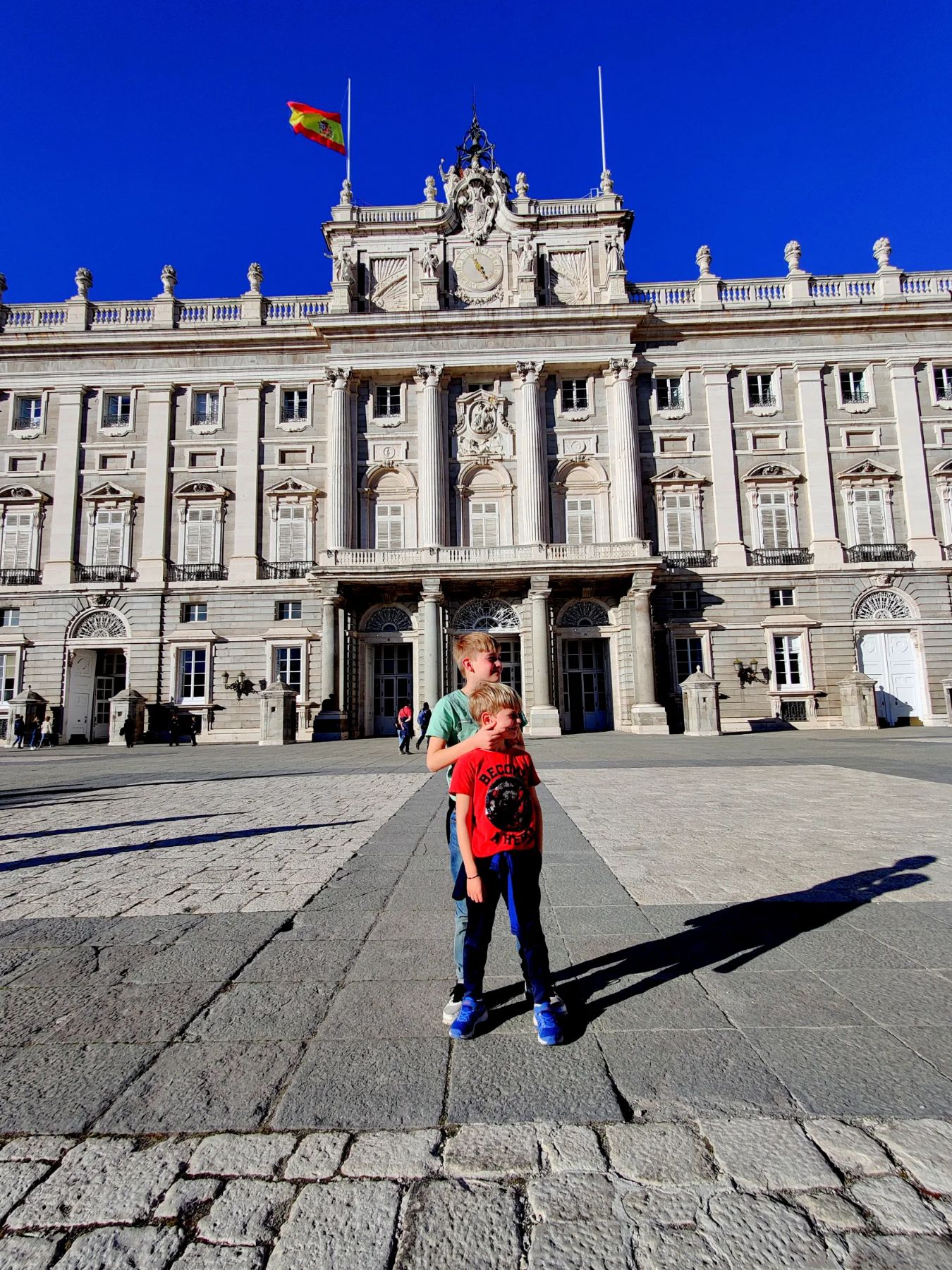
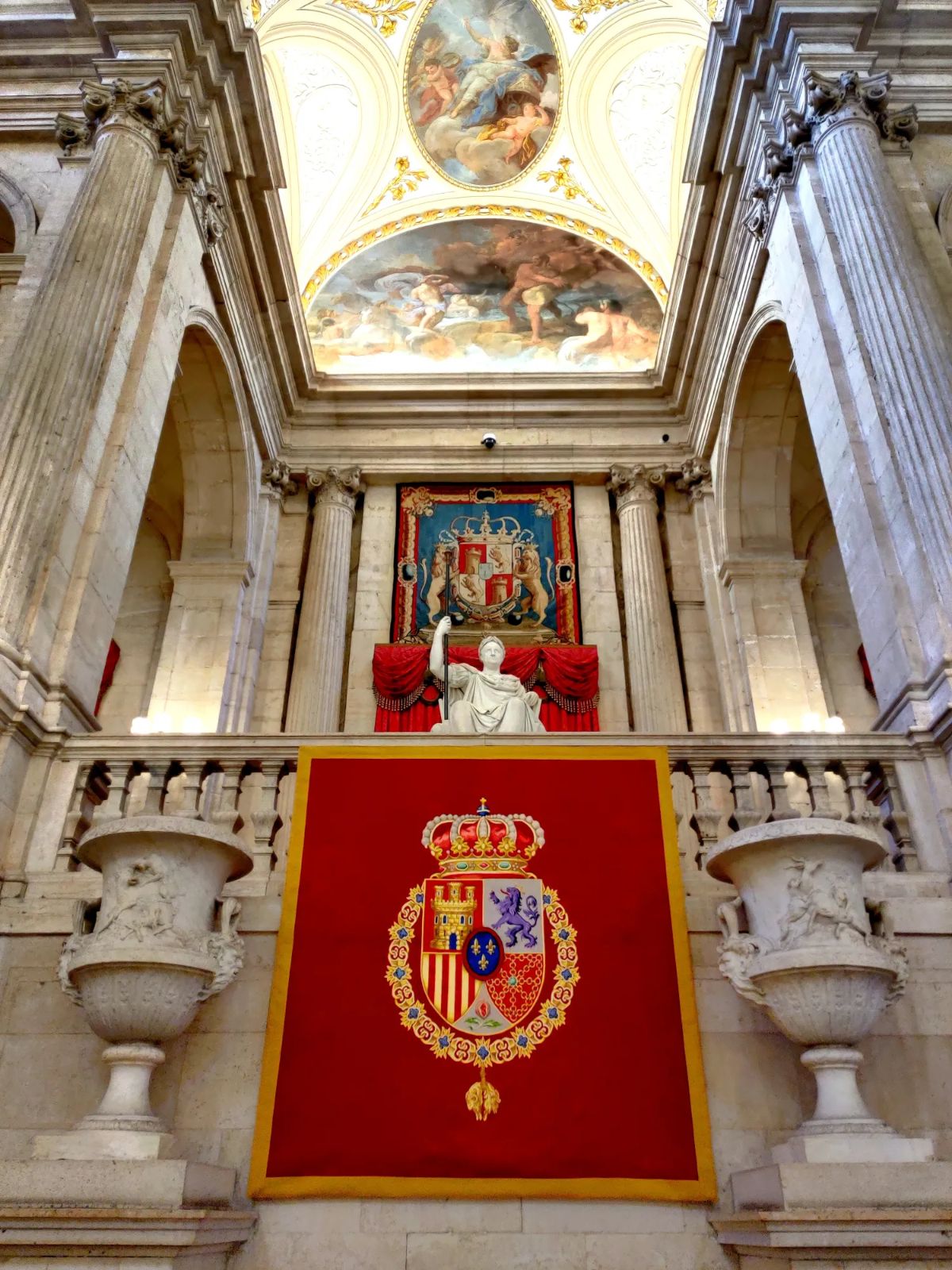
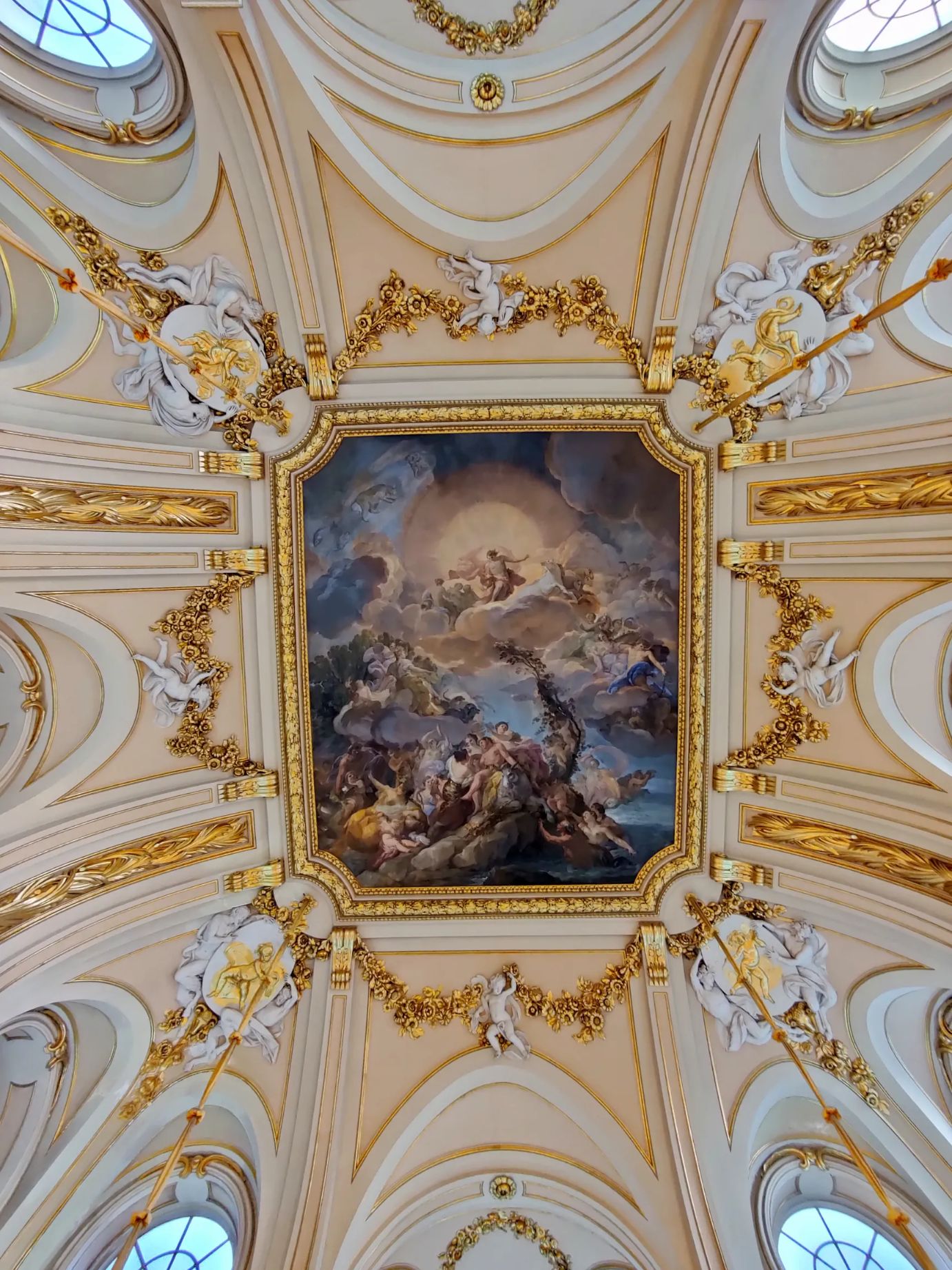
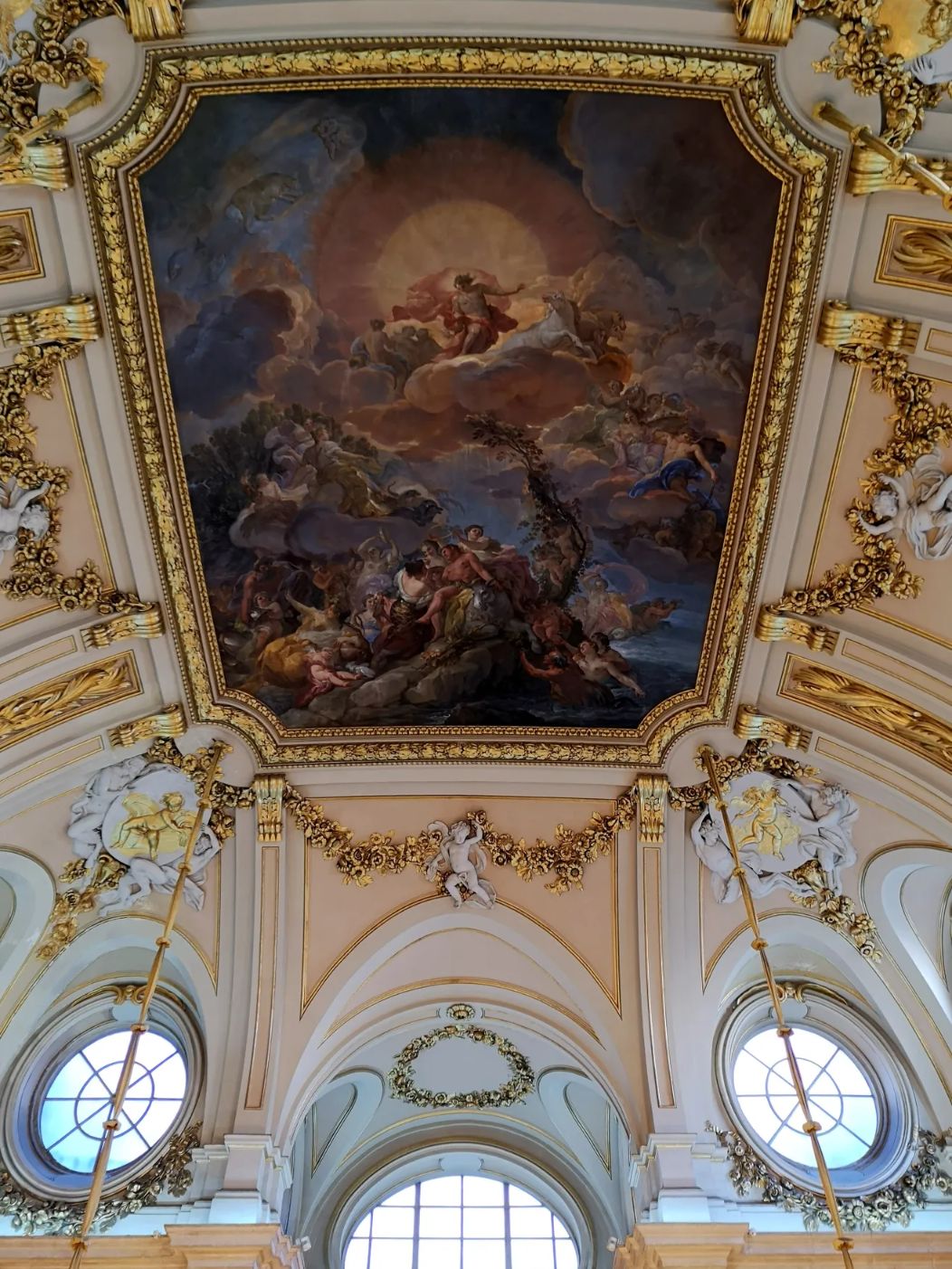
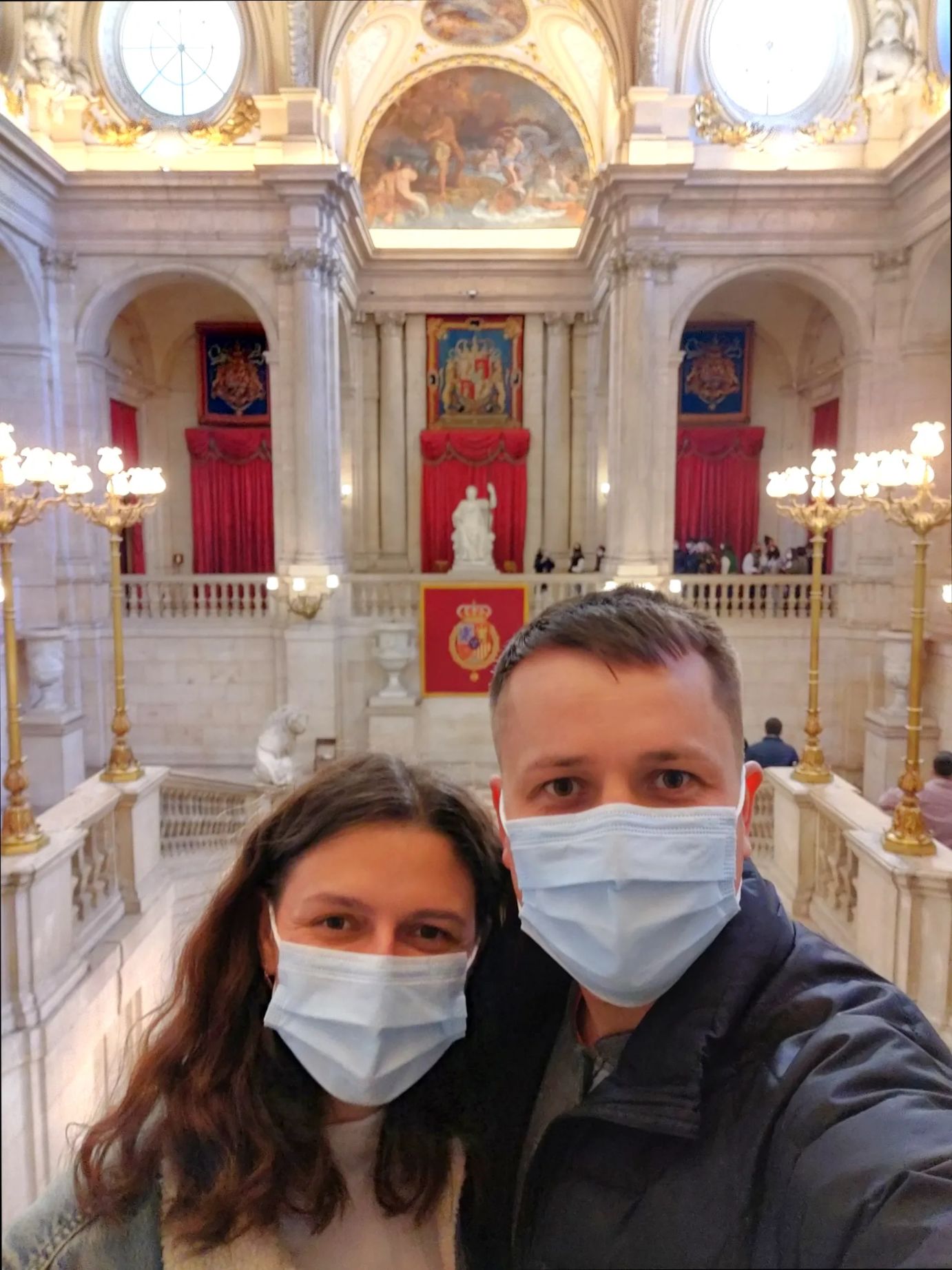
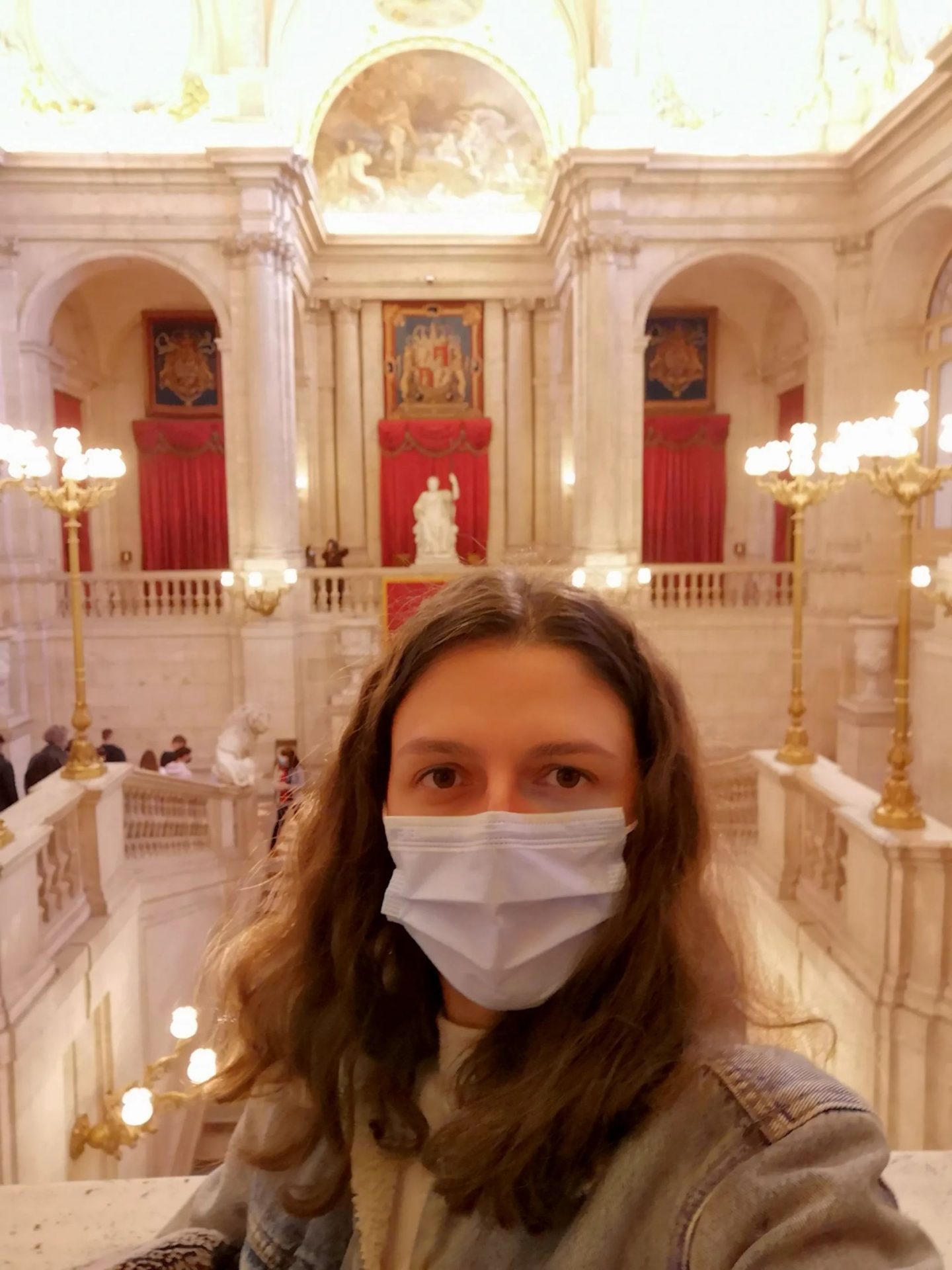
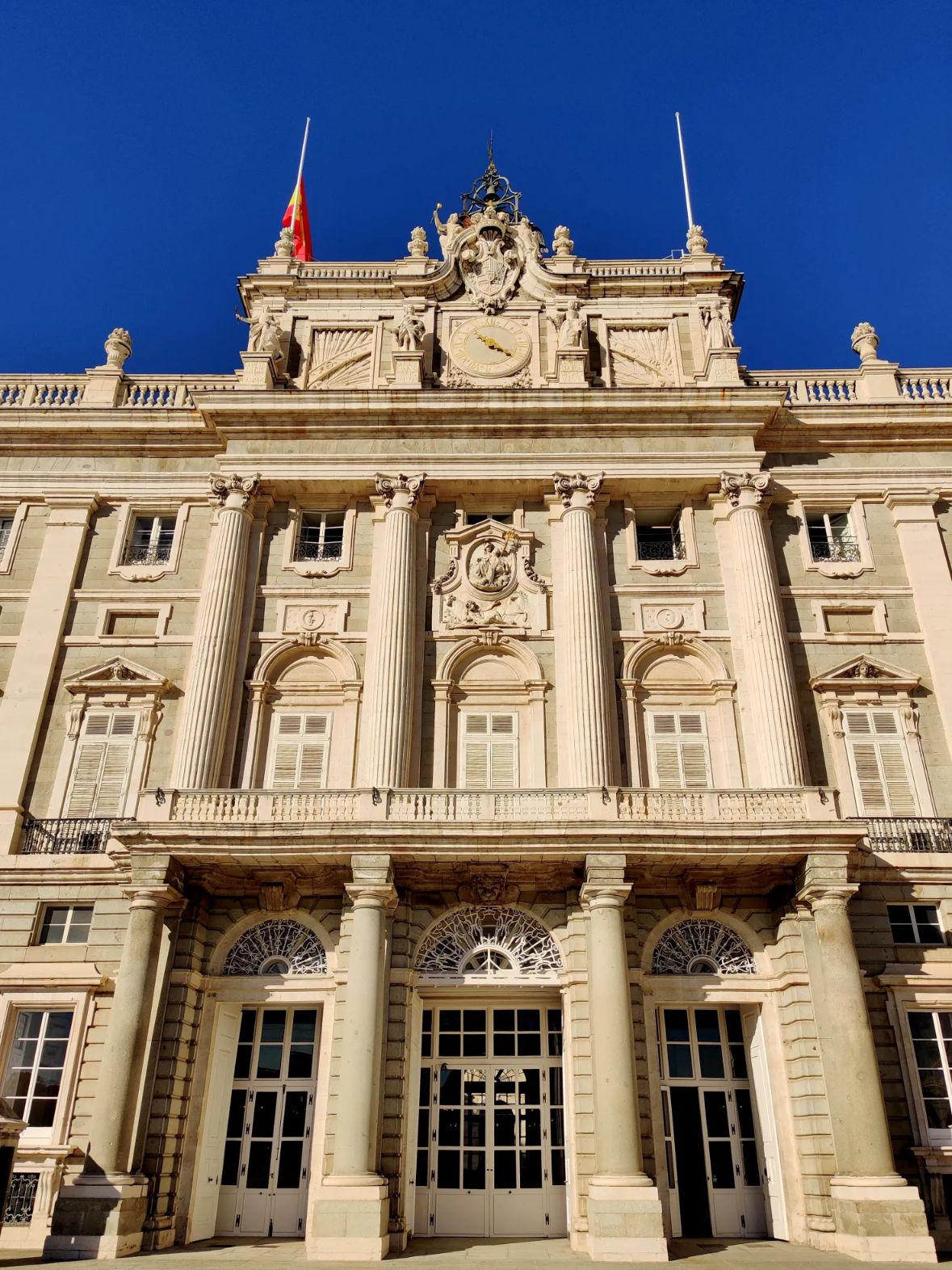
Gran Via
Walk around Gran Via This is definitely Madrid’s most famous street. The energy that permeates through the streets, the shimmering lights, the large buildings all add to the pulsing energy of the street that never sleeps.
On our way we even saw the famous bear that represents the city of Madrid.
We came back late, and our Hop On Hop Off Bus worked till 6pm, we went walking to the apartments.
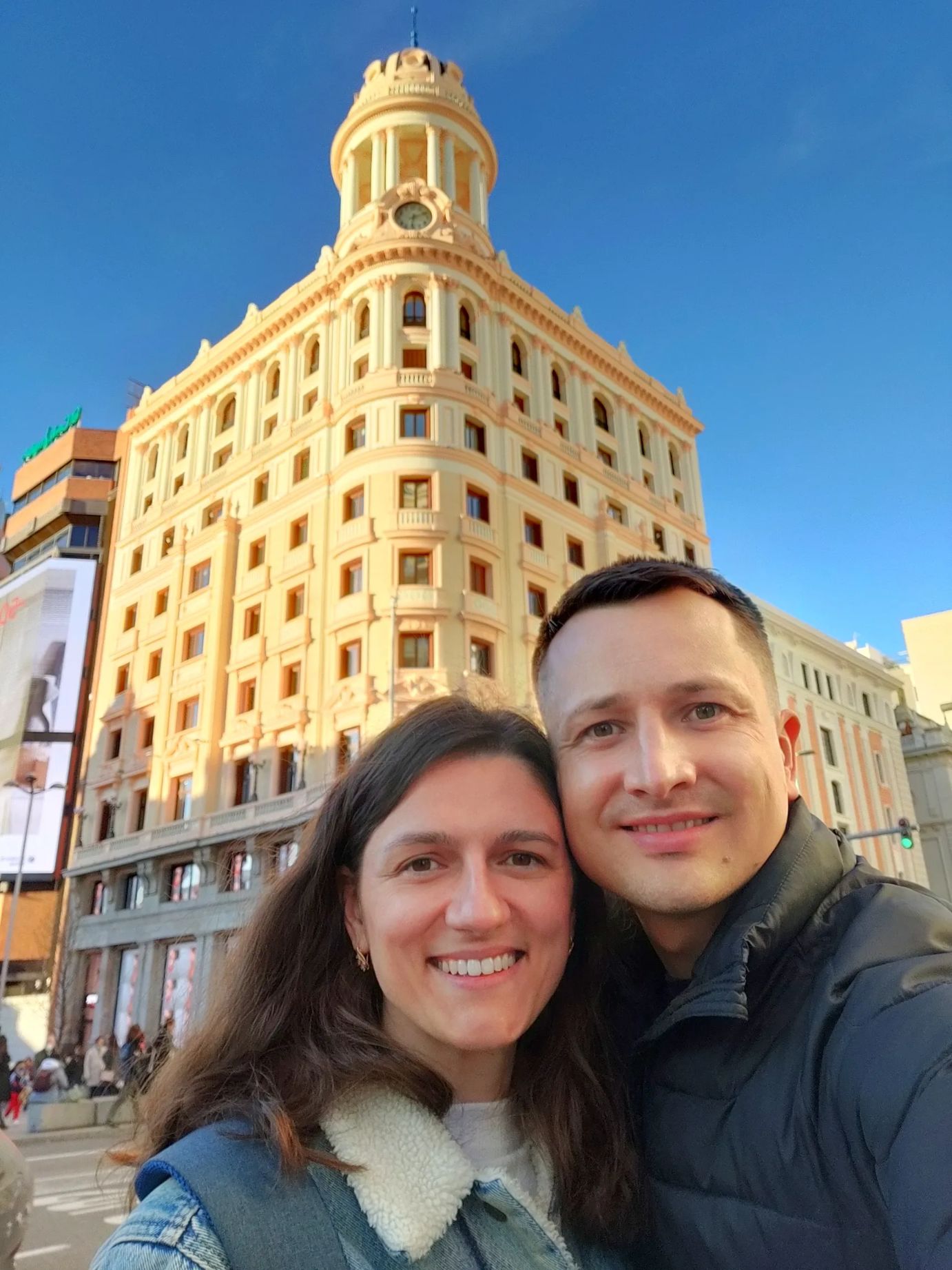
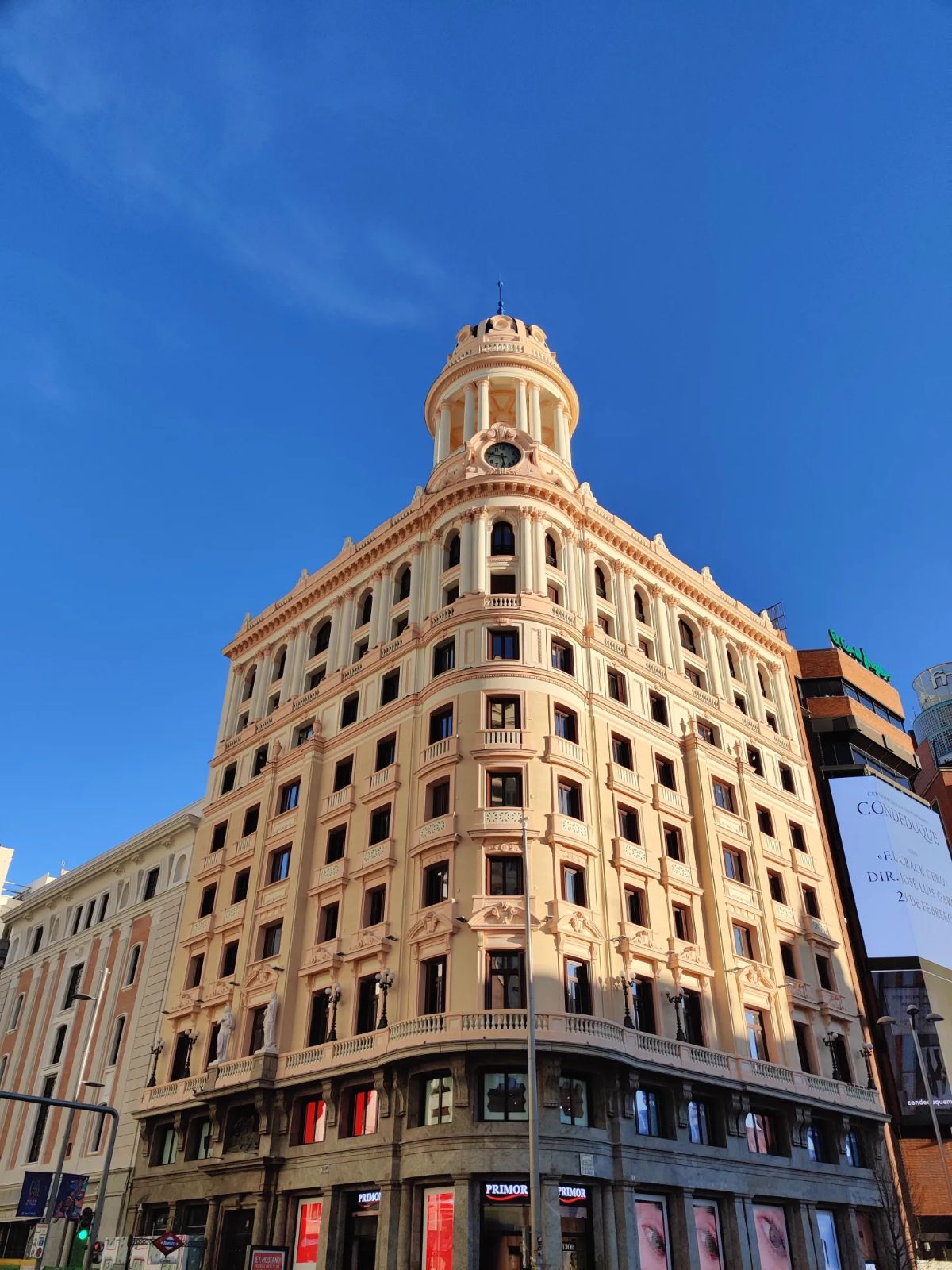
Day 4 in Madrid.
Last day in Madrid was as slow as the first one. The difference is that we walked around, and our first and main place was The Royal Palace, and to visit it inside. Below I will leave some pictures from what we saw on our way there and back.
As mentioned before, The Royal Palace is worth visiting to understand the culture and the history of Spain. For us it was super important to visit it, as this year 2022, we became the citizens of Spain, and our kids are citizens from 2020. When living in a place for such a long time, you have to know the history of the place, to understand the people who lived there for centuries.
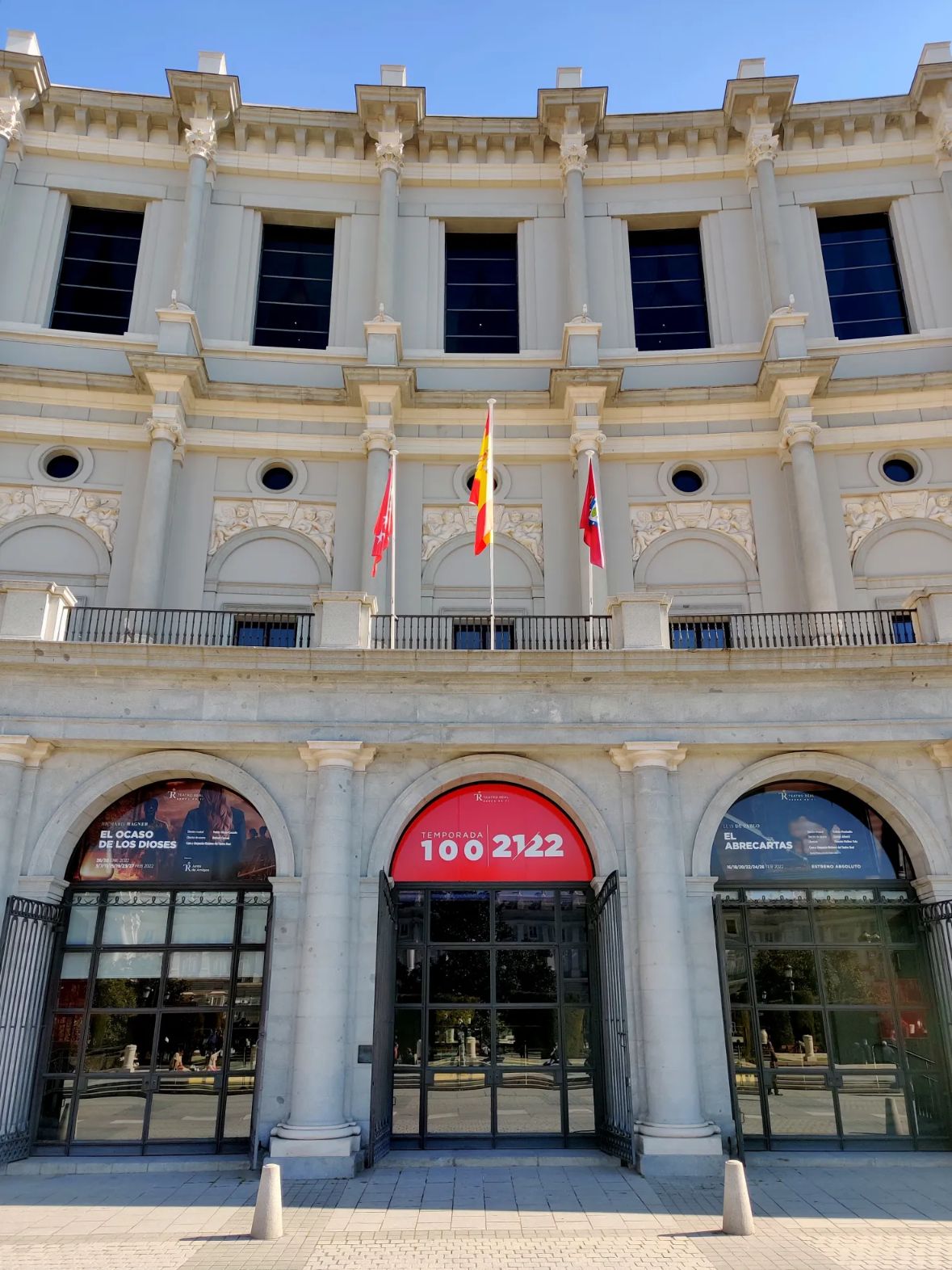
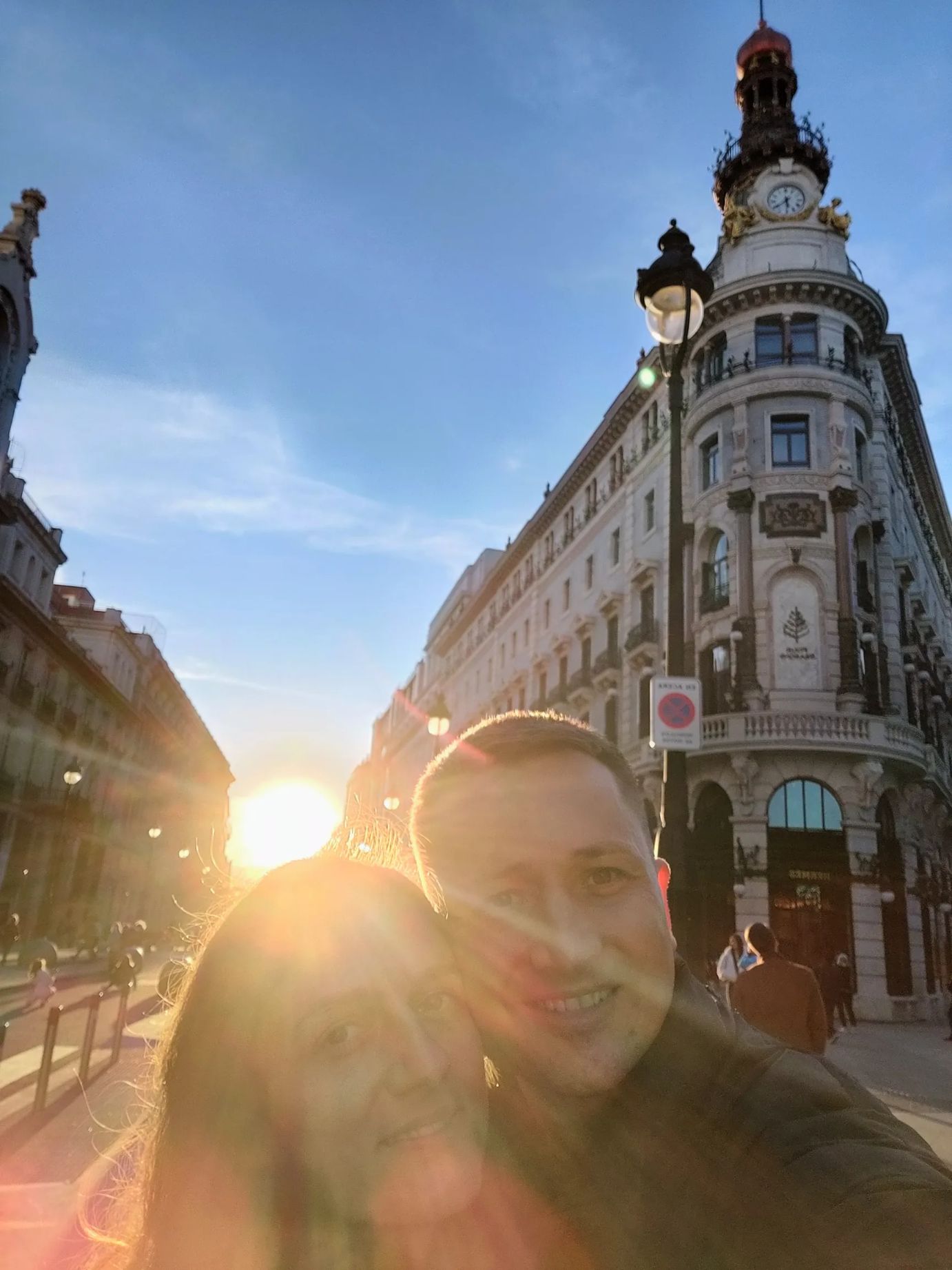
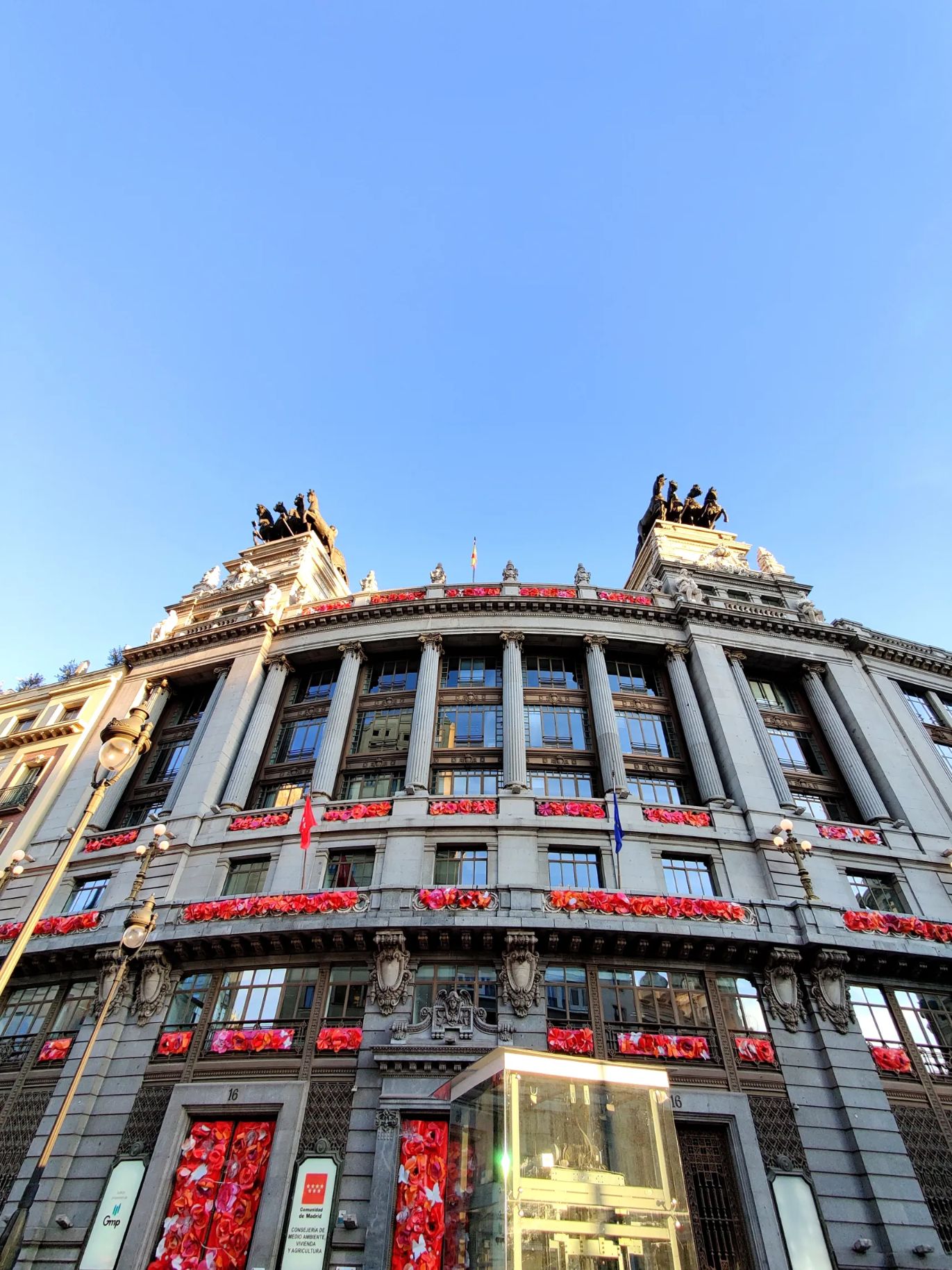
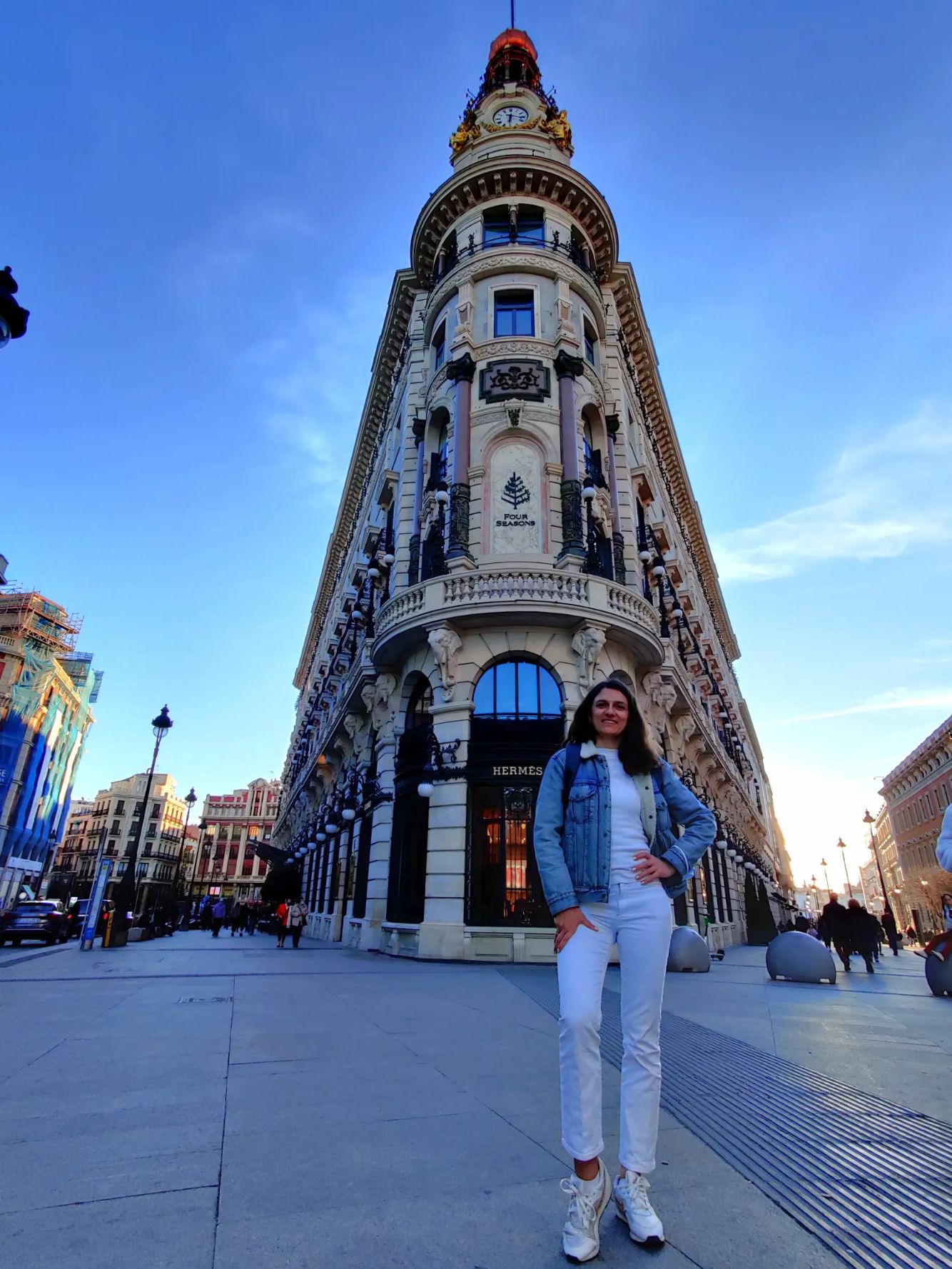
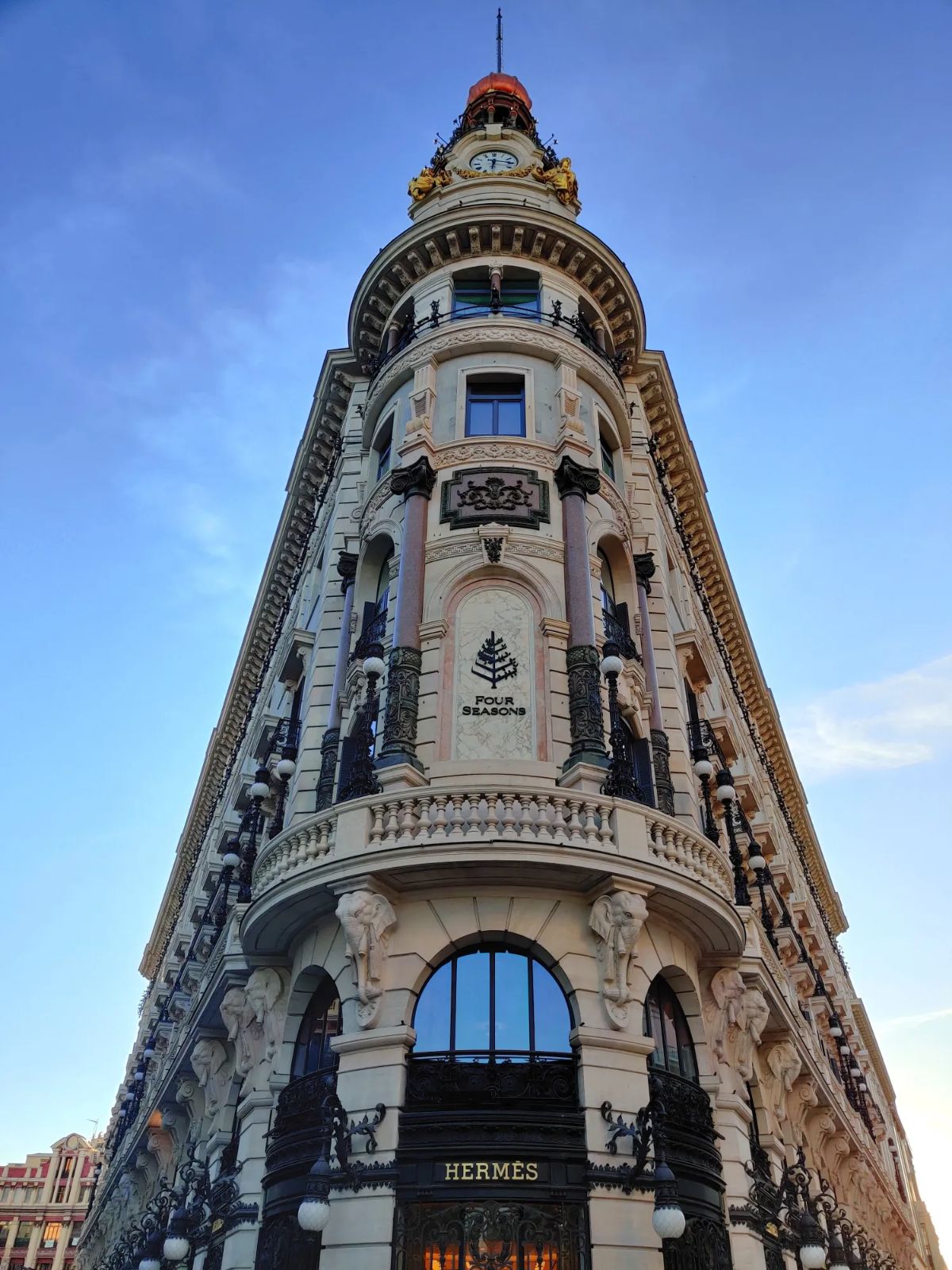
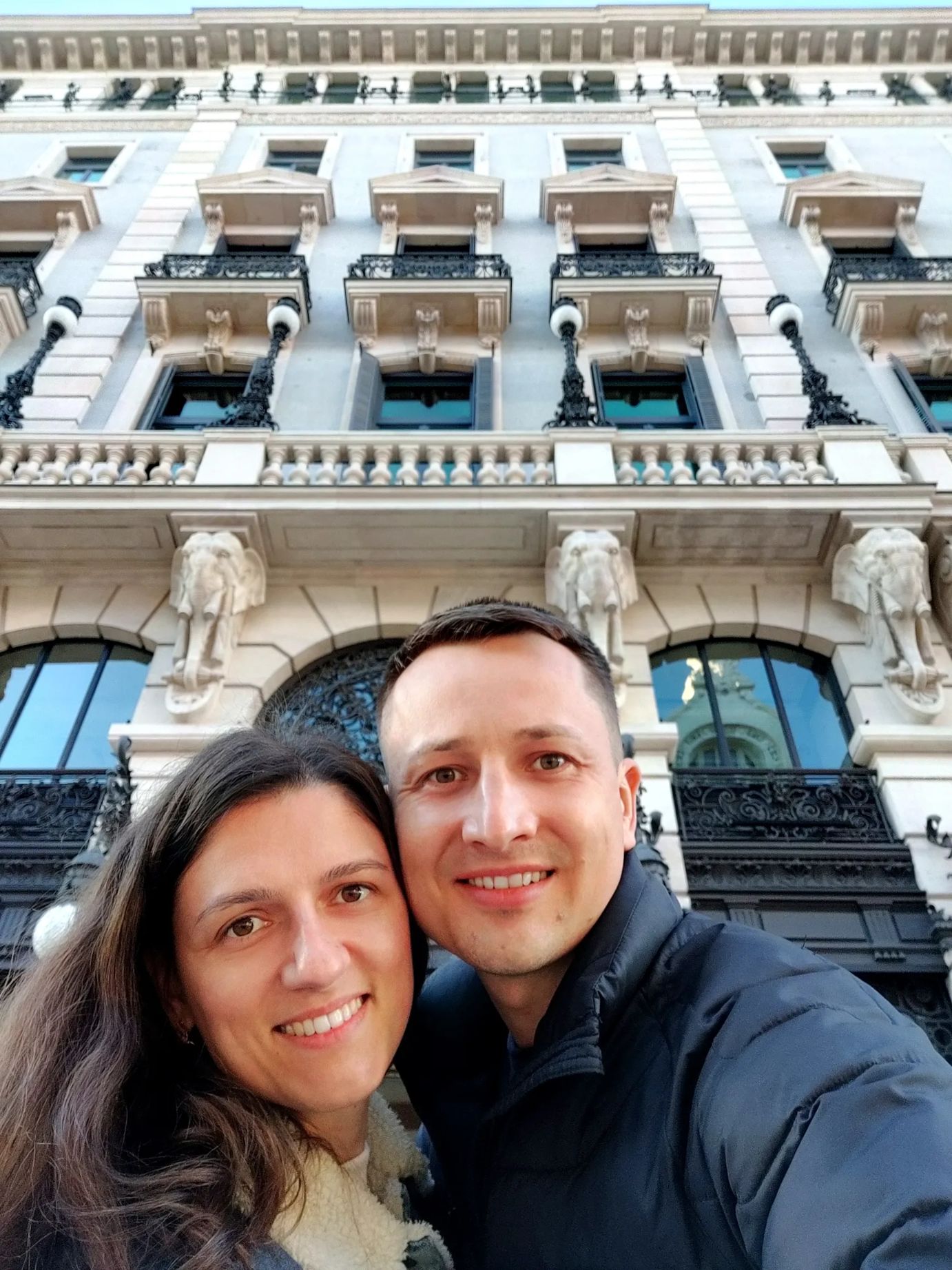
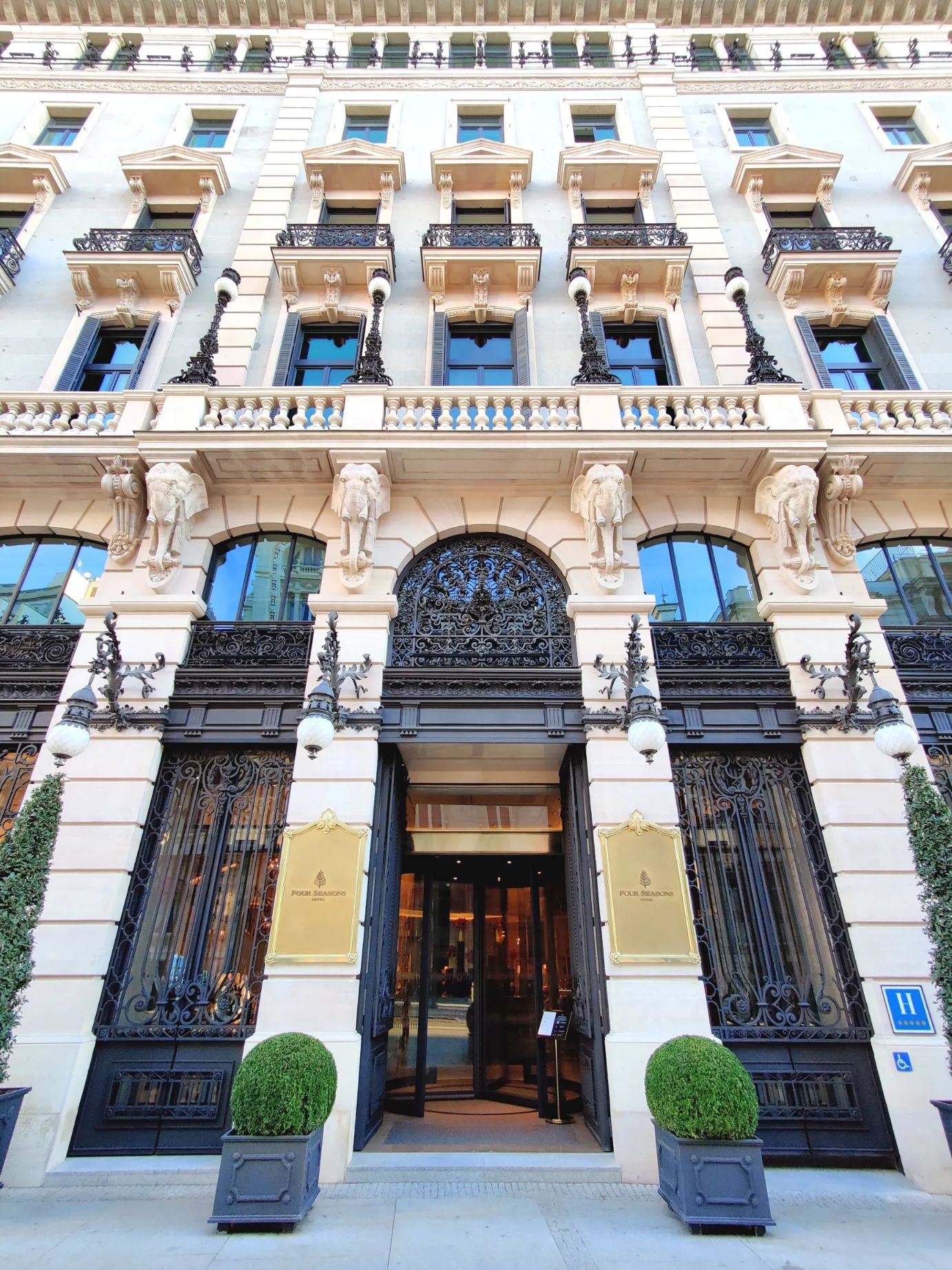
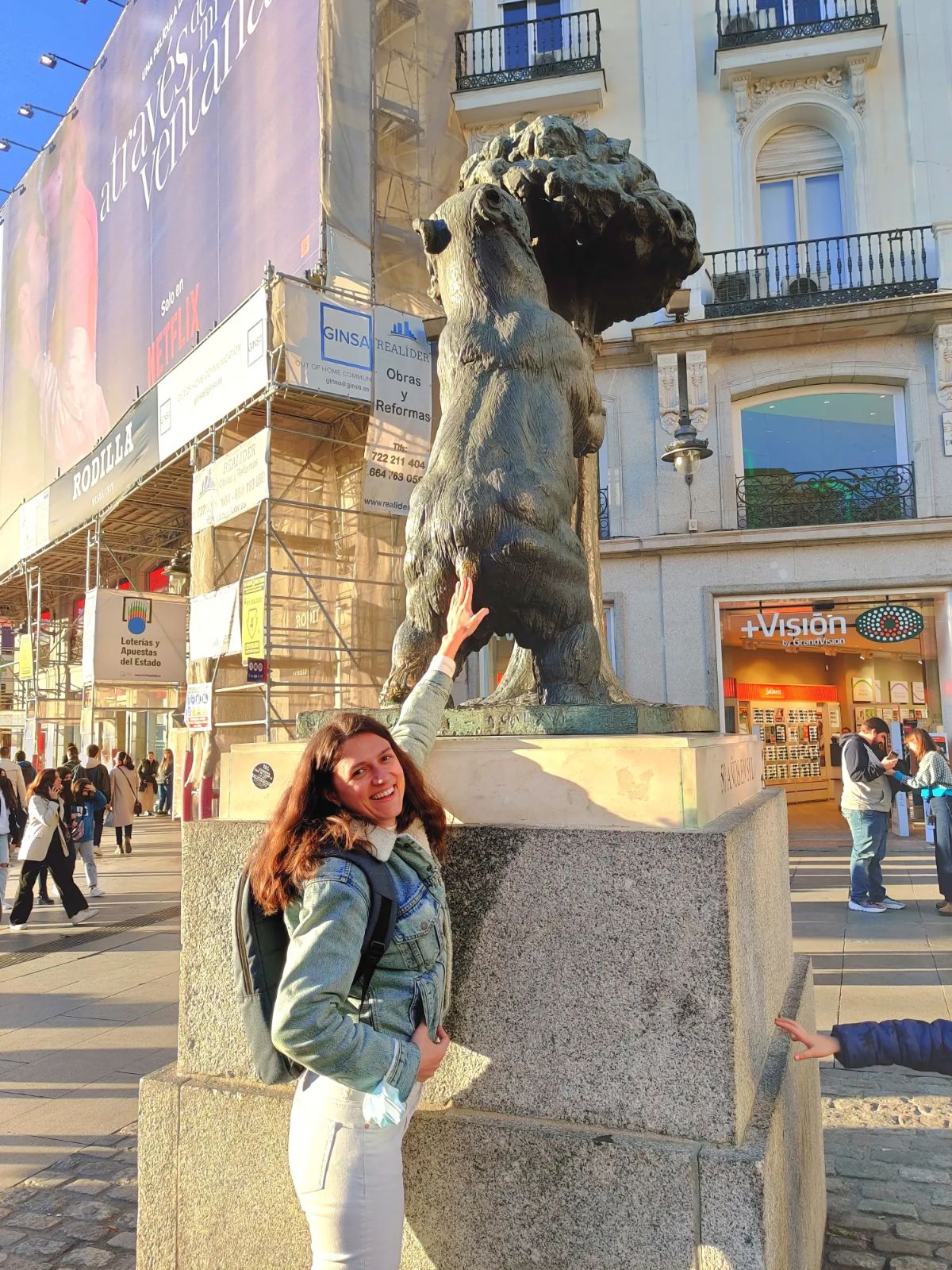
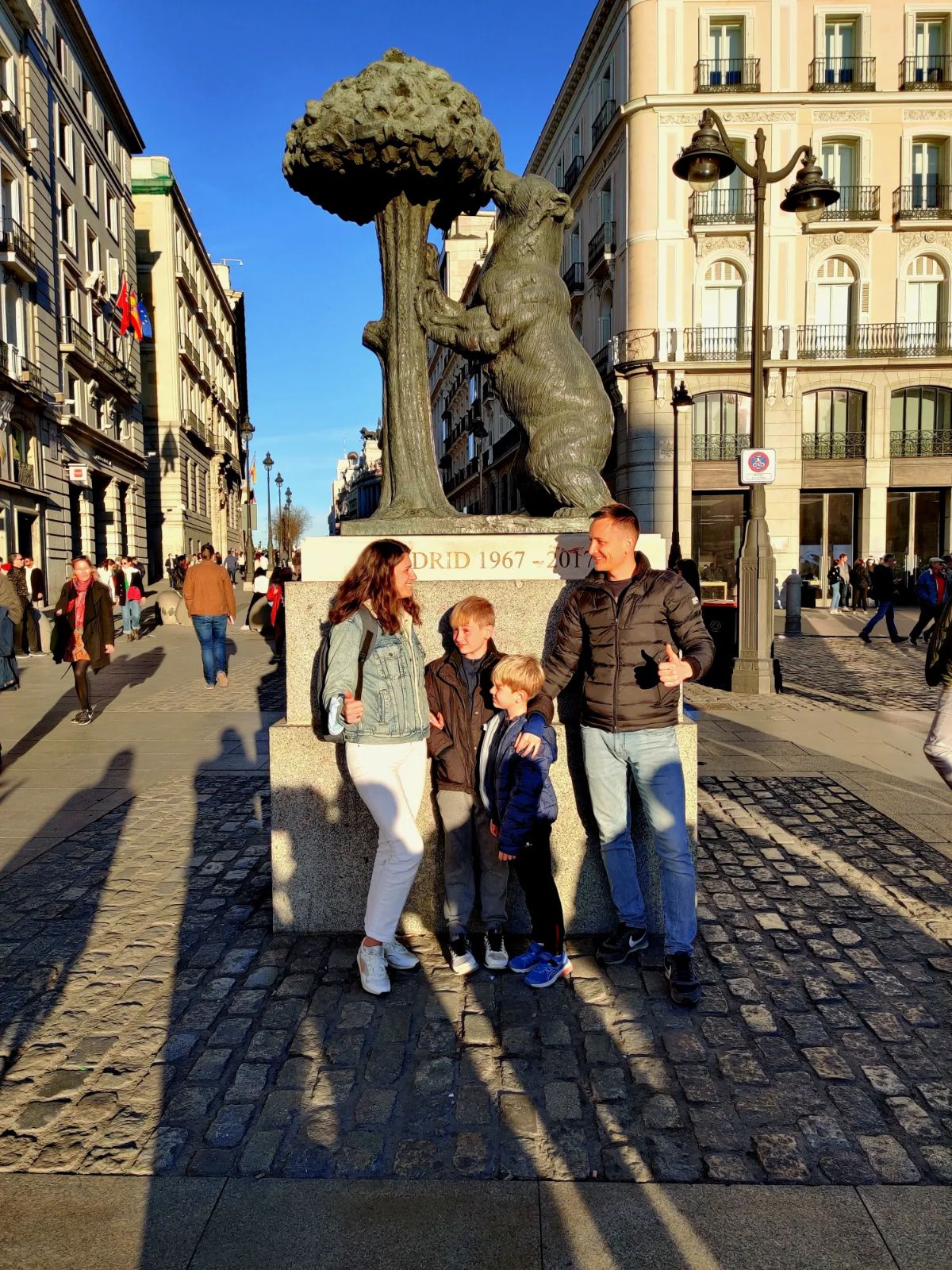
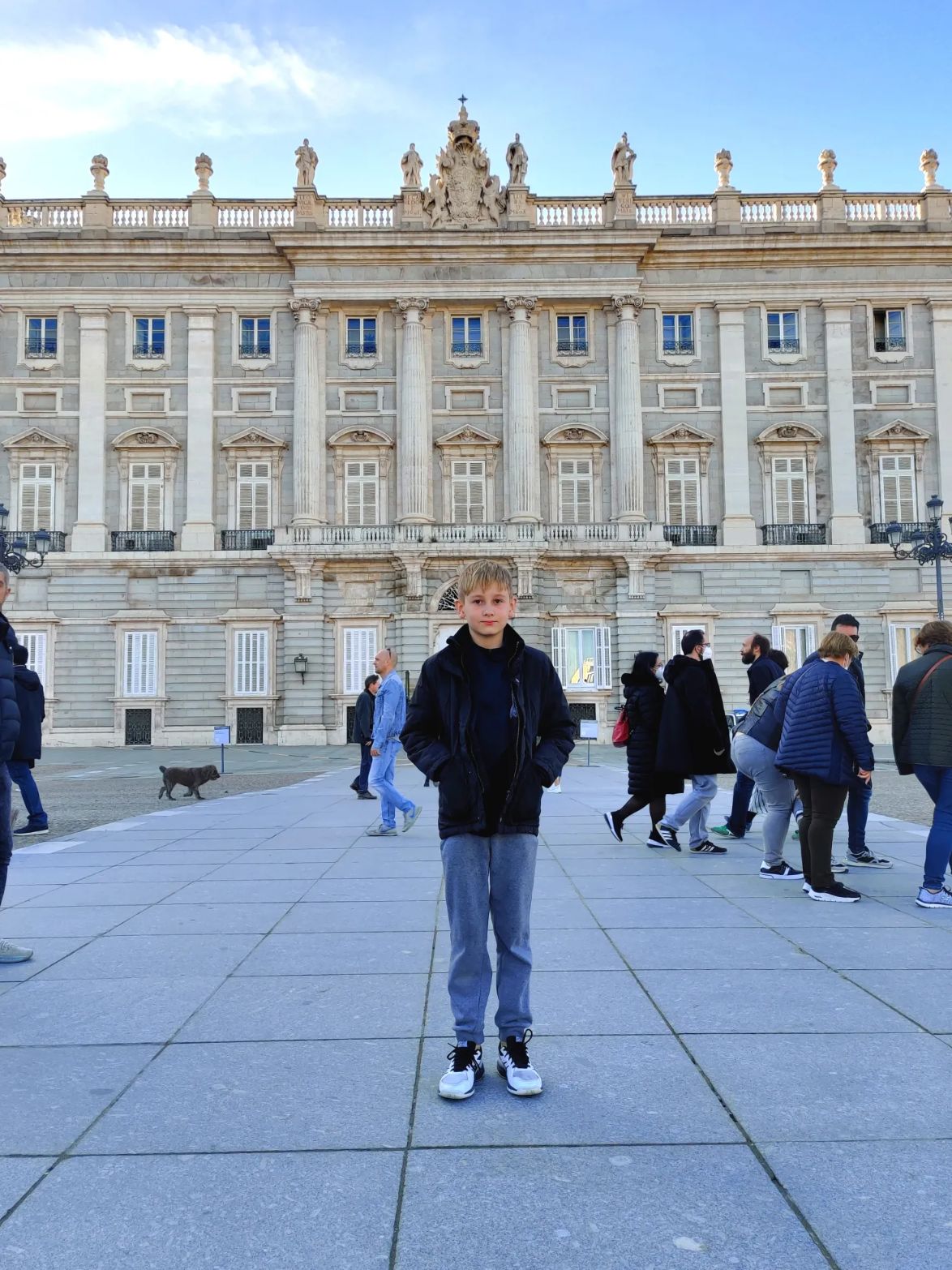
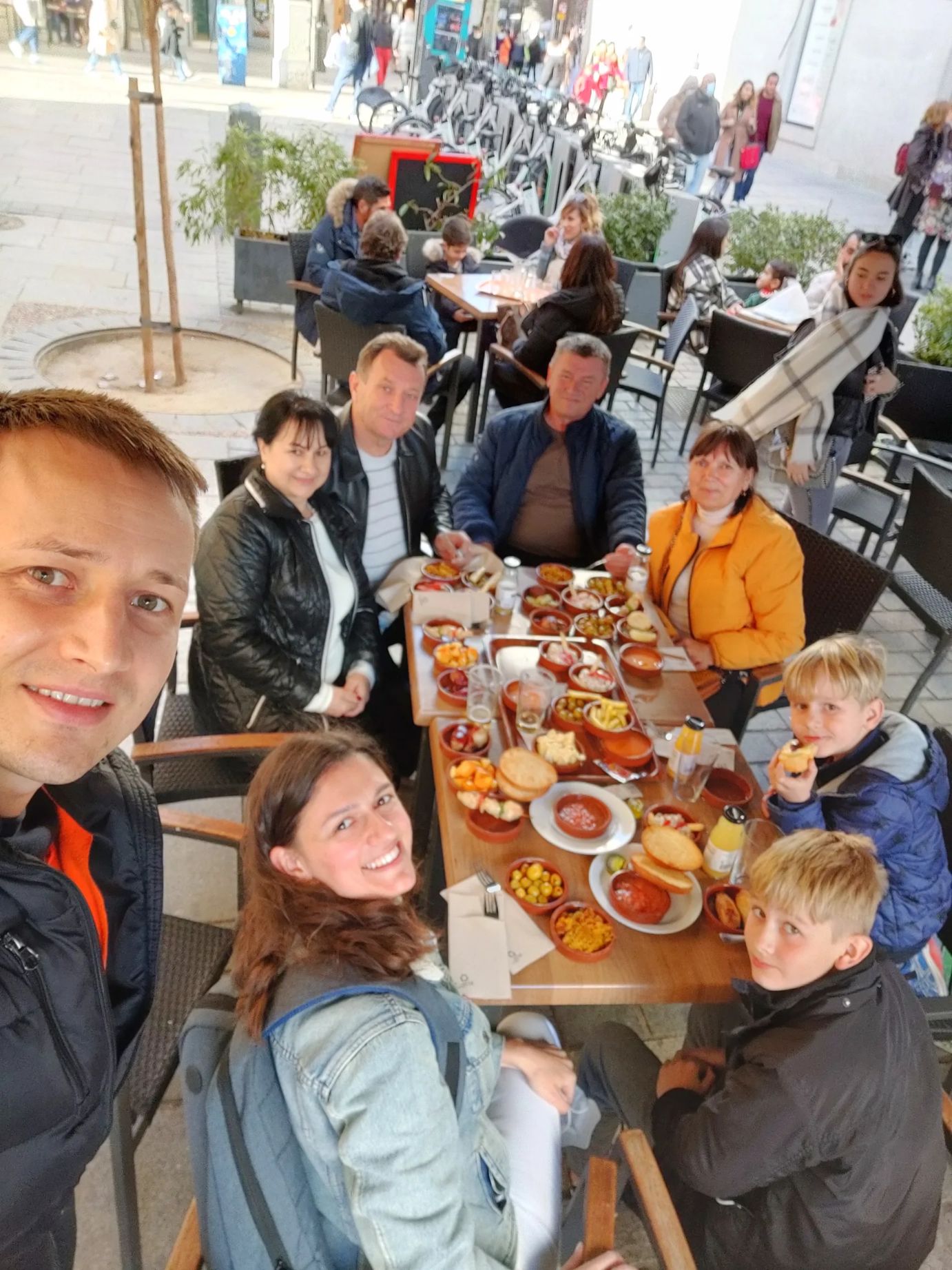
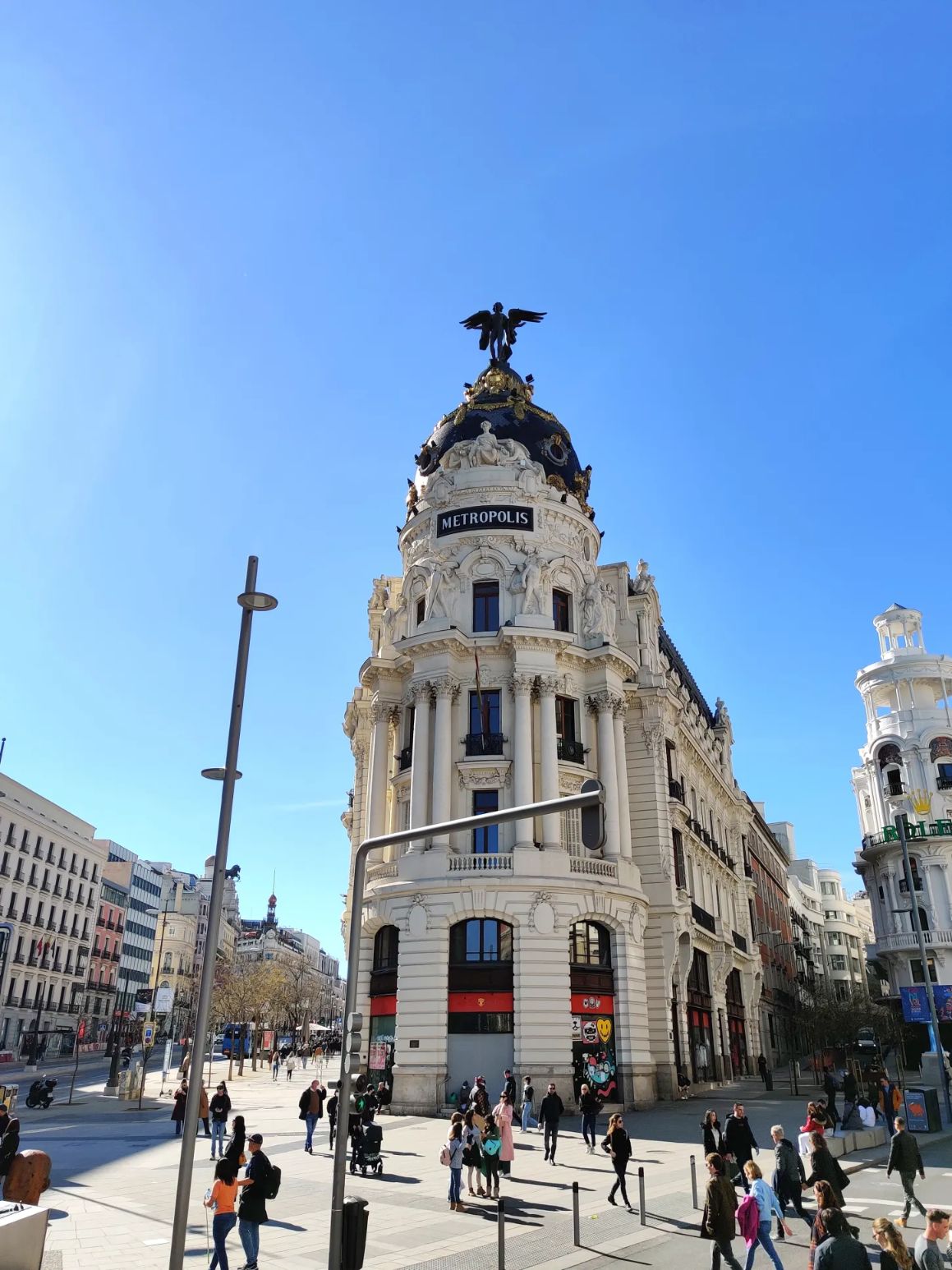
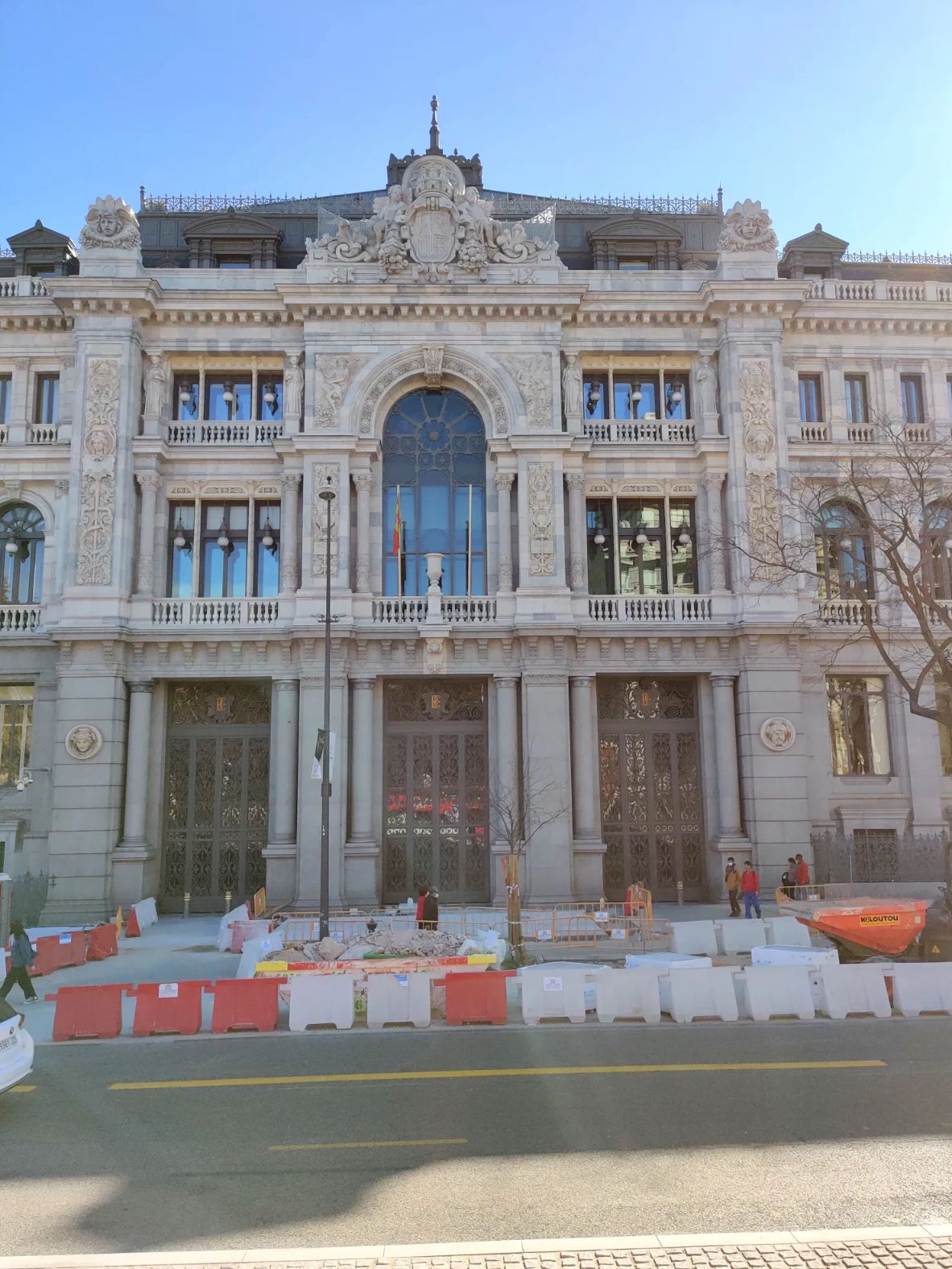


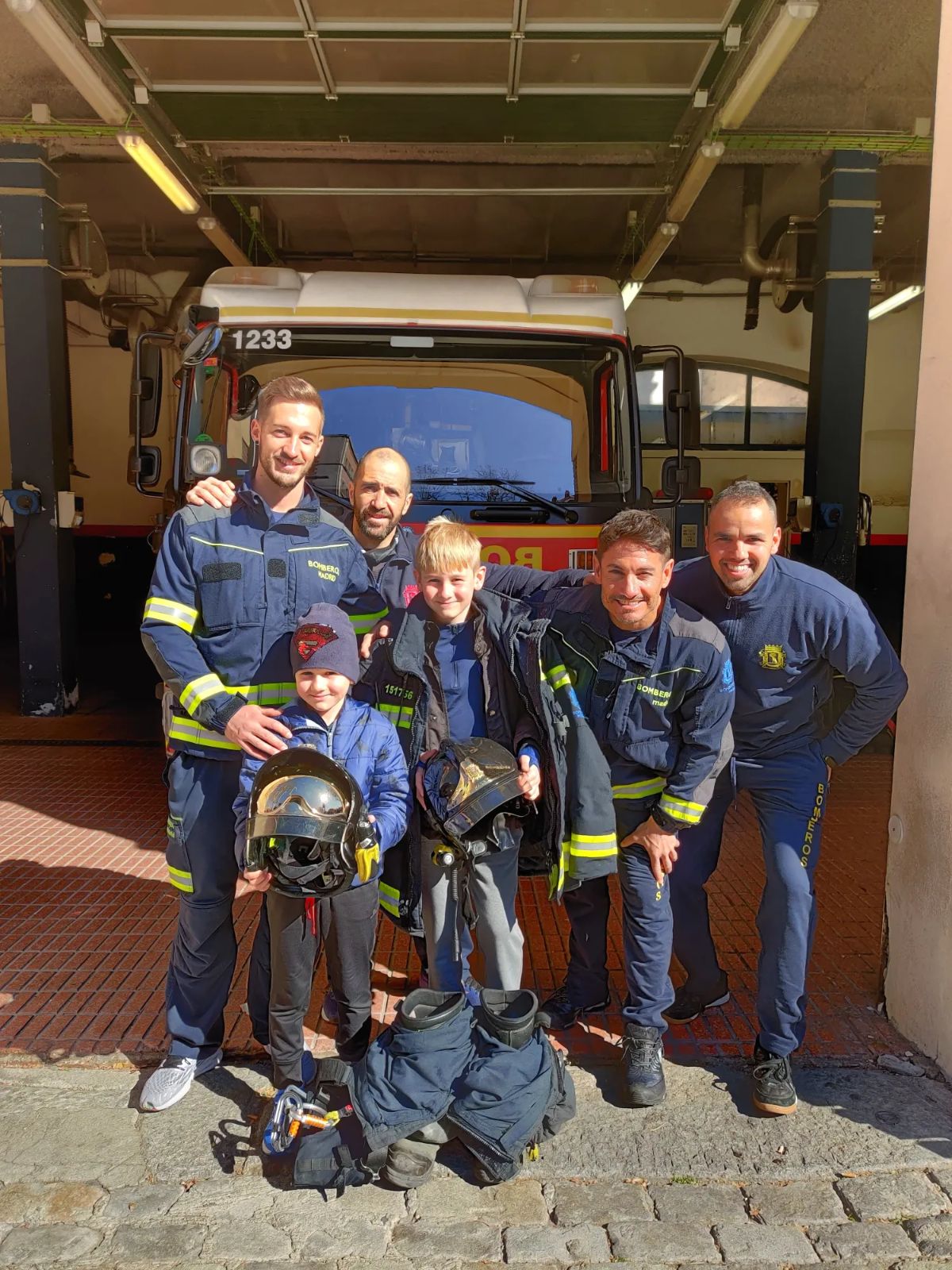
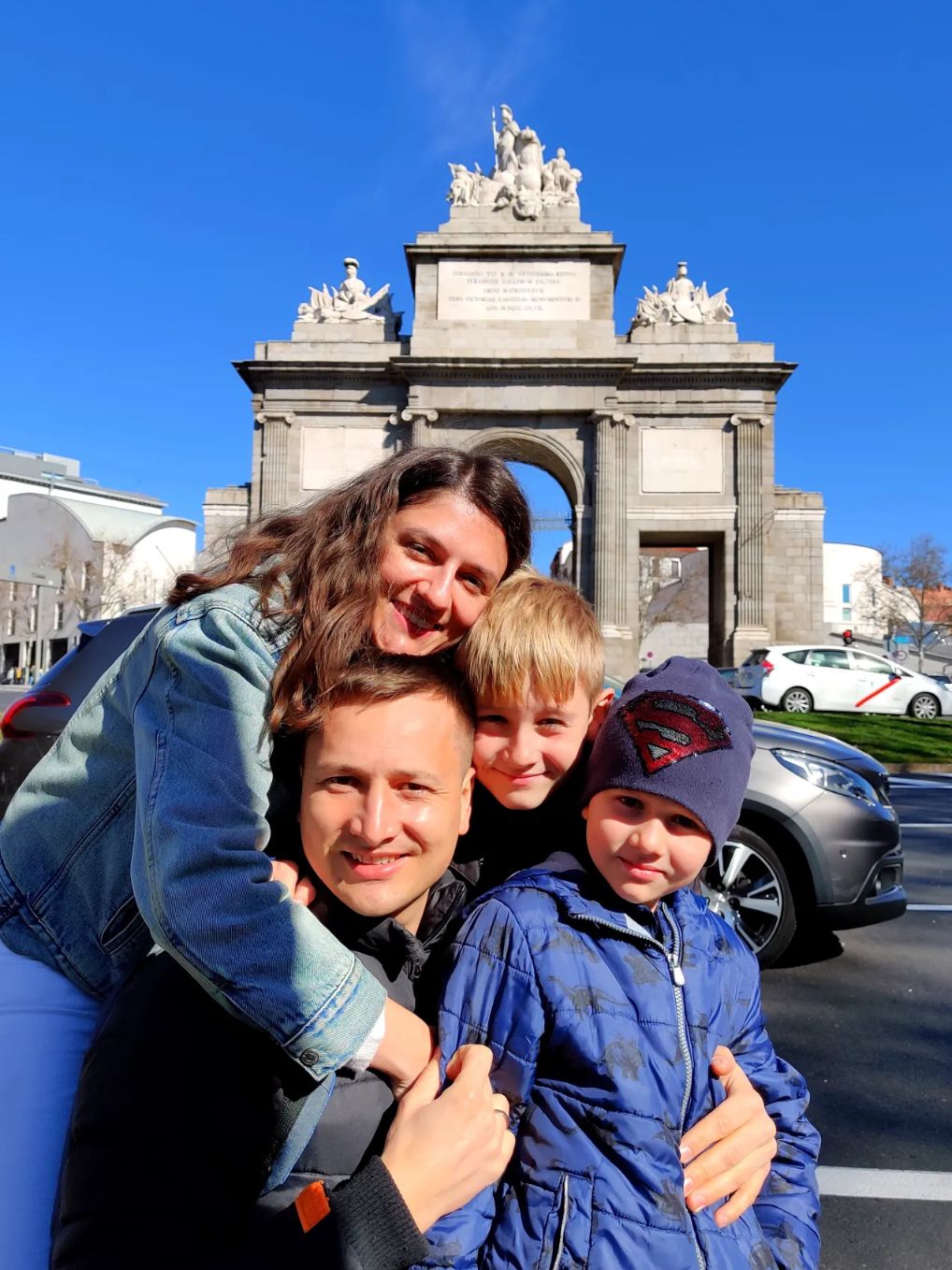
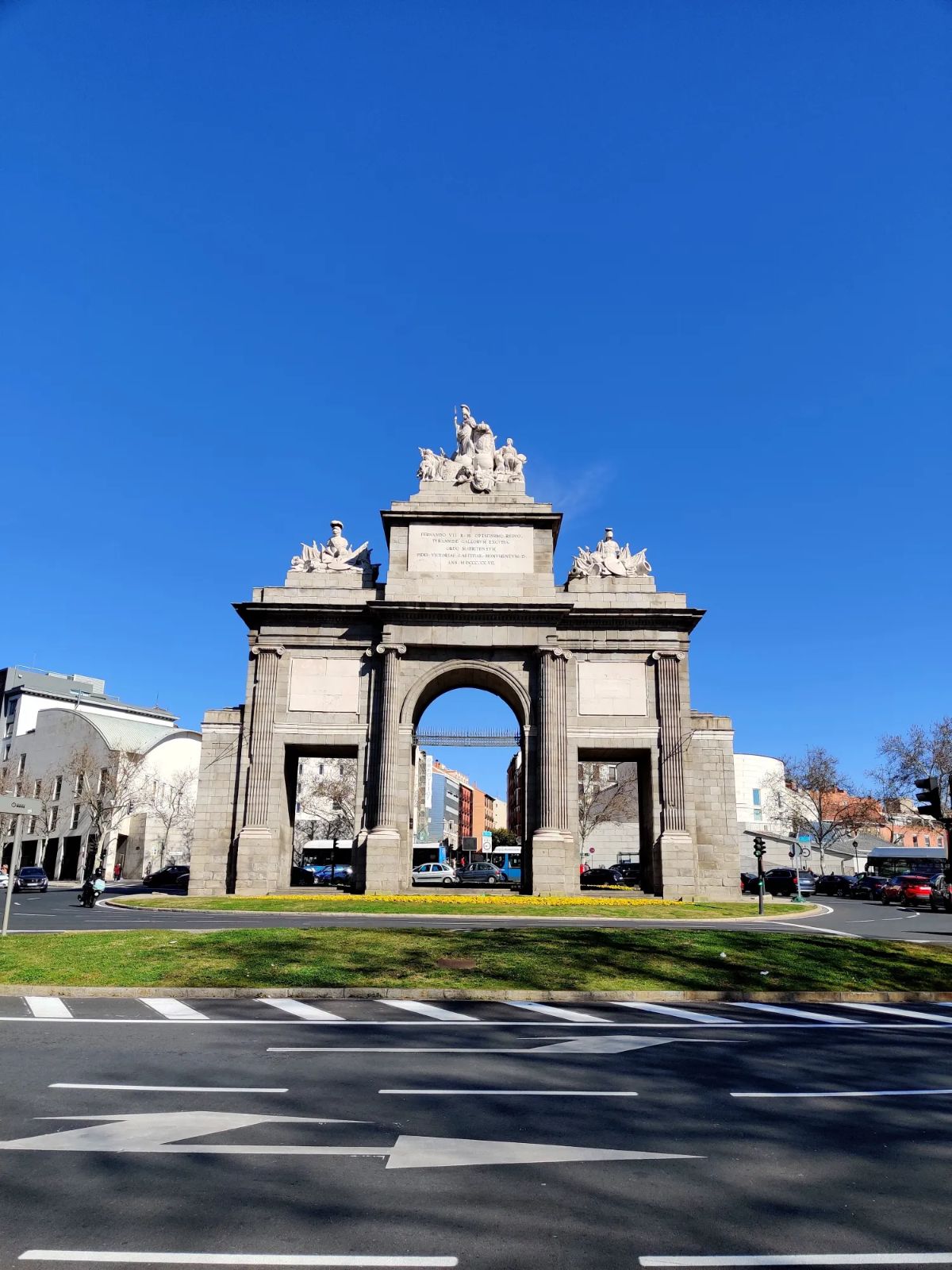
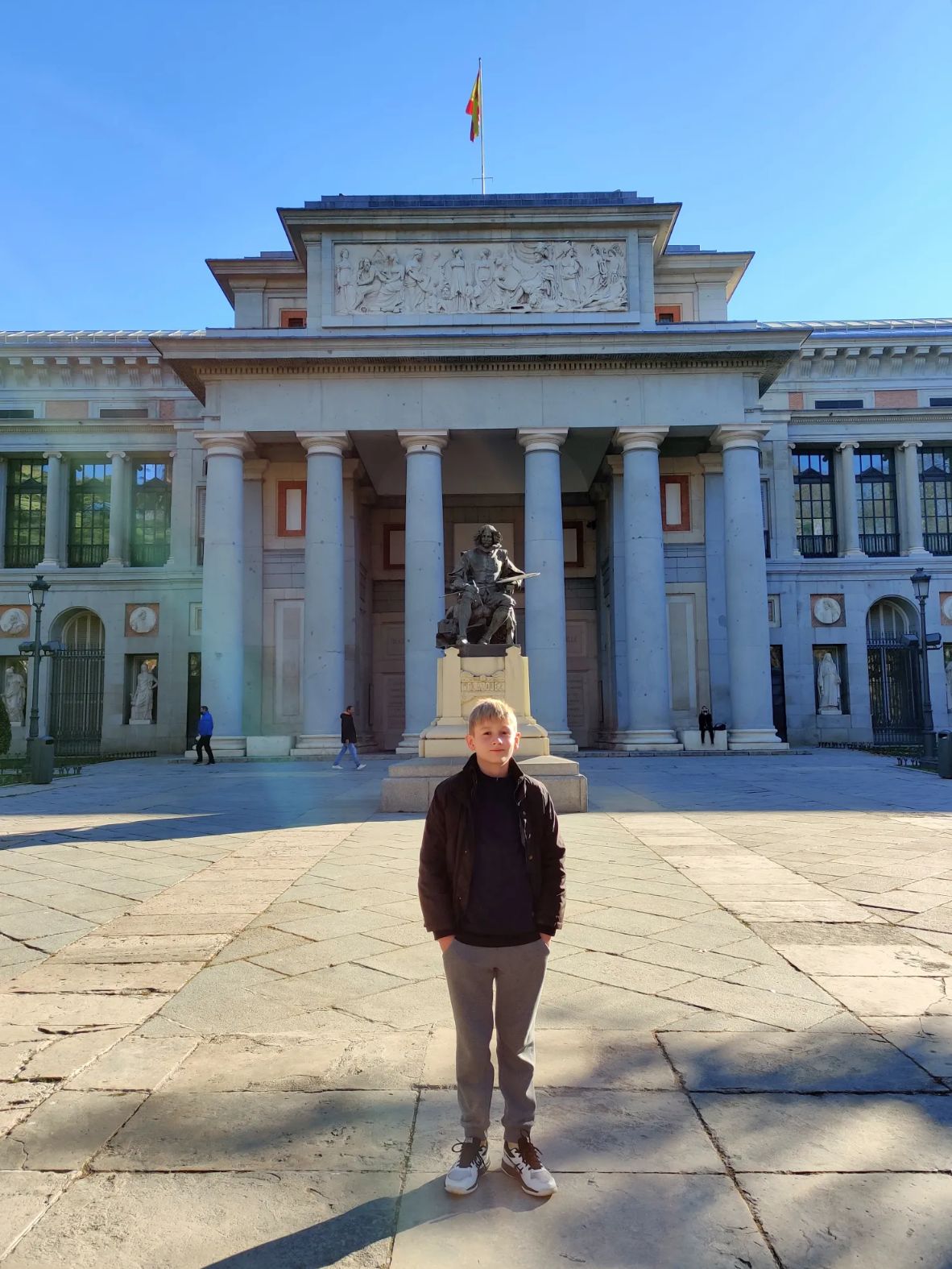
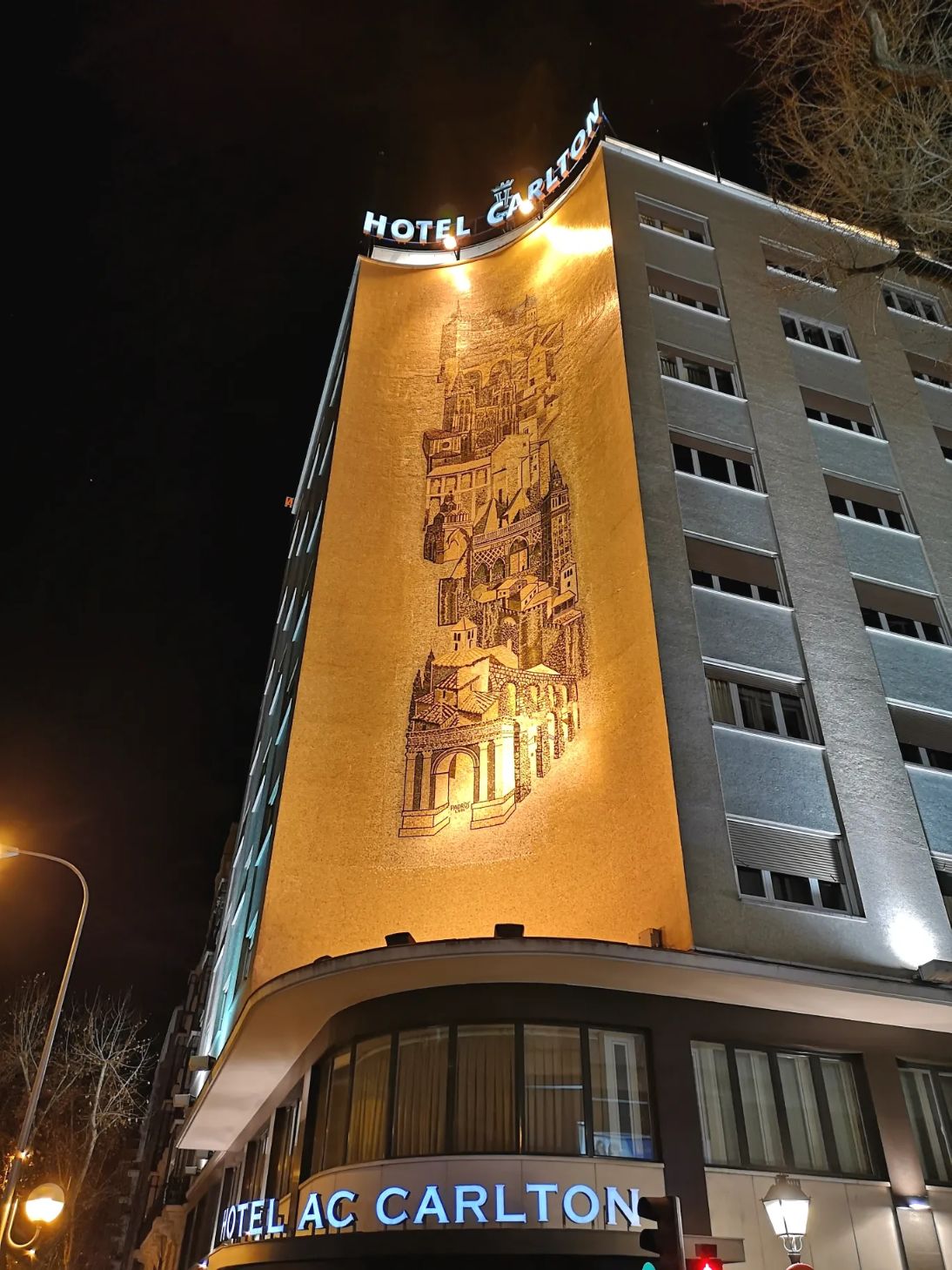
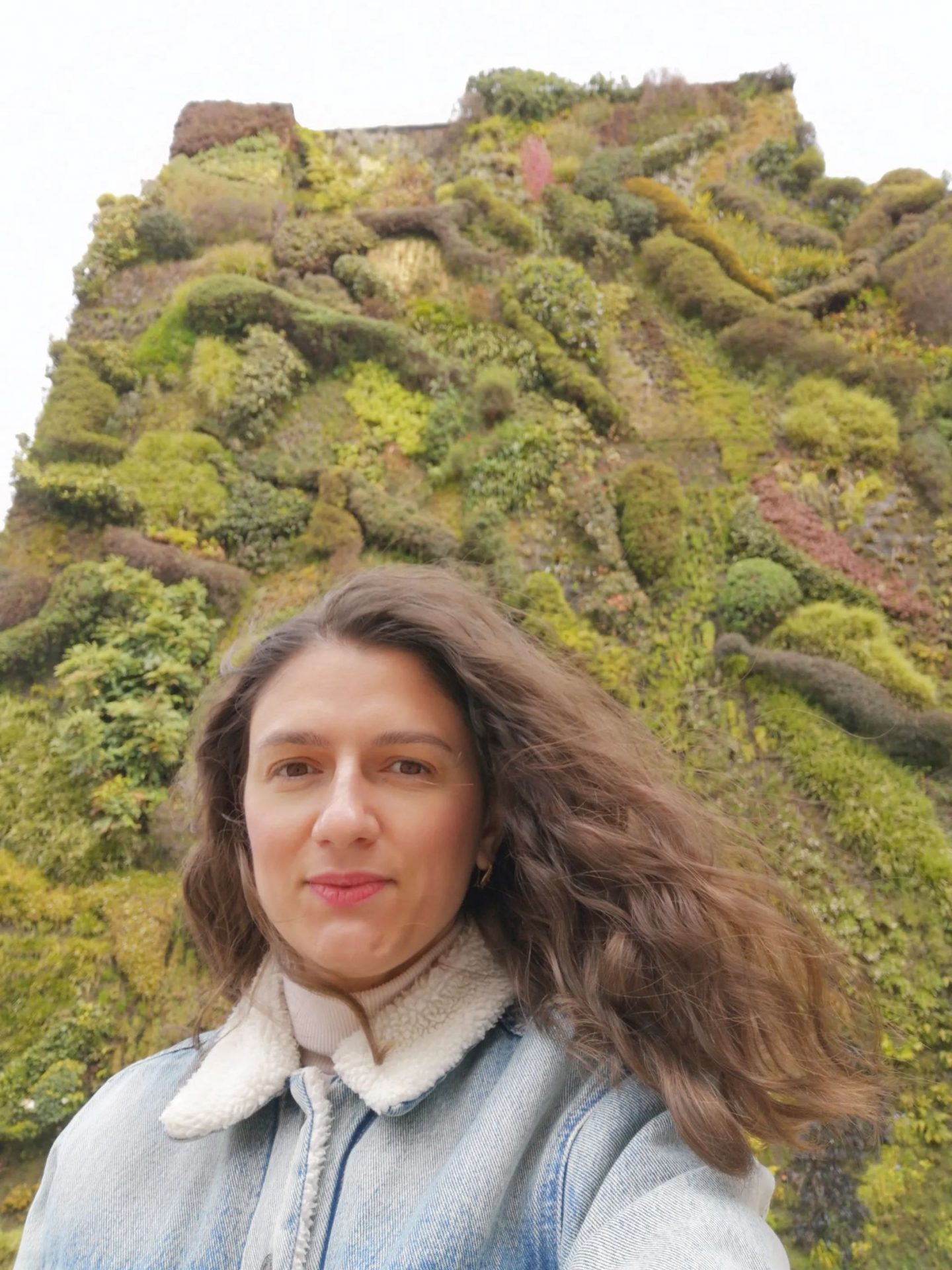
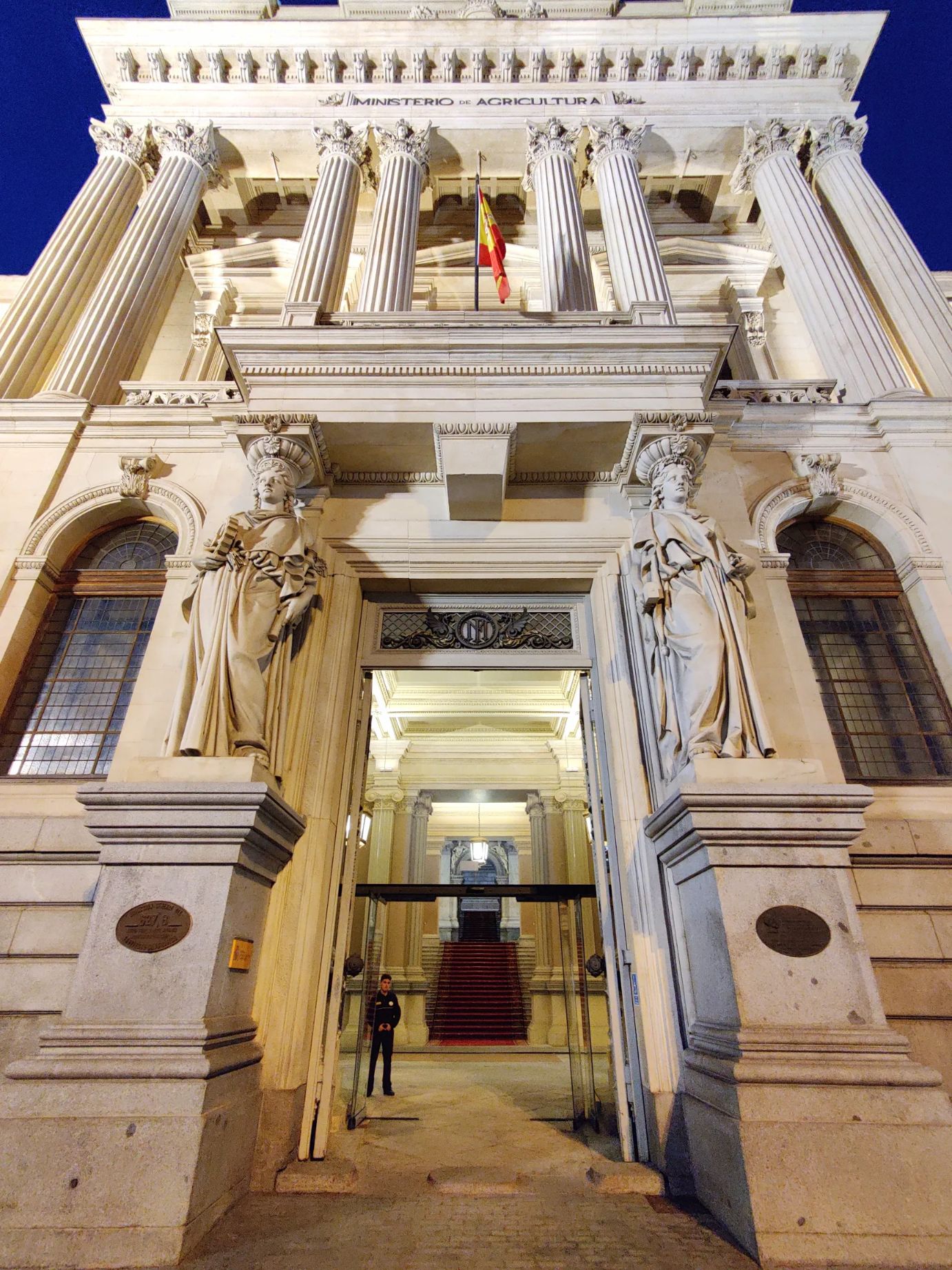
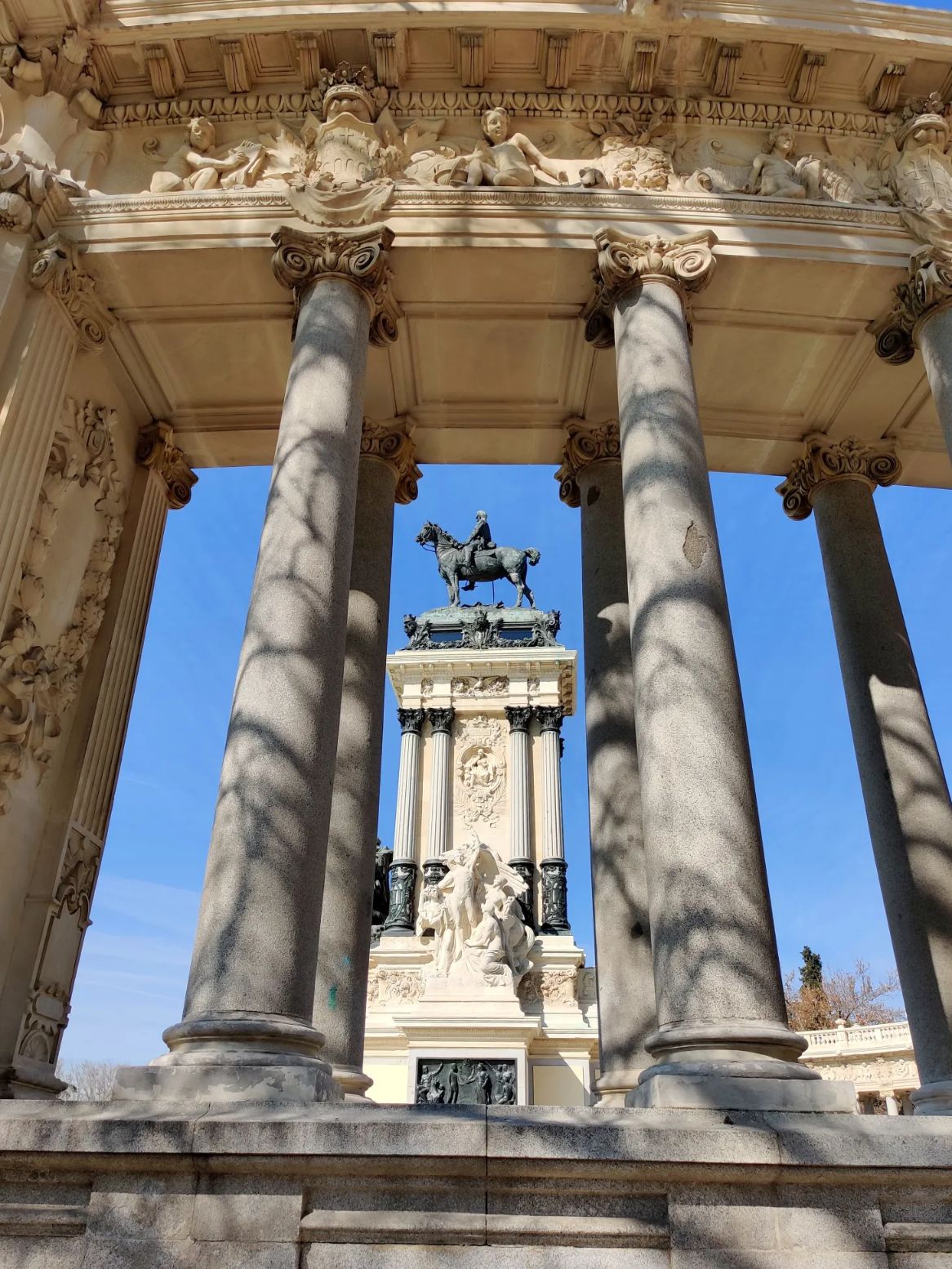
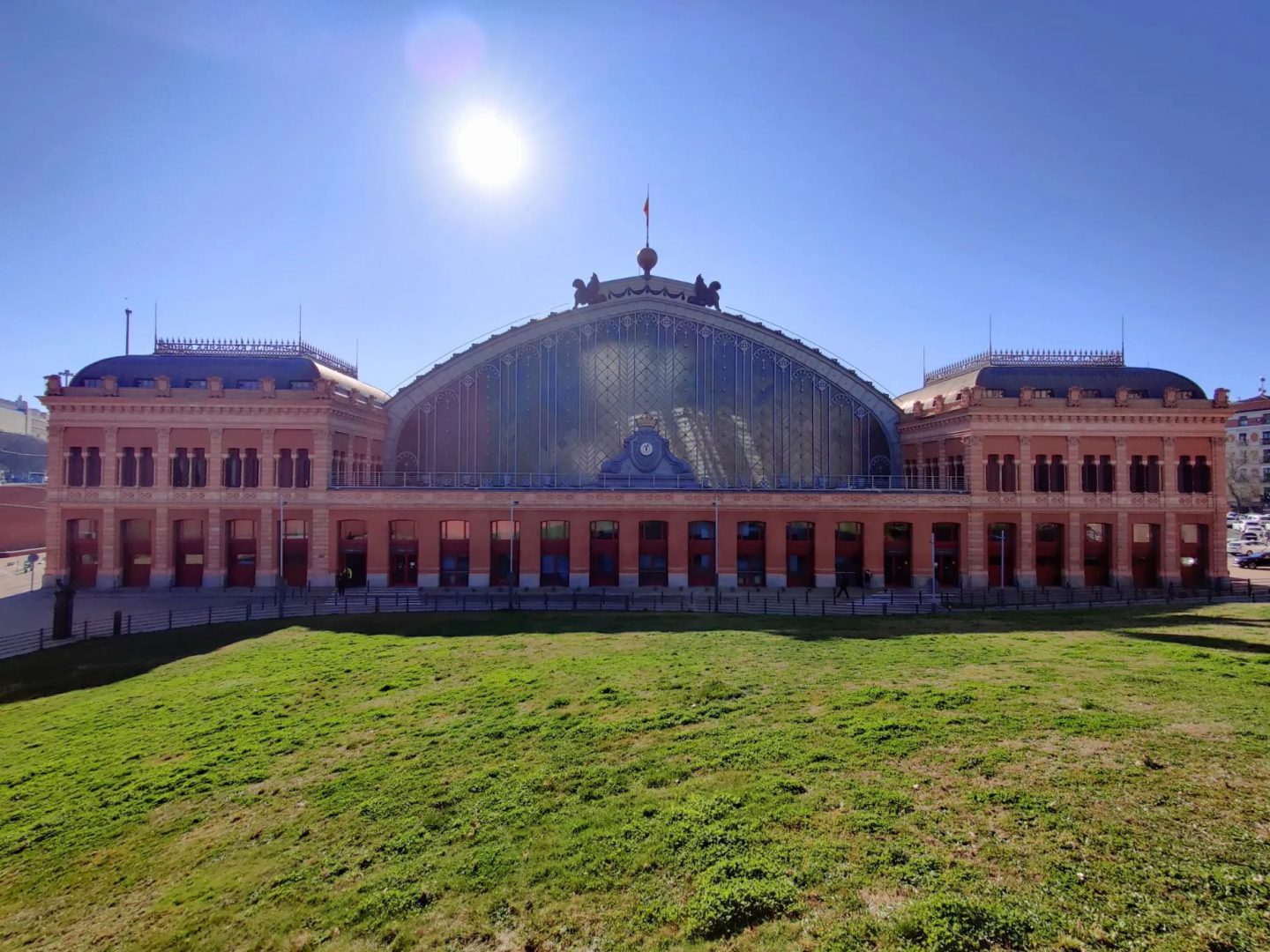
On our way back we took our luggages and went back to Barcelona.
IF YOU ARE PLANNING A TRIP TO MADRID OR YOU ARE TRAVELLING NOW IN MADRID, I HOPE OUR 4 DAYS IN MADRID ITINERARY WILL HELP YOU AND INSPIRE YOU.
